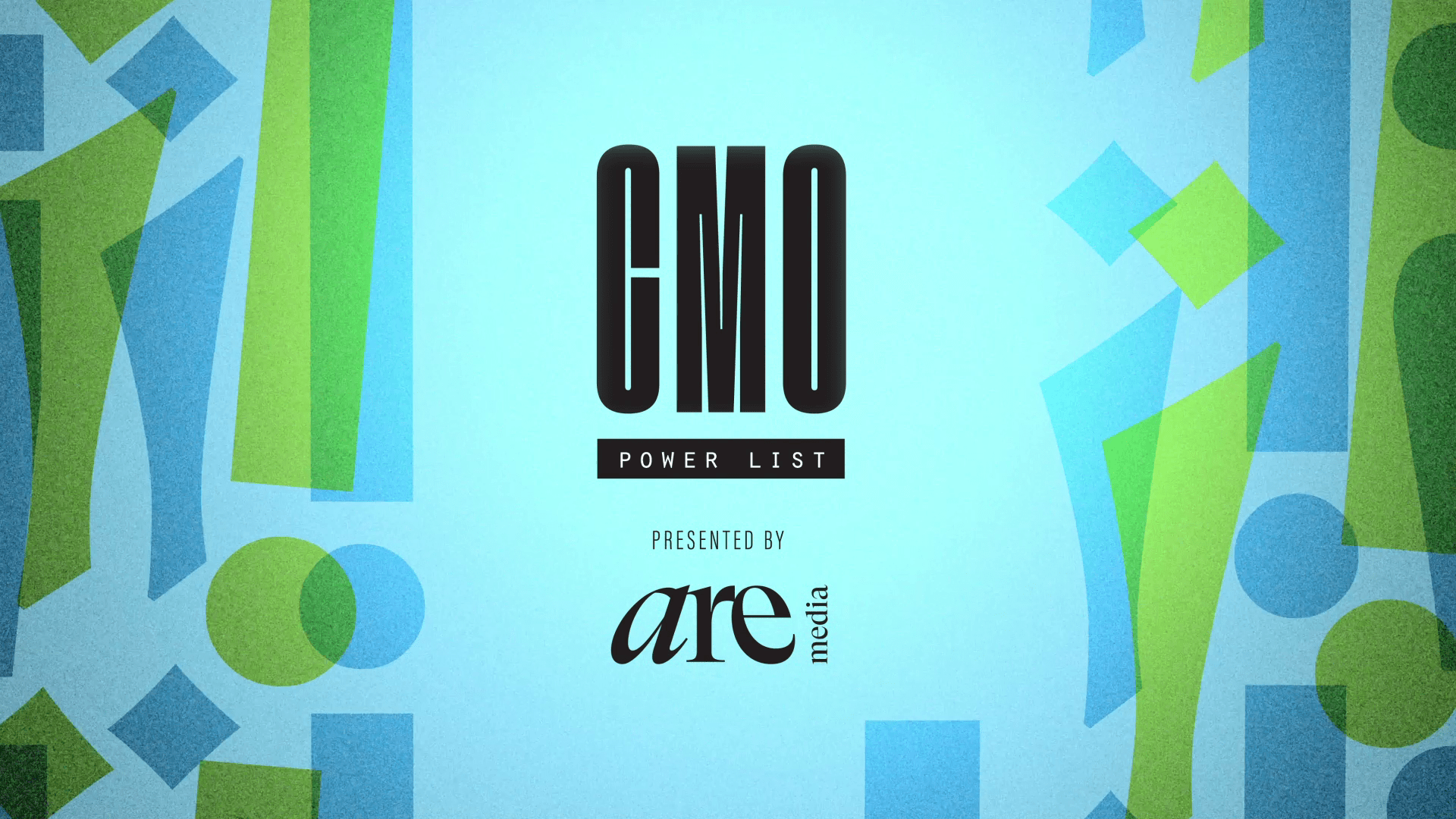
What's it take to be a modern marketer in this age of data, tech stacks, customer disloyalty, demanding ROIs, inimical C-suites, short tenures and, not to mention, a good dose of a certain global pandemic?
Intrigued to know the answer, B&T, with the help from our good friends at Are Media, has assembled 20 of the best marketers in the land to find the 'secret sauce' to marketing success in 2022. We've managed to assemble an eclectic bunch of marketers who, we think you'll agree, are at the top of their game in the Australian media landscape, all with their own unique problems and innovative solutions. B&T hopes you enjoy the musings of the assembled throng and, as a special surprise, we've even included your People's Choice winner at the very end - the marketer B&T readers voted deserving of selection in the list based on innovative campaigns and strategies that catch the eye and have delivered results. As Australia’s leading content company for women, Are Media oversaw the creative and art direction for the all the photoshoots. Our fabulous line-up of marketers were glammed, interviewed and photographed all within the comfort of Are Media’s in-house studios (look out for some videos of the shoots coming soon!) And a huge thank you too to all the marketers who donated their valuable time and divulged such incredible insights...

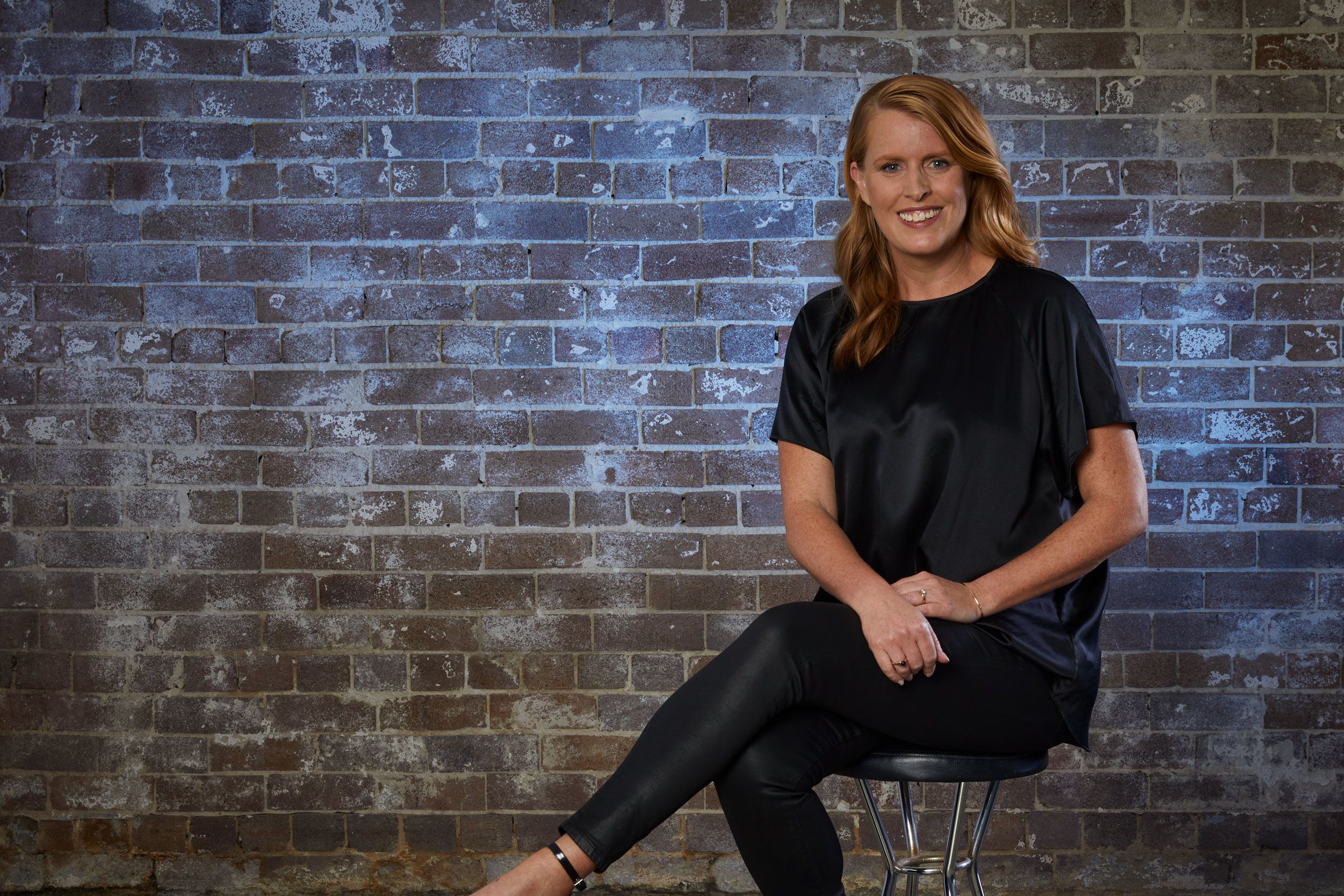

Want to know the secret to a good marketer? Well, according to KFC’s CMO, Kristi Woolrych, it’s a helluva lot more than just problem solving.
A great - not merely good - marketer not only solves problems but “uncovers new opportunities and creates the future!”
Bold stuff! Woolrych adds: “[Great marketers] are curious, intuitive and think holistically about what’s going on, which allows them to draw out insights that others might miss.”
Like many marketers, Woolrych started agency side - a work experience stint at Clems Brisbane in her first year of uni.
“For me, it’s never been about a title,” she says of her career journey. “I’ve always believed in following my heart and going as far as my career could take me. When I started that first job at the agency, my biggest ambition was to learn new things and have fun. That thinking remains today.”
For Woolrych, too many marketers focus on cost and efficiency when, she argues, the secret to marketing is investing in growth.
“To fully realise the value of marketing in an organisation, you need to embrace a growth mindset and be prepared to take some calculated risks,” Woolrych says. “And that’s a way more exciting proposition for attracting new talent into the industry.”
“For me, it’s less about the channel and more about being super clear around your brand and the outcomes you want to achieve. When you get this right, you can make nearly any channel work for you.”
As has been overly documented, today’s marketers are often bombarded with new technology and are either too confused by it, or too scared to commit to it, for fear of missing the “next big thing”.
To that, Woolrych offers this sage advice: “The best advice I ever received from my friends in IT was to focus on how the process needs to change, not how the tech is changing.
“The tech is just the enabler, but the real gold comes from reimagining the experience we want to deliver – and, as a marketer, that’s much easier for me to lean into than all the technology jargon out there.”
And KFC’s best marketing tool? Woolrych says it’s simple maths for the fast food brand - “Nothing beats the joy of that first bite of Kentucky Fried Chicken!”
“We’re actually really lucky to have a range of channels that work for KFC, including PR, social, TV/VOD, OOH, sponsorships, print, CRM and digital activity.
“For me, it’s less about the channel and more about being super clear around your brand and the outcomes you want to achieve. When you get this right, you can make nearly any channel work for you,” she says.
And lastly, what does Woolrych think the marketer of the future will look?
“Curious, creative, high EQ, intuitive and courageous,” she says.
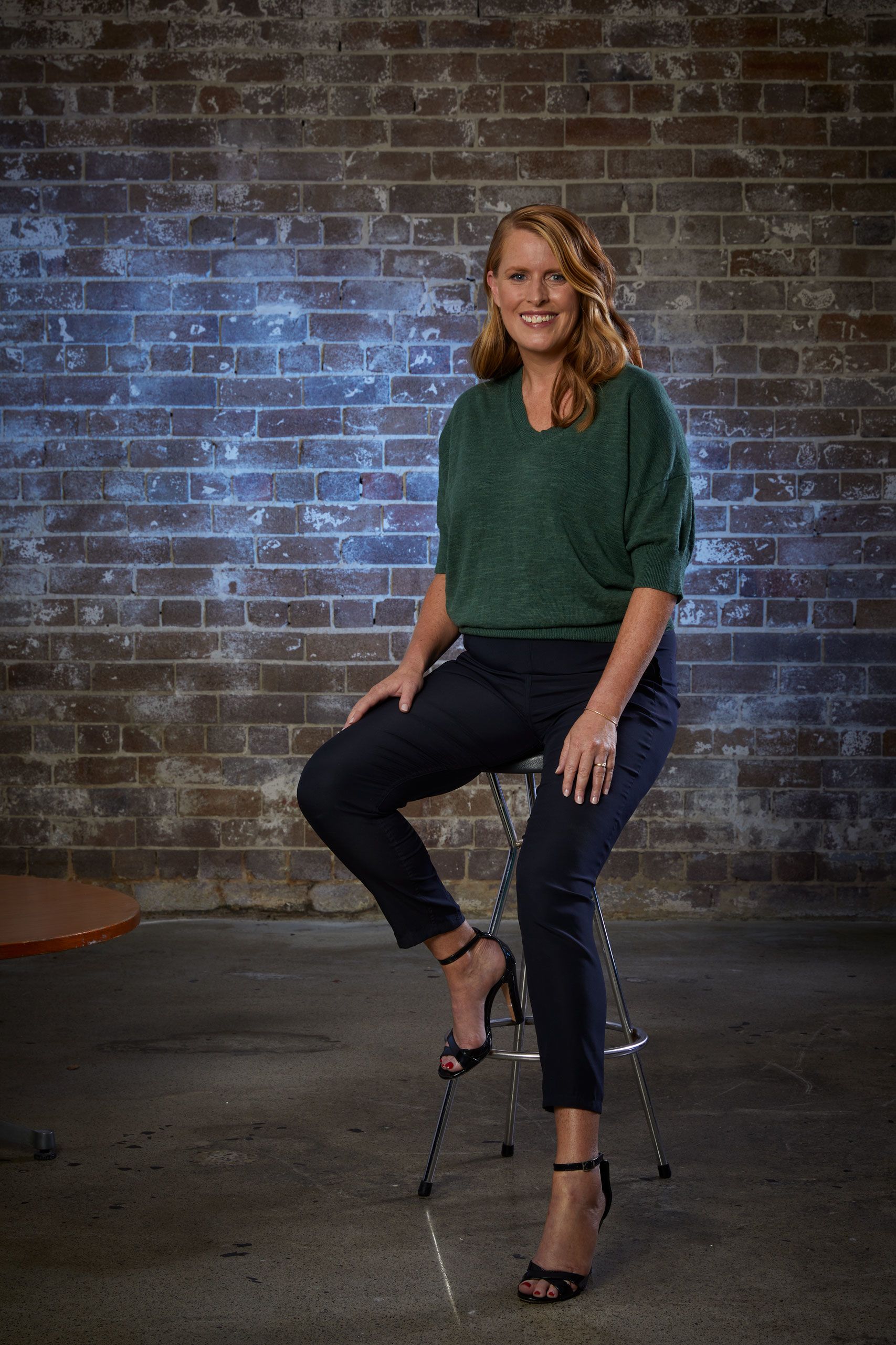
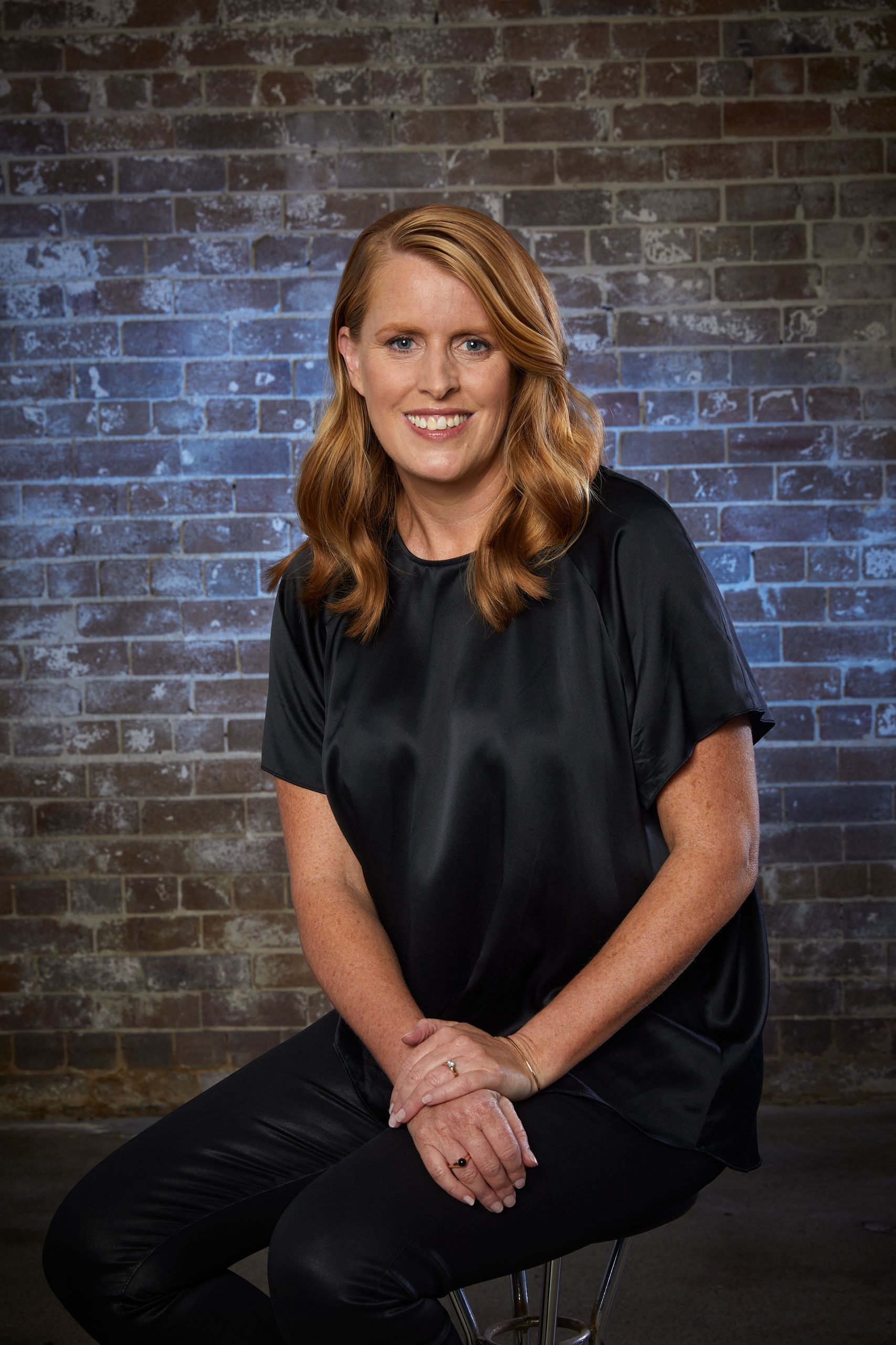



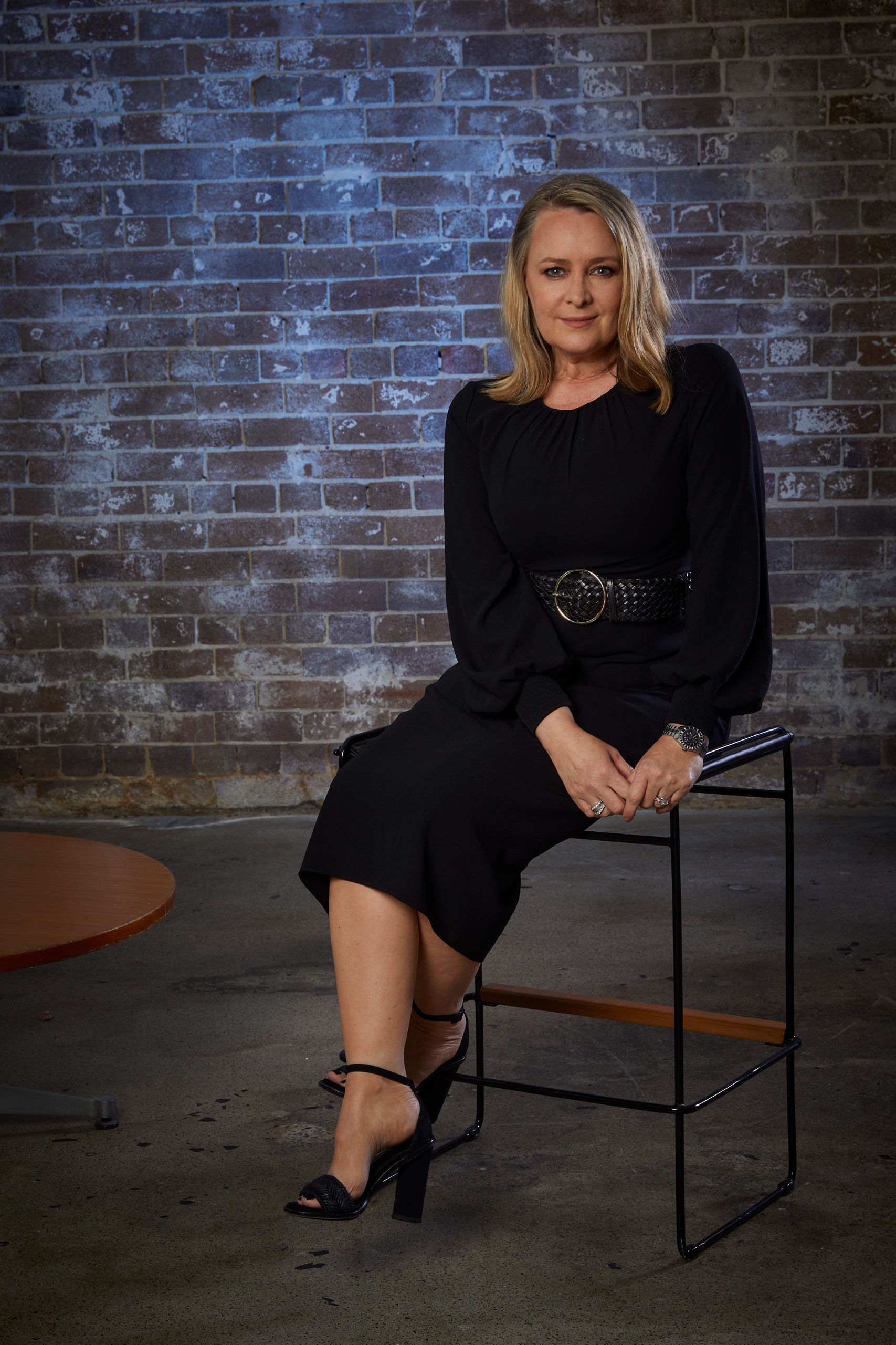

Rugby’s loss is the biscuit world’s gain. As an impressionable 15-year-old, Jenni Dill admits her aspirations were anything but marketing. “I wanted to be a physiotherapist, sports medicine doctor and psychologist and wanted to help the Wallabies win World Cups,” Dill regales.
However an oh-so “missed it by that much” TER saw Dill opt for a business degree over her sporting ambitions.
Not, by her own account, there’s a helluva lot of difference. “There are so many similarities [between sports and marketing], from the importance of insights and data, the need to monitor your competition and constantly raising the bar on skills and performance. Marketing is a true team sport!”
Prior to her role at Arnott’s, Dill was CMO of McDonald’s Australia for four years and a marketer at PepsiCo for three. Dill cites Silvia Lagnado (Body Shop), Wendy Clark (dentsu) and Morgan Flatley (McDonald’s global CMO) as her primary marketing role models. “They’re as comfortable in the boardroom as they are on the factory floor or at the agency,” Dill says of the trio.
“Great marketers need great vision and strategy, an innate consumer understanding, excellent execution skills, phenomenal influencing and the ability to deliver results and accountability,” Dill says. “Great marketers make a difference.”
For Dill, the basic fundamentals of marketing never change. “Marketing is still about creating a connection with the consumer,” she says. Yet the way we achieve the goals has. “Every day there’s new tools, methods and platforms and we continue to evolve our approach and engage the consumer. That constant evolution is one of the things I love about marketing.”
“Marketing is still about creating a connection with the consumer.”
So is marketing an art, a science or a hodgepodge both? “It’s impossible to be an expert at everything! Some marketers are more comfortable in the art and others in the science.
“Regardless of your comfort levels, it’s essential to keep learning, being relentlessly curious and perpetually open-minded with a healthy dose of scepticism and grounding perspective.”
The Arnott’s CMO agrees that marketing - like most professions, generally, in this COVID-age - is struggling to attract good talent but offers up a remedy of her own.
“Marketing is often a career people fall into rather than aspire towards,” Dill says. “We need to aspire students and help develop a strong pipeline of the best and brightest talent.
“Marketing in Australia is exciting, with the ability to be at the forefront of the global industry. Marketers with very strong digital and analytic skills are becoming harder to find as demand is growing exponentially. We’re lucky at Arnott’s that we attract the very best,” Dill confides.

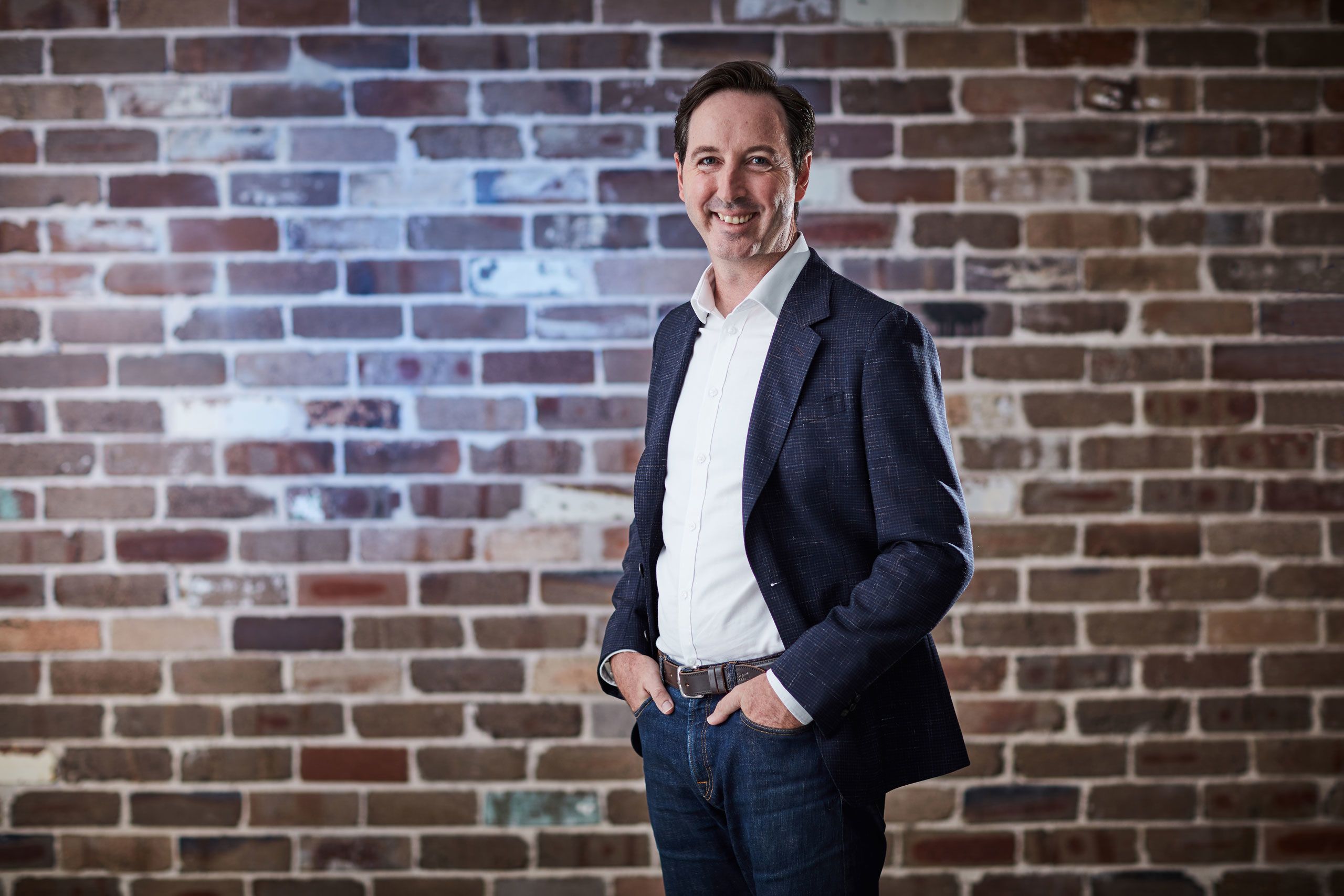

Despite having one of the most coveted - dare we say demanding? - marketing roles in the country, Woolworth’s CMO Andrew Hicks concedes his career could’ve veered down a wholly other creative path.
Despite a degree in marketing and psychology, a love of TV ads had a young Hicks, at one stage, contemplating a career as an advertising copywriter!
“Growing up, I was one of those rare individuals that enjoyed watching the ads more than the TV programs,” he tells B&T. “I loved the storytelling in ads; how it could connect with you and move you. I actually went back and studied advertising and copywriting for two years.”
However, marketing ultimately won the day and after a four-year stint at Dan Murphy’s, Hicks has now been with the Woolies Group for a decade, just shy of three of those as its CMO.
And Hicks says great marketers have a lot in common with great ad people - creative thinking, problem solving, empathy, an ability to look at problems through a different lens and then deliver often unusual and remarkable solutions.
“I loved the storytelling in ads; how it could connect with you and move you. I actually went back and studied advertising and copywriting for two years.”
When pressed, Hicks reveals his most admired brand is outdoor outfitter, Patagonia. “It’s an unbelievable brand,” he says, “it’s so profound and clear in what it stands for. It’s done that for decades, it has this wonderful sense of community and it’s just so honest and sincere. And when it makes a mistake, it admits it made a mistake.”
So how keen an eye does Hicks keep on his high spending (Coles), and highly disruptive (ALDI) competitors?
“Obviously you have to,” he reveals. “Our perspective is always be aware what the competition is doing but in terms of how it’s affecting our customers. Our focus is always on the Woolworths customer, not the competition. But you can always learn from anyone, including your competitors.
“Most marketers would admit to having once said, ‘I wish I’d done that.' And that thinking should be embraced, we should keep learning, keep doing things differently. Everyone should be trying to lift the benchmark, set a new benchmark with the marketing efforts that we have.”
Lastly, what did Hicks make of the famous loo roll fist fight in the Woolies aisle (at the height of COVID); footage of which went global?
“That wasn’t about toilet paper, that was about continuity of supply, the needs around security, confidence and faith in the brand. It was all about empathy for us, communicating to our customers that we know it was a difficult time, a confusing time, it was the unknown.
“We are collectively facing something that we haven’t been through before and our response was to be there for our customers on an emotional level. It was about being transparent and having to say that we don’t have all the answers, while giving confidence and a sense of calm,” he says.
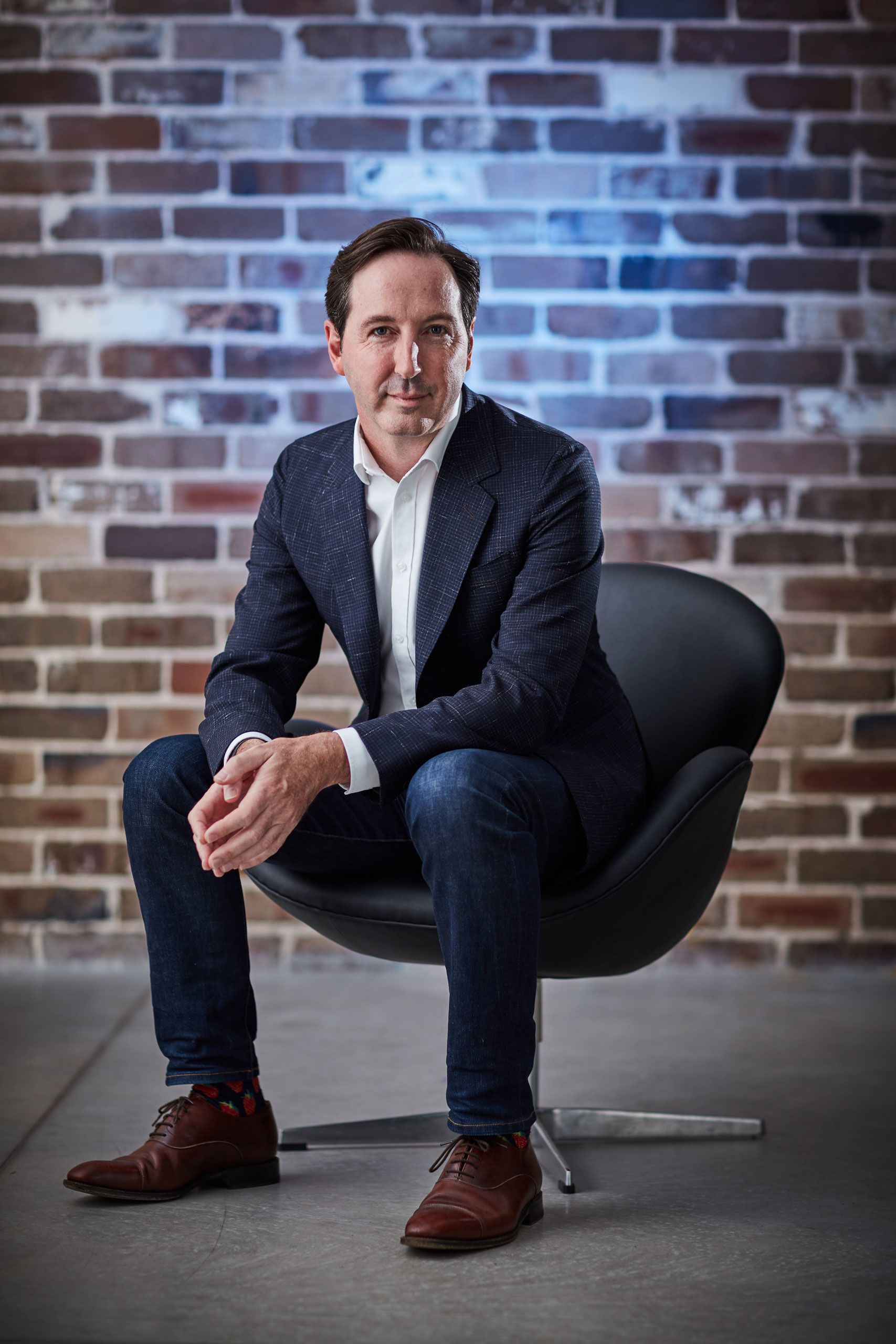
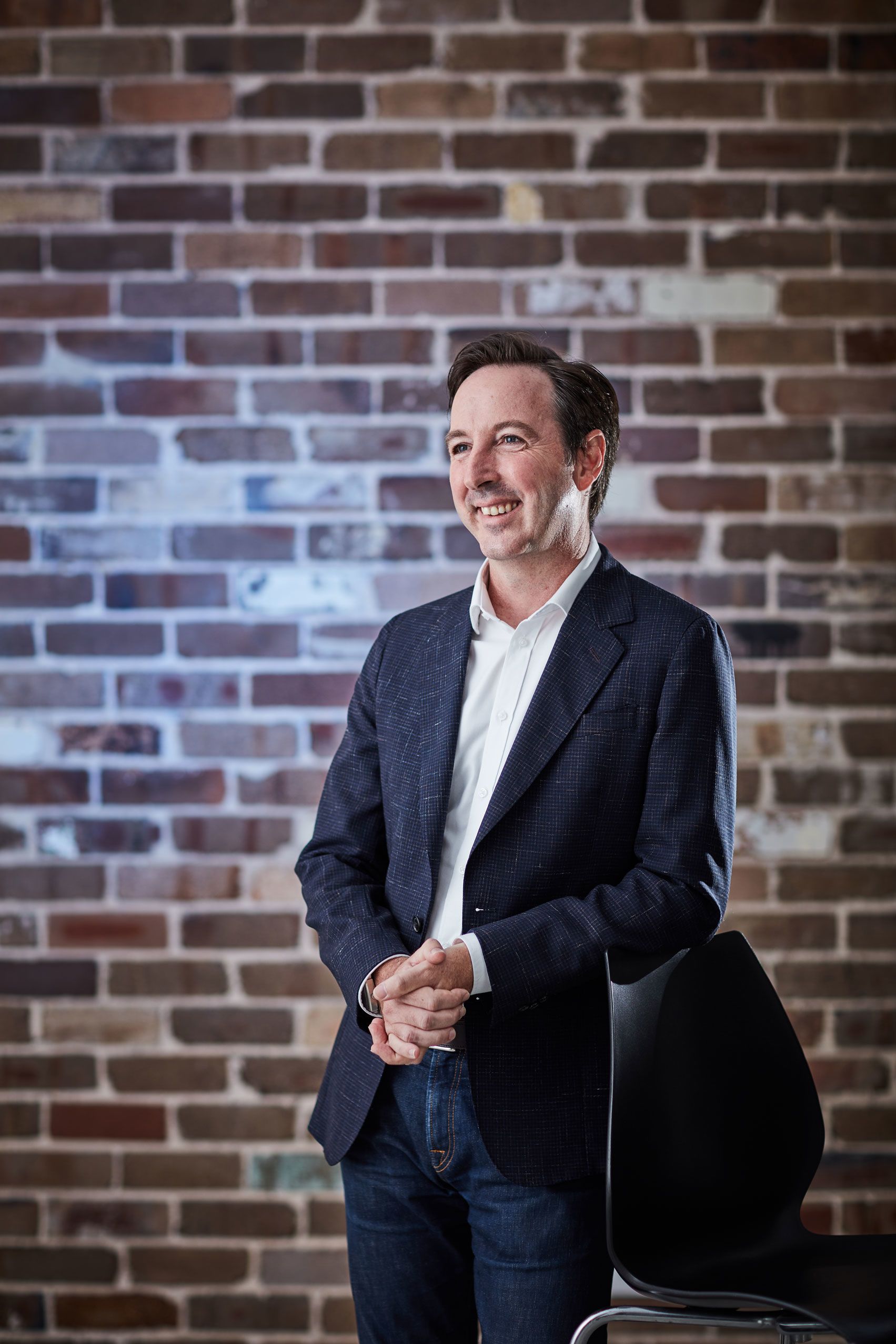

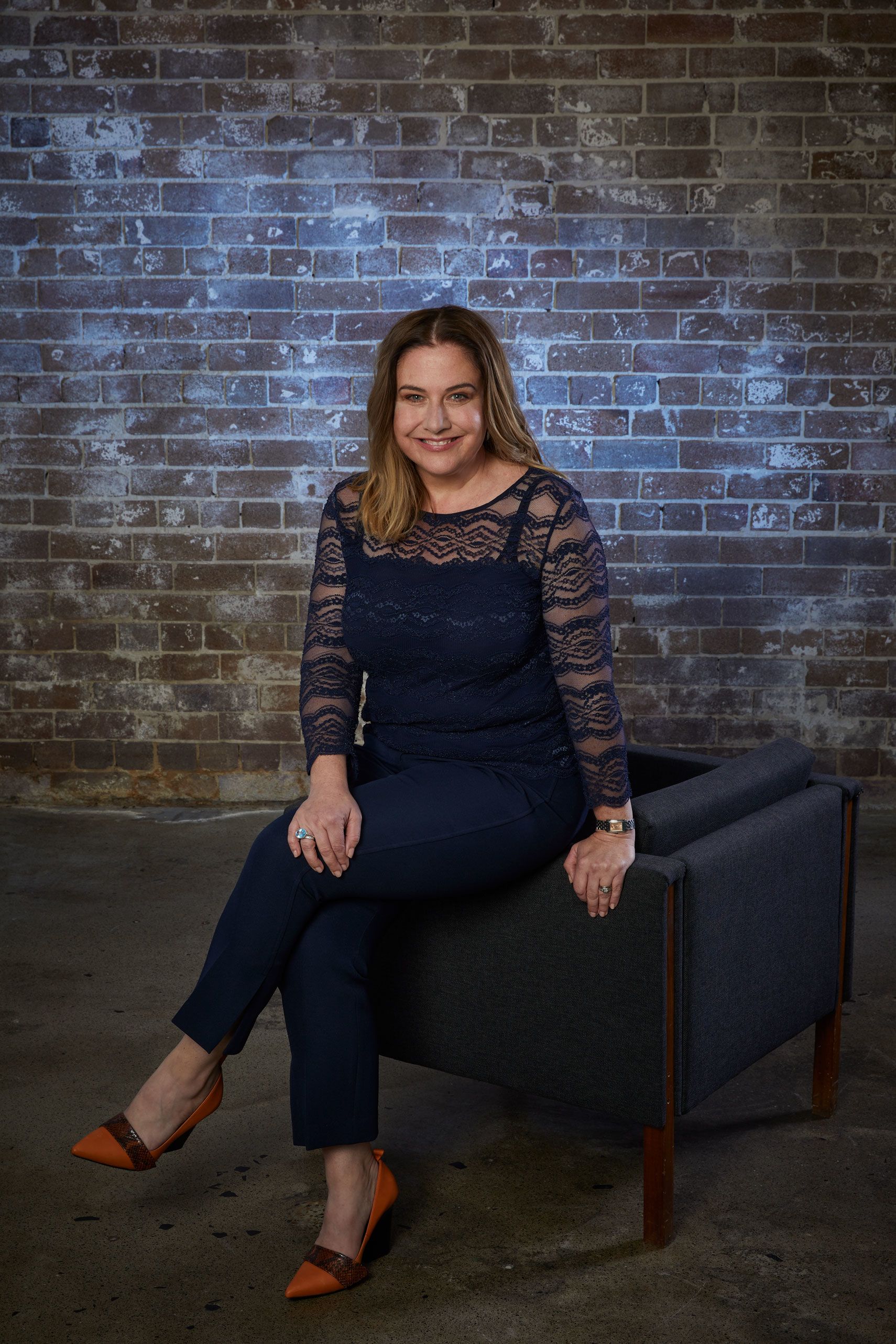
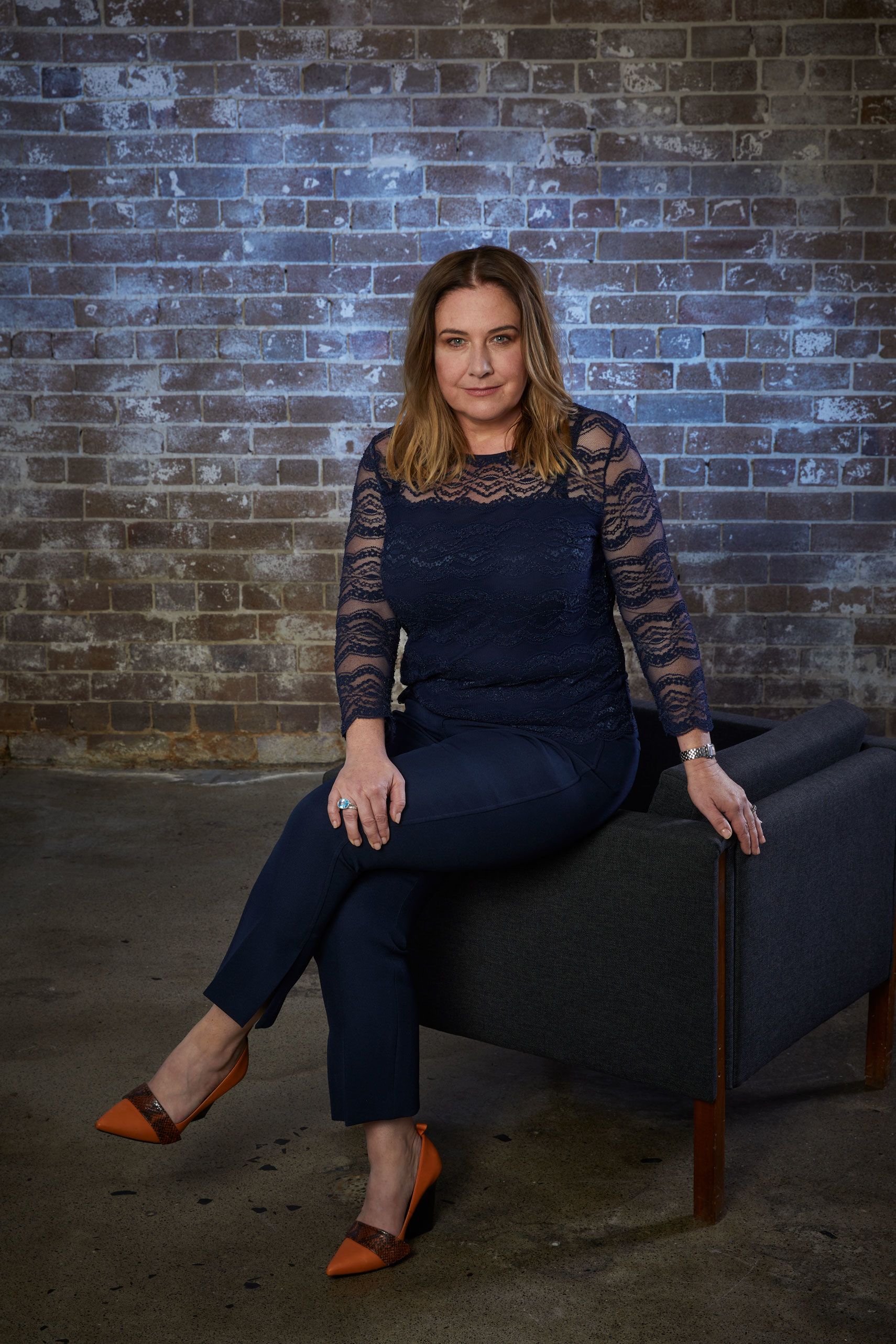


“I don’t think I even knew what a CMO was when I first started working,” reveals Optus' Mel Hopkins, now regarded as one of Australia’s premier CMOs.
Rather her original career plan was something in the “television, producing and documentary” space. Stranger still, what led Hopkins to agency land - a senior role at Publicis London - was soon overshadowed by wanting to work client side.
“I loved the agency side, but I was frustrated not owning the brand end-to-end,” she says before making the move to Vodafone in 2010.
However, Hopkins stresses that advertising and being a marketer aren’t that far removed.
“I think that marketing often has been seen as advertising,” Hopkins says. “And, you know, I also believe that advertising equals commerce.
“If you’re not getting a commercial outcome from what you're doing, then it’s not worth doing - full stop!
“And that doesn't mean you can't be creative. But I think that marketing started always more as advertising – the role of it was to sell something. I think we went through a period where we sort of forgot that for a while, and I think what successful marketers now realise is that is the reason why marketing exists,” Hopkins says.
“If you’re not getting a commercial outcome from what you're doing, then it’s not worth doing - full stop!
Interestingly, Hopkins favourite marketers aren’t even marketers at all.
When asked for her top picks she cites Steve Jobs and, yes, Oprah!
Hopkins explains: “The reason that I've called them out is I often think the best marketers aren't what you'd call traditional marketers but, at their heart, they're about brand building, and I think that's very much what Steve did in the outset. I think Oprah has built a brand in a community that people follow.
“Another individual would be Marc Andreessen or Ben Horowitz from the fabulous VC Andreessen Horowitz that sets up and builds businesses and brands every day. I learn more from those individuals than any traditional marketers.”
But traditional marketing still works for Optus and Hopkins. Her favourite, preferred channel remains free-to-air TV.
“If you're talking to the constant through our entire period and where we've existed, I'd say it's TV,” Hopkins says of the channel that works best for her brand. “Now that's obviously evolved now and is more screen – BVOD, YouTube and social video – but I would say that that has consistently worked for us as a business.”
And lastly, what does Optus look for when adding an agency to its roster?
“No bullshit,” she says, “complete authenticity and commitment to who they are and what they stand for, and the partners that they want to associate with.
“You've got to partner with people that can deliver good work and spectacular strategy. But, at the end of the day, if the chemistry is not right and you don't have shared values, then it's going to fail!”

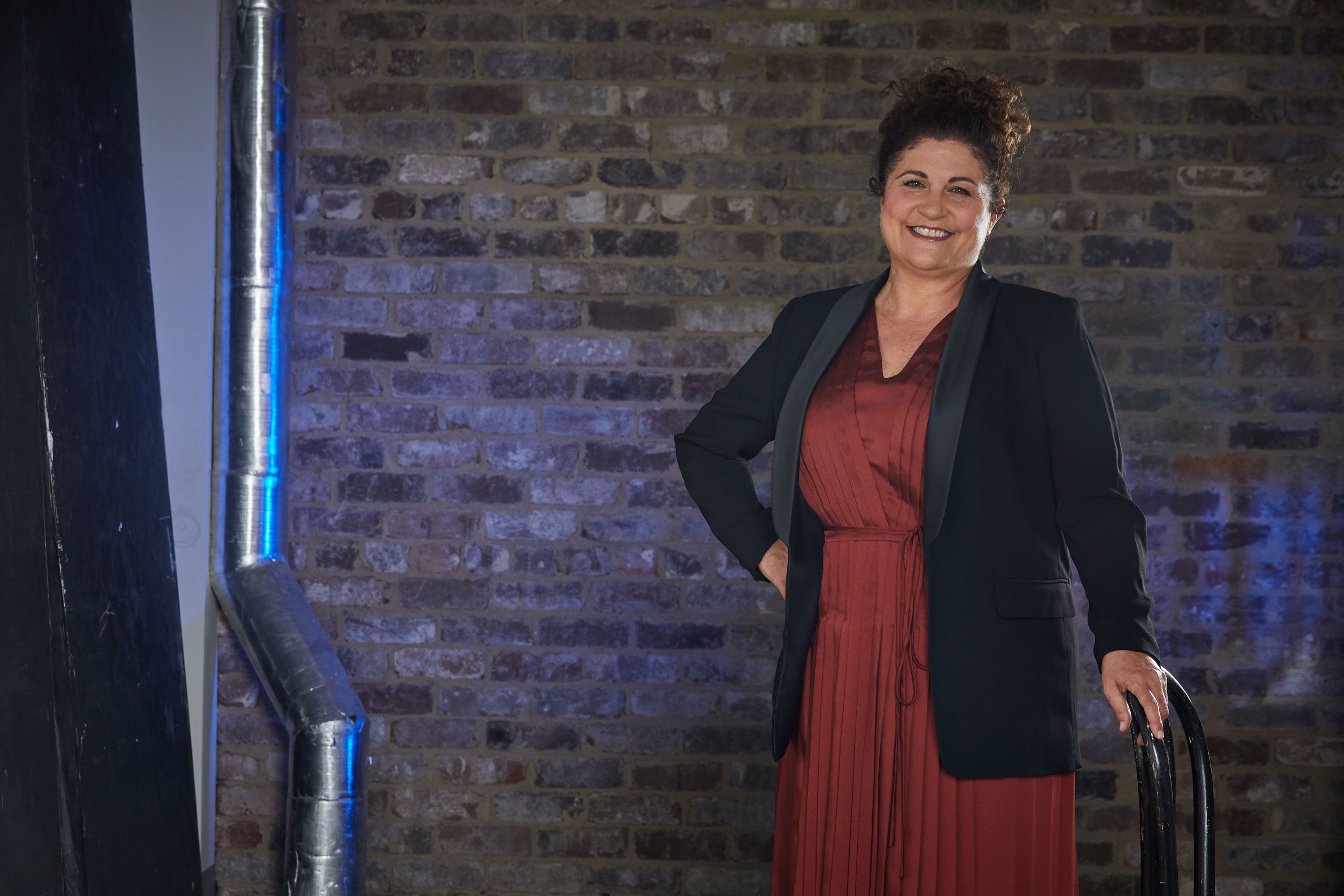

Susan Coghill is the CMO for Tourism Australia. Coghill came to marketing via a long career in creative agencies across the world. Big names like TBWA in Los Angeles and the fabled Campaign Palace here in Australia.
Coghill’s career goals have always been centred around doing great work for brands that she loves and believes in. When she realised she’d have more influence in the process if she was on the client-side of things she moved into marketing. This move has really allowed Coghill to shine and lean into what she’s passionate about. This passion has helped get her through working in travel during the pandemic.
Coghill says: “For a long time I viewed myself as ‘best supporting actress’ rather than ‘best actress’ – really passionate about driving the outcomes, but not putting myself in the spotlight.
“It took my then CEO, John O’Sullivan, saying he would absolutely consider me for the role of CMO to force me to reappraise my own ability.”
Truthfully, the idea of Coghill being a support act is laughable. The reality is Coghill has managed to support her team through one of the toughest times ever for the travel industry. Coghill found that the pandemic meant that she, and her team, were churning out more work than ever and working hard to maintain quality.
Coghill adds: ” I am most proud of my team. They are, hands down, the best in the business. They rose to every challenge, every opportunity, and every request to pivot and they did it with smarts, grace and style.
"I am most proud of my team. They are, hands down, the best in the business."
“In responding to the rapidly changing needs of both our domestic and international markets, we have probably produced more campaigns and more work in the last 18 months than we have in the last five years combined, and we have maintained the high quality of work and delivered results for the tourism industry.”
So how does one survive a pandemic and continue to create work? Coghill thinks the answer is simple - go back to basics and don’t overthink it and create a marketing plan. She says: "Diagnosis, strategy, and tactics – as Mark Ritson so eloquently summarises it. There is increasingly more data available to us to help with the diagnosis, and more channels and better technology available to us to help execute our tactics, but the fundamentals of good marketing remain the same.”
It’s also about knowing the avenues that work. Coghill explains: “With a product as beautiful as ours, moving pictures in all its forms! TV, online video, social video, cinema are our bread and butter. Australia is a big, beautiful country with wonderful characters and a way of life that inspires people around the world. We are at our best and most successful when we use the power of video to share our story with potential travellers."
Of course, that doesn’t mean ignoring print. "Print media is absolutely an effective channel, especially when coupled with digital counterparts. Print media lends credibility and heft to a story or to content, that then gets picked up and amplified in digital channels. I think print and digital have a symbiotic relationship,” Coghill says.
Coghill is also hopeful that the pandemic has taught businesses the value in investing in a CMO rather than chopping and changing, “I think more businesses understand the value of marketing now than they did at the start of the pandemic.”
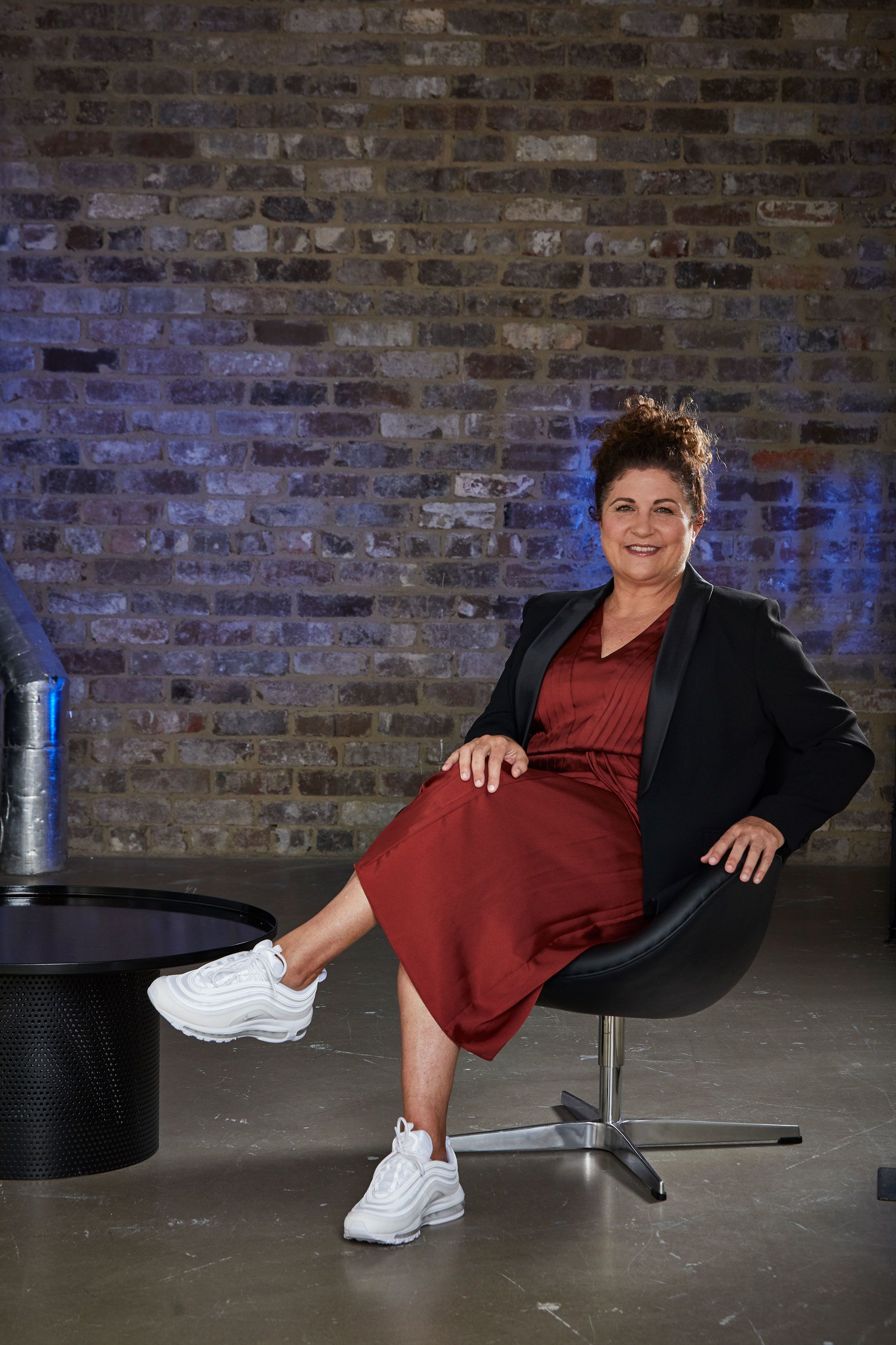
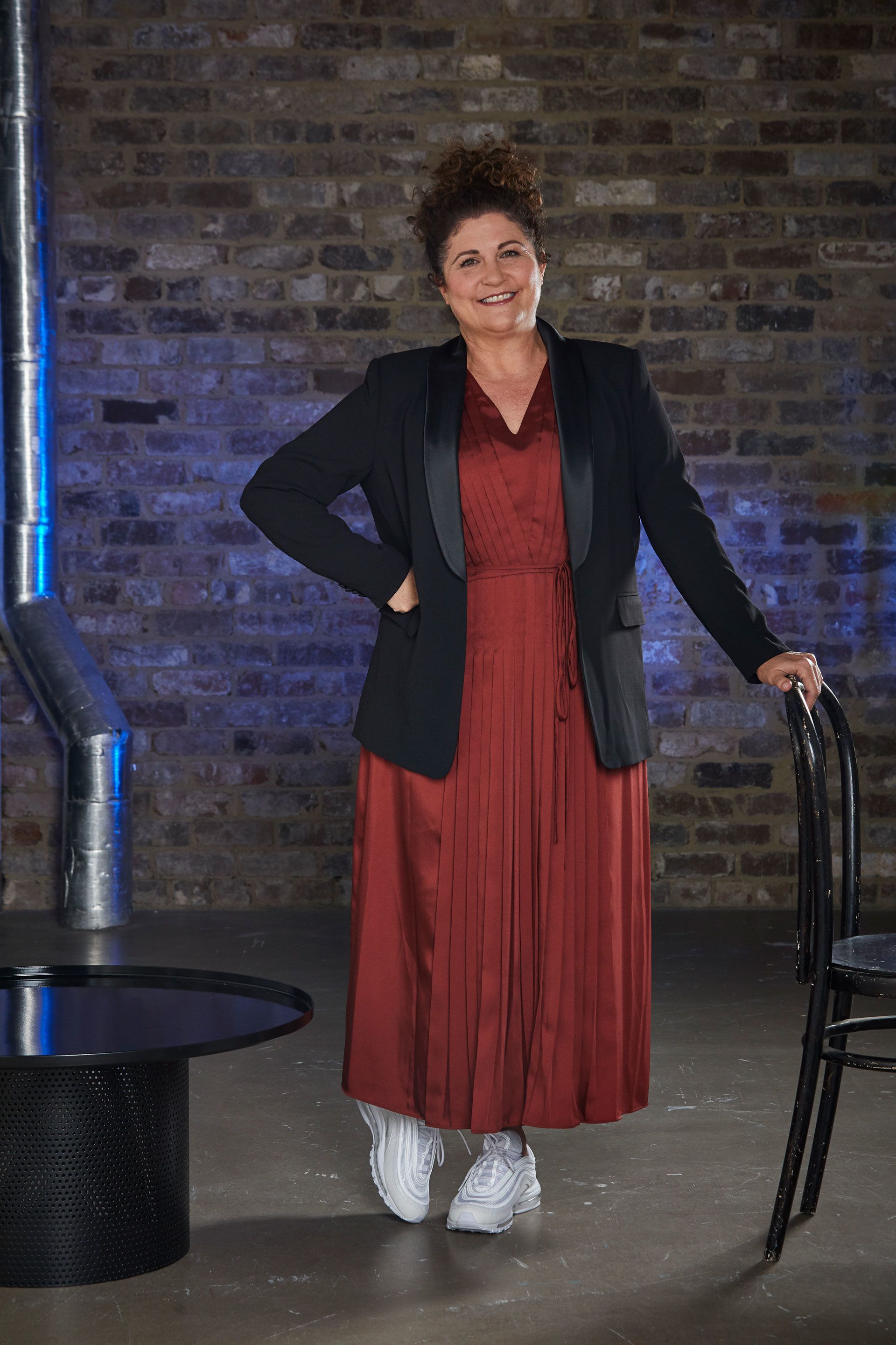

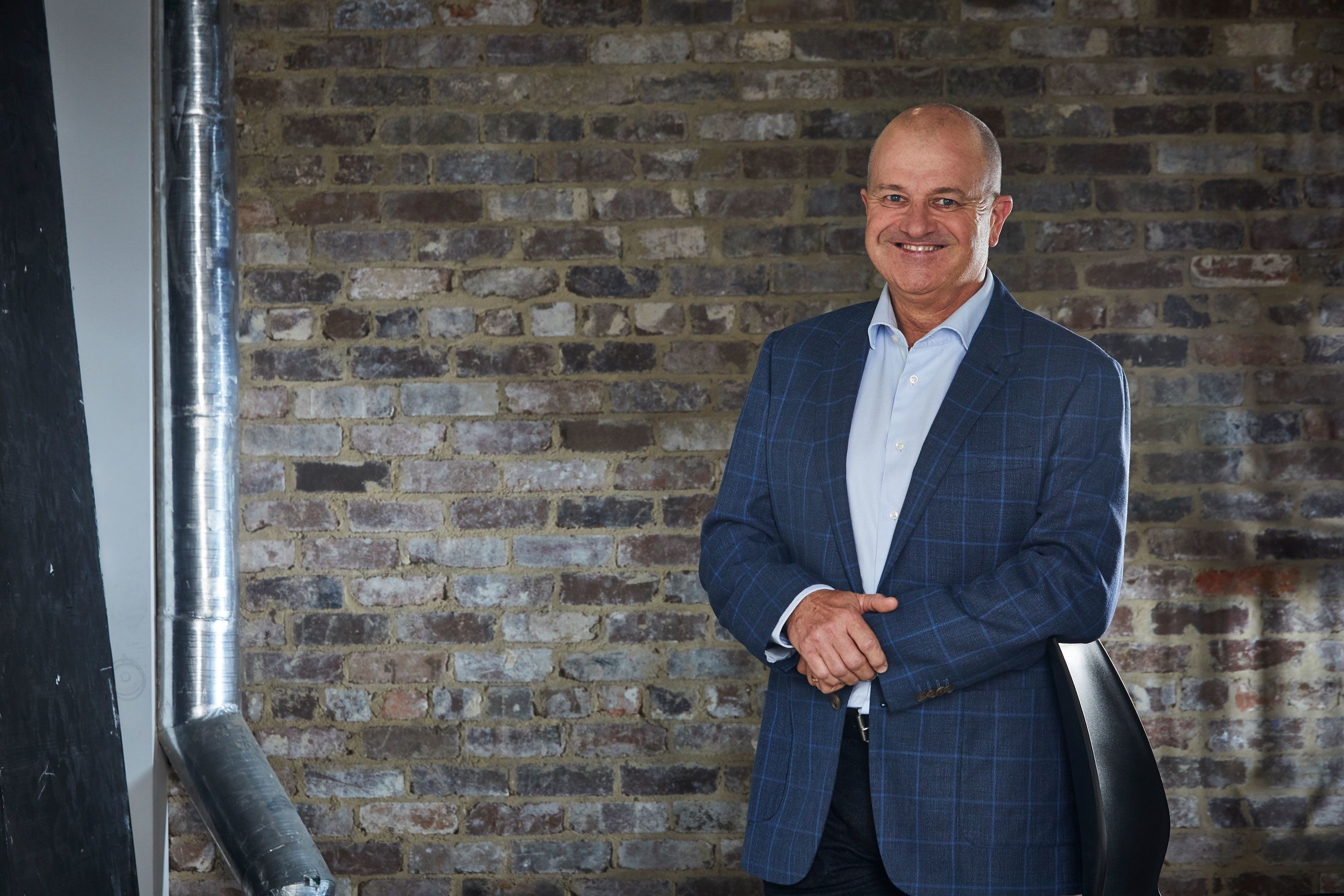

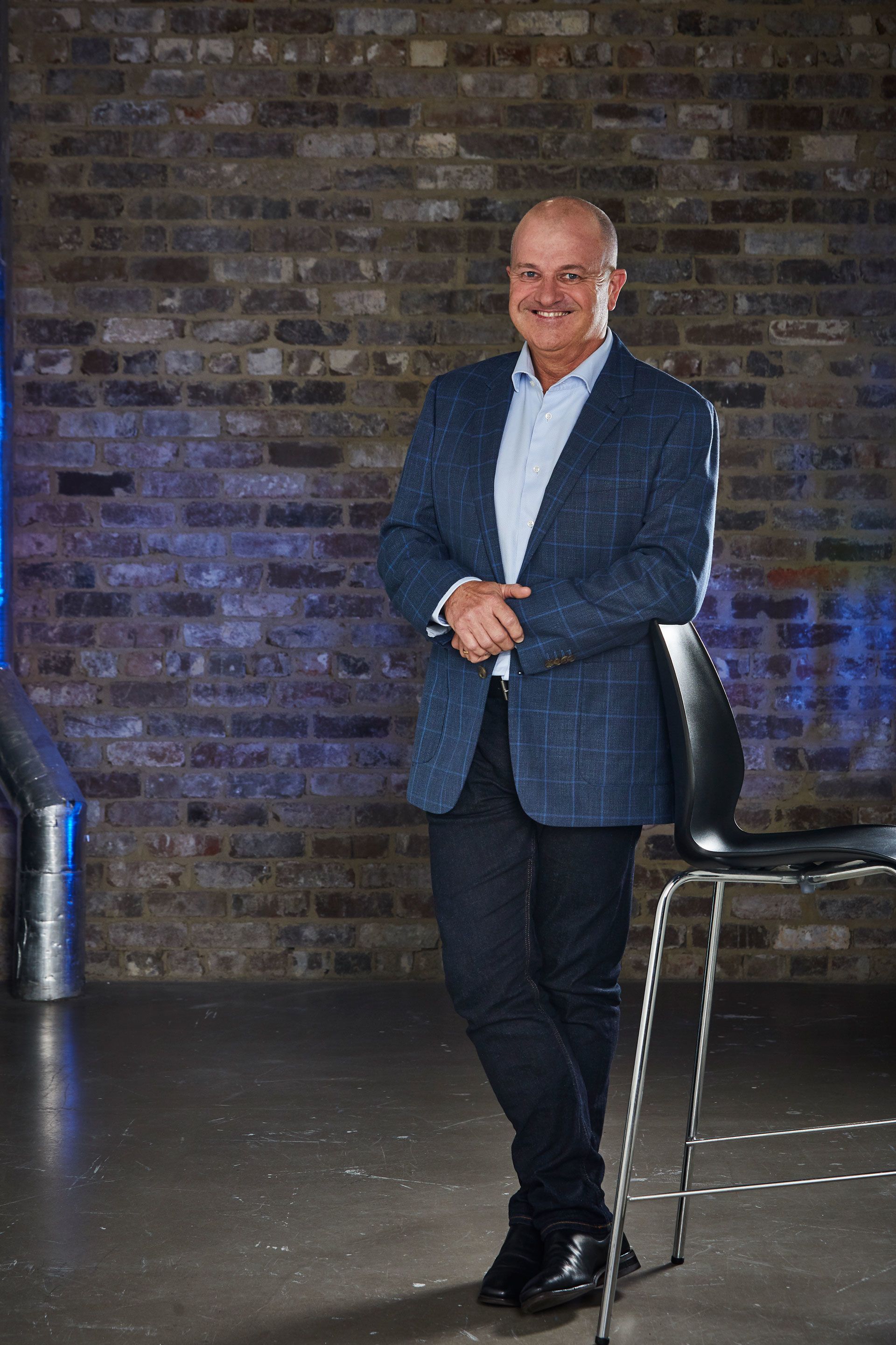

Back in the day, Stuart Tucker started a commerce degree but gravitated towards marketing. He steadily discovered that a role in leadership was where he felt most useful. Tucker says: “CMO was never my direct ambition, but I’ve always enjoyed leadership, so it became a logical progression.”
Interestingly, Tucker believes marketing fundamentally hasn’t changed that much over his career, but that doesn’t mean the way it’s done hasn’t transformed.
He says: “It’s still about the right message at the right time for the right audience through the right channels, but those channels and the ability to reach customers has changed profoundly.
“I was around well before the digital era and even though, in my world, marketing has always been accountable for measurable impact, it’s now more obvious and more timely. We used to wait to see the results, now we see it instantly. Which can be good and bad because sometimes it does make marketers more reactive and lose sight of long term goals.”
“The world moves fast, opportunities move fast and I think you have to be very curious to take advantage of those opportunities.”
For Tucker, good marketing is all about being curious and asking questions about yourself. He says, “You have to think, 'Can we do it better?' What are customers thinking? How can we optimise our touchpoints more effectively?
“The world moves fast, opportunities move fast and I think you have to be very curious to take advantage of those opportunities.”
Tucker doesn’t tend to idolise particular marketers like many of his contemporaries do but instead looks up to brands. Locally, he is currently impressed by both ALDI and Bunnings. Internationally he was particularly inspired by Nike’s moment with Colin Kaepernick. Tucker explains: "The test always is, do I wish I’d done it? If I think about that famous Nike moment with Colin Kaepernick, I always respect brands that are prepared to tap into cultural sentiments and are prepared to take a point of view and take a chance.”
Taking a chance is how Tucker and the hipages team found themselves pulling off a campaign recently. “We had an idea when we were launching our 'Change the way you Tradie' campaign. There was a lot of really slow moving government projects at the time, particularly the Sydney light rail, and we had an idea form in our agency to basically gorilla market with some banners on some of these unfinished projects, saying, ‘Need a hand to finish the job, change the way you tradie - hipages.'
“We knew there was an element of risk because it was probably illegal but we just did it and we filmed ourselves doing it. The council came and removed the banners and then we put them back on the same day. We knew it made our team feel good, it got a lot of attention and brought in a bit of morality and at least we got noticed.”
Of course, besides stunts, with Tucker at the Helm, hipages is constantly evolving. He adds: “We were always very reliant on paid search but we realised if we wanted to drive growth we needed to invest into the brand for the longterm. So now we have a healthy mix of paid and unpaid channels.”

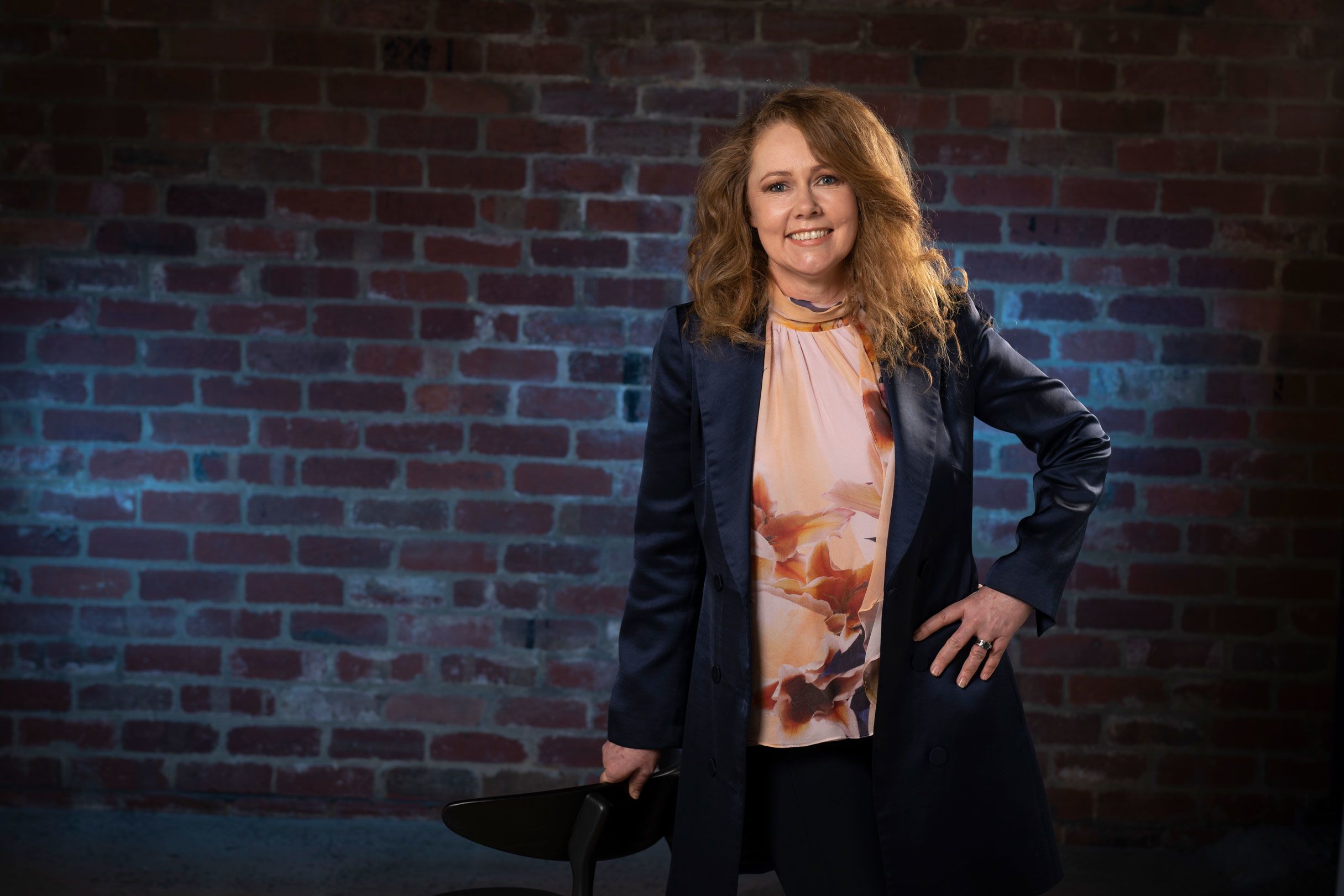

Ronson has always been interested in consumer behaviour dating back to her university days where she preferred her marketing classes over commerce.
Ronson started her career in Carlton United Breweries in sales and marketing and she found the experience so inspiring that it made her want to go on and become a CMO. Ronson says: “It was progressive in the way it backed marketing, it really looked at it as an engine for growth rather than a cost centre.”
Ronson sees marketing as a priority and growth driver for businesses that shouldn’t be treated just as an expensive cost. Ronson says: “Marketing is a driver for growth and those companies that treat it as such always do better than those that don’t.”
The accomplished marketer also believes marketing always comes back to the customer and that creativity should underpin how you connect with them. She explains, ”Great marketers need to have a great understanding of the customer and continually being curious about the information you are getting. You need to get underneath what’s driving that brand.
“But for me it’s also about creativity, innovation and bravery and working very closely with great partners and people you trust.”
Of course, that doesn’t mean marketers should always play it safe and Ronson is known for her ability take a calculated risk. “In some situations you do play it safe. If it’s work that isn’t going to change consumer behaviours and it is more of an information message, you don’t want to be brave with things like that. But in terms of things you know are really going to shift customer perceptions and emotions and their behaviour then you owe it to the brand and the organisation that you work in to really push the boundaries because you can always push it back.”
“But for me it’s also about creativity, innovation and bravery and working very closely with great partners and people you trust.”
So what agencies does a brand like Coles rely on to help take these risks? Ronson explains: “I look for really talented people that are doing work that you have a good culturally fit with and the ones that will really challenge you.
“I think it’s important to work through a thorough and fair process when doing an agency pitch. When I say fair, I mean you start where you want to finish, you pay agencies for their time and make sure that the brief is a good, solid, quality brief that they are responding too. I do think clients get the work they deserve.”
Being the CMO for Coles means that Ronson’s role means constantly working with a slew of different channels, but interestingly print is still a standout. Ronson says: “Our Coles magazine - it’s always been a household favourite. For Coles, because we are such an important role in the community just using one channel wouldn’t do it justice.
“But with Coles Magazine I think the content is inspirational, practical recipes, it’s hacks. It’s the diversity of the messages in the magazine that really resonate and we can’t put all our different messages in channels like we do in Coles Magazine.”
Of course having a clear marketing message helped the brand sale through the pandemic. Ronson adds: “For us knowing our place in society and leaning into and stepping in to help our customers and team when they are feeling anxious, like our safety messaging. What it did was repositioned us in the community by being essential workers that were there everyday.
“And that leads to us launching 'Value The Australian Way' last year as a nod to the role we play in Australian community.”
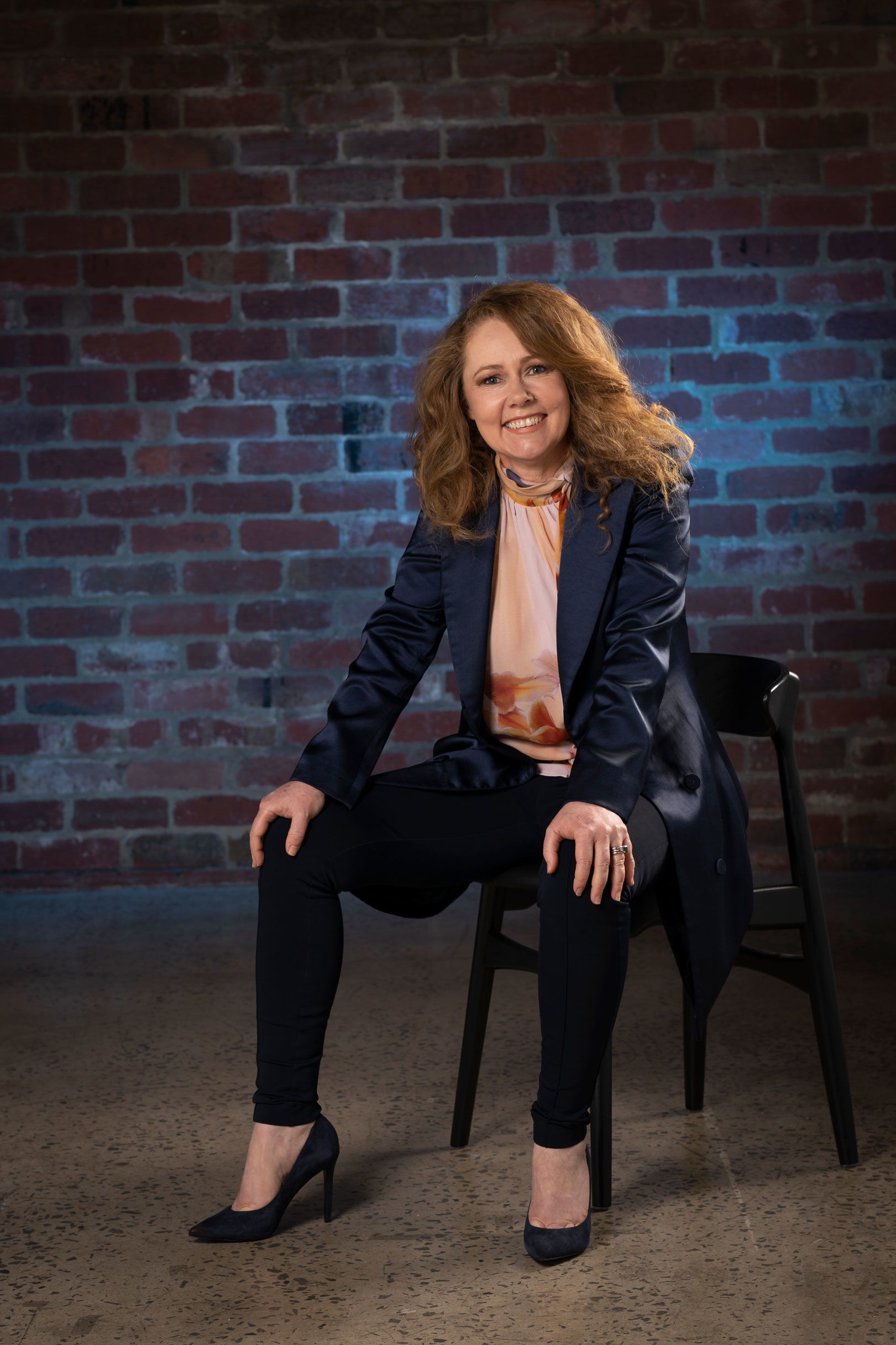
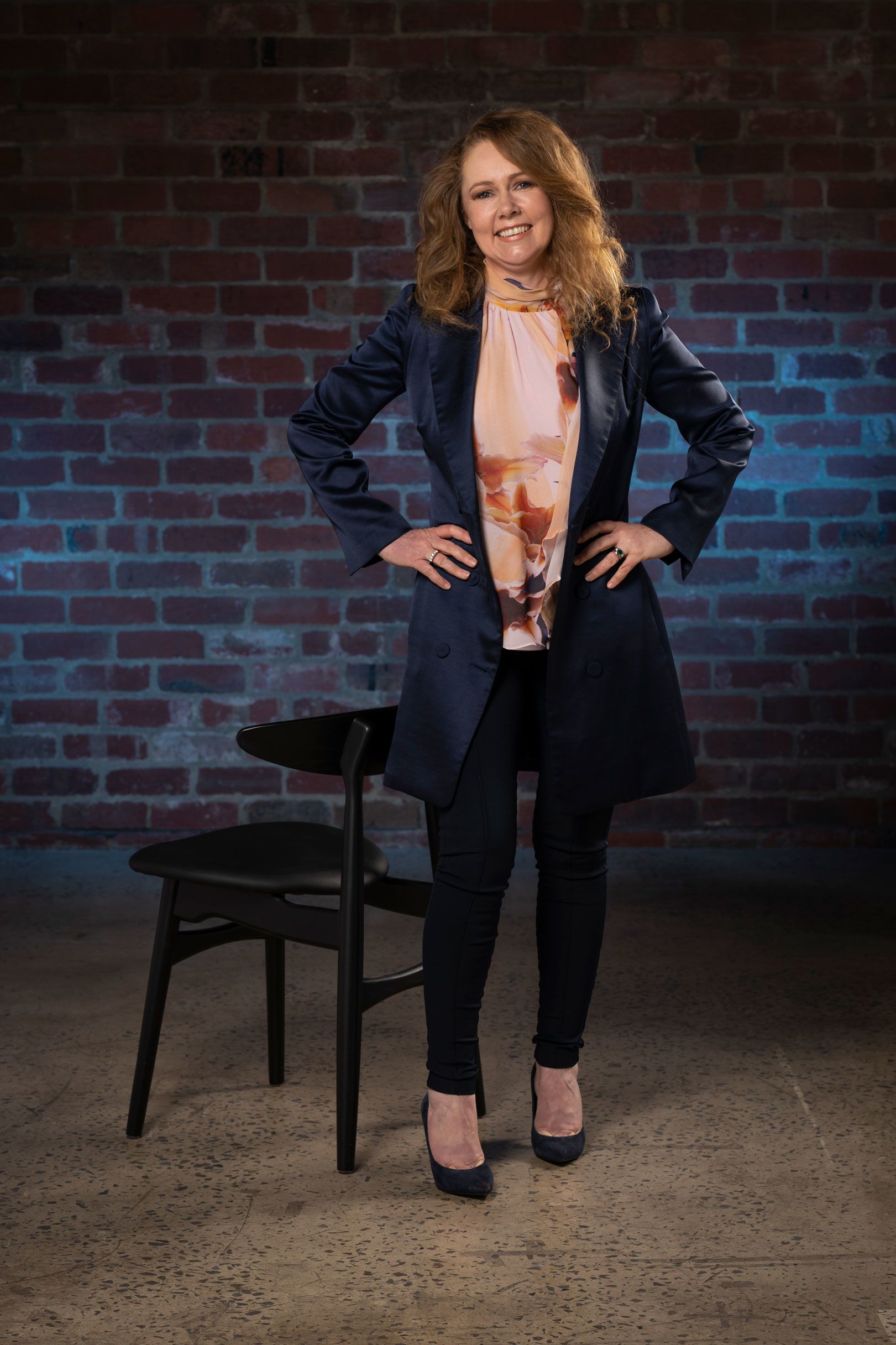

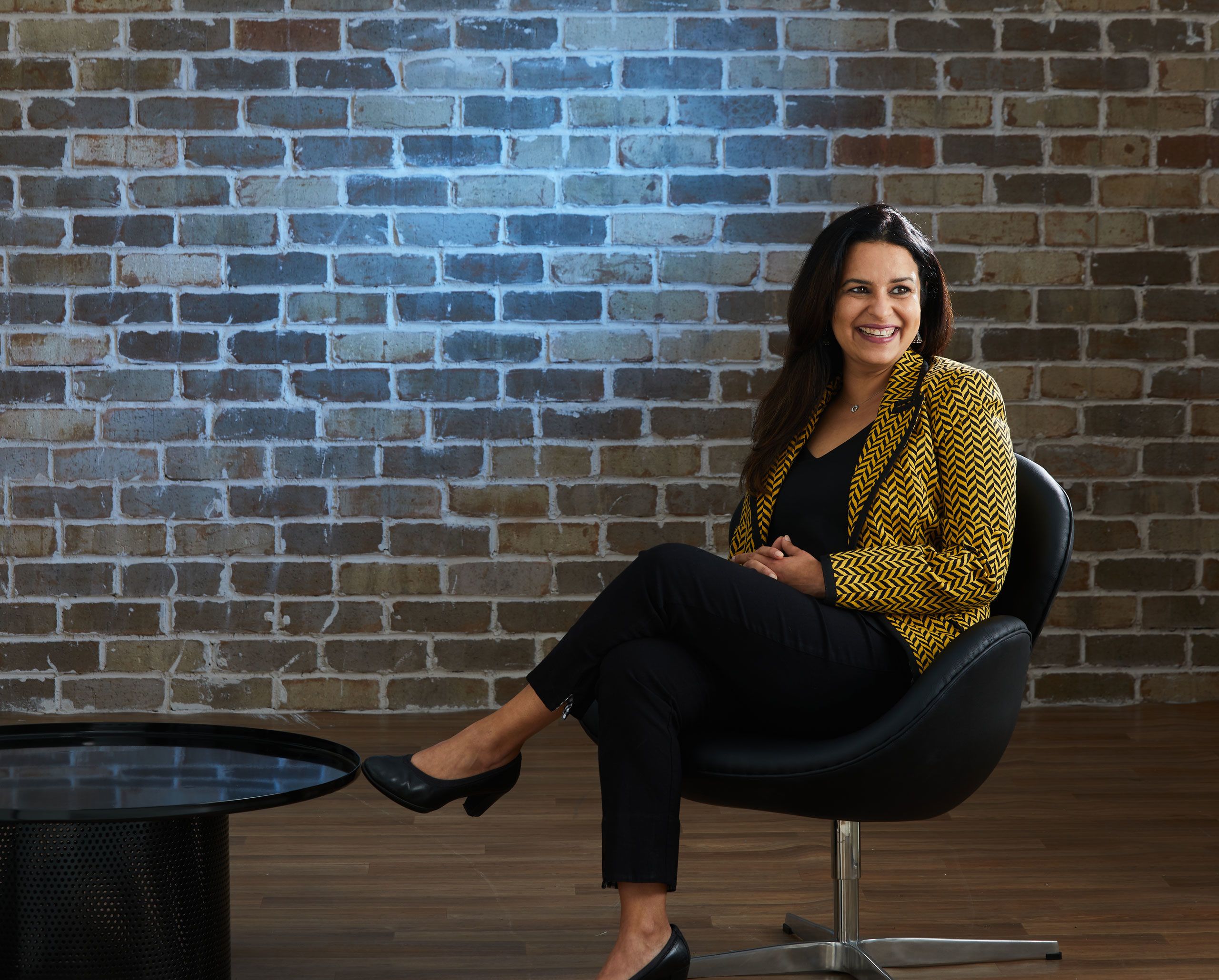
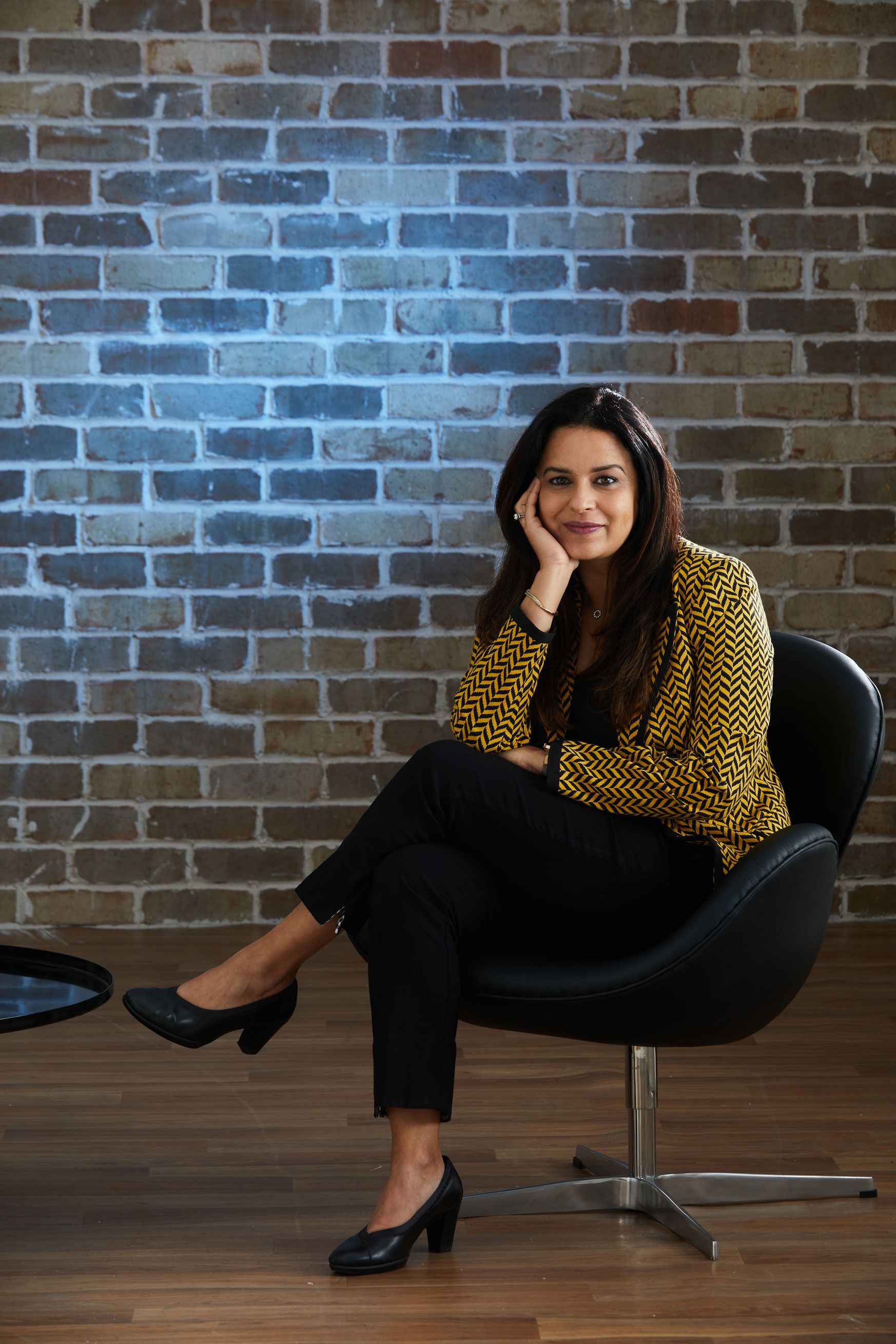
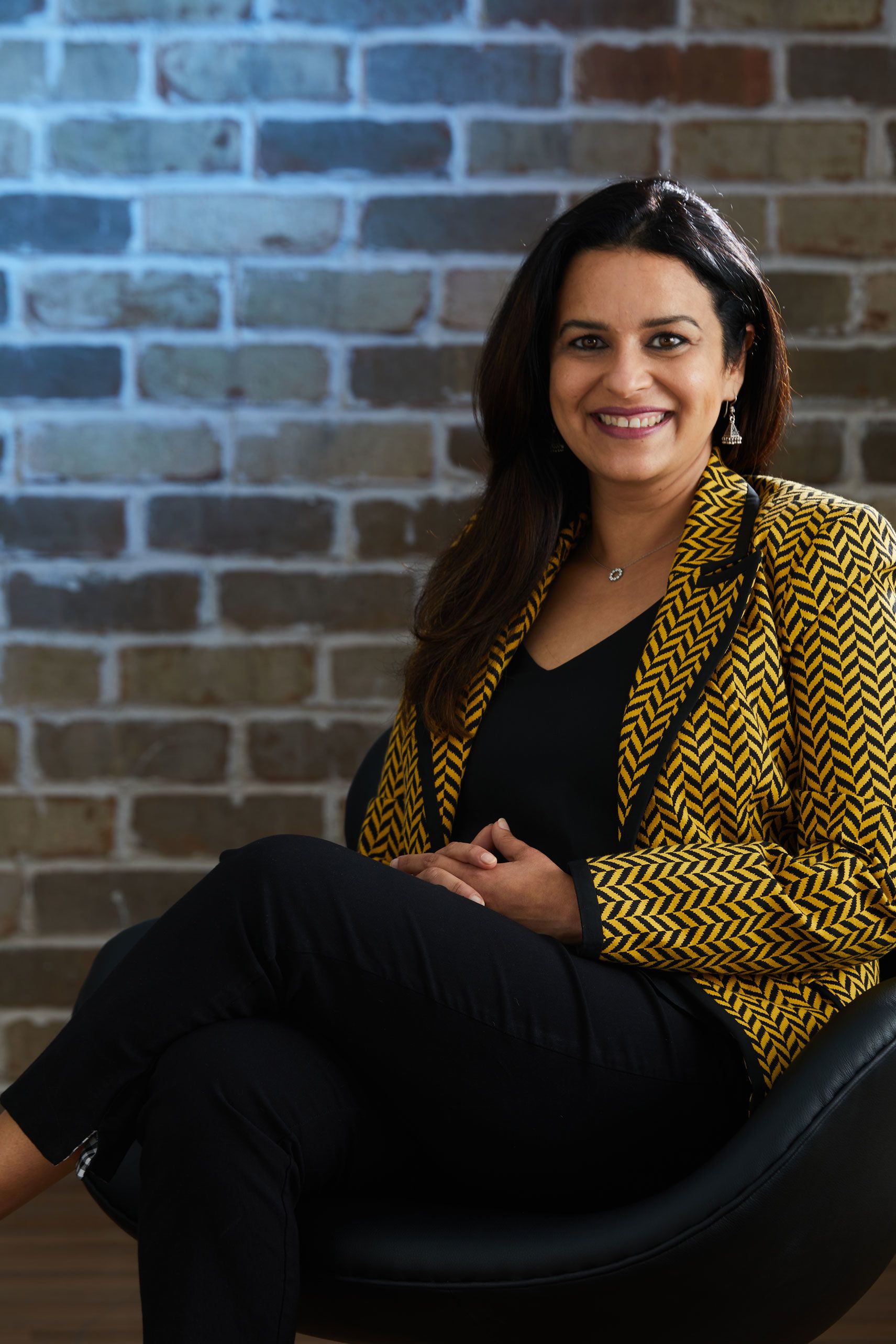

While never originally aspiring to be CMO, Sweta Mehra knew her place was in marketing.
Inspired by its “no right or wrong answer” discipline, Mehra became a marketer as soon as she left business school.
For Mehra, a great marketer is defined by their ability to understand the business and the brand, create the customer's needs, and lead innovation in proposition and experience.
And while rapidly changing technology has presented yet another challenge to her and every other CMO, Mehra says it has also awarded marketers with an “array of new tools”.
“It requires us as professionals to remain on our toes and be lifelong learners,” Mehra reveals.
“When used well, technology has helped provide extra visibility and depth on customer actions in response to various engagements with the brand leading to improvement in customer experience and business outcomes.”
Despite the convenience technology affords, Mehra says a good agency is still “the best gift” a marketer can receive.
“I wish for a strategic partner who understands your business and the organisation and can act as an invaluable bouncing board on business challenges,” she says.
“Secondly, I am always looking for a partner who is not just receiving our brief, but who can constructively challenge us and find better solutions.
“Lastly, I am looking for an agency that would understand the business so well that it won’t even wait for a brief, but will come proactively with innovative ideas and a clear path forward to bring them to life.”
“The incentives for experimentation in the system need to be nurtured and encouraged by CMOs and other senior leaders."
However, Mehra can understand agency sentiments towards marketers as being too eager to play it safe these days.
And while Mehra says this is the result of multiple platforms, tight deadlines, and budgeting pressures, she admits “that is not a good enough excuse”.
“The incentives for experimentation in the system need to be nurtured and encouraged by CMOs and other senior leaders.
“The trick is to be the brand that customers love like Apple or Nike. It’s a great mission for marketers to build a brand that customers love, and it’s my primary focus at ANZ,” she continues.
“I’d like to believe that customers see what ANZ is doing for their financial wellbeing and appreciate this. I believe it’s a great mission to make a brand that customers fall in love with.”
As for the future, the ANZ CMO says the marketers of tomorrow will need to be tech-savvy, experts on emerging business models, and led by data and insights.
“It is important to know that all of ANZ's marketing is growing and preparing for tomorrow as a whole.”

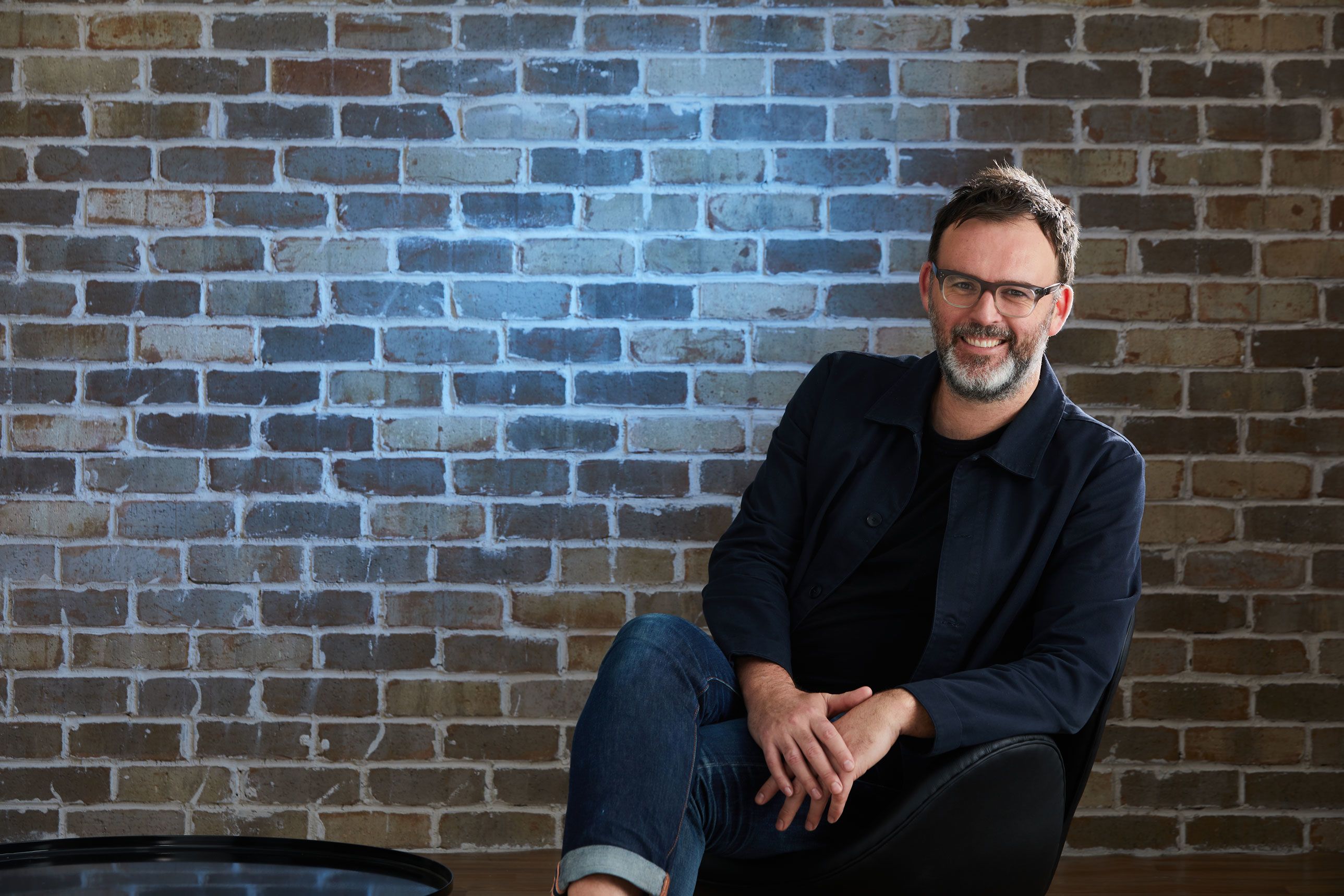

Originally wanting to be a lawyer, IAG’s Brent Smart opted to be a decent human being instead and joined renowned Melbourne agency, George Patts, as a junior account.
After working in the ad business across Australia, New Zealand and the United States, Smart became frustrated with clients who didn’t buy the work he felt was right. To rectify this, Smart became a CMO himself and never looked back.
For Smart, marketing achieves something no other industry does.
“It creates future demand,” he says. “By building the brand with people who don’t even know they want the product today, they become more likely to buy it from you in the future. That’s the magic of marketing.”
Taking after his idol, (now ex-Burger King’s) Fernando Marchado, Smart believes the difference between a good marketer and a great marketer is simply “making great work”.
However, Smart admits times have been tough for the industry, amidst a perceived “marketer shortage”.
“I think we’re like the plumber with a leaky sink – we do a terrible job of marketing our profession,” he says.
“Let’s celebrate what makes marketing so magical. The balance of creativity and commerciality, left brain and right brain. Maybe then more kids would want to be marketers when they grow up.”
For Smart, the marketing sector must reckon with its contemporary “short-termism”, and perceived lack of long-term strategy.
He also sees tech as another challenge, albeit one marketers shouldn’t have to go at alone.
“I don’t buy the narrative that marketers need to be technologists. Marketers need to be great at the craft of marketing and partner with technology people who are as great at their craft,” he says.
“Let’s celebrate what makes marketing so magical. The balance of creativity and commerciality, left brain and right brain. Maybe then more kids would want to be marketers when they grow up.”
“It shouldn’t be the tech that makes a marketer more accountable – it should be the marketer’s desire to deliver commercial value.”
Notwithstanding, Smart says his team at IAG have done well to push through these recent, challenging years, owing to their continued use of television, as well as their shifting media tactics which aim to be timeless instead of “COVID cliché”.
And despite feeling pride in his own work, as they say, game still recognises game.
“I absolutely love the latest Burberry ‘Open Spaces’ film. It is beautiful, original, and magical,” he says, while also commending McDonald’s Australia for “nailing it” with the ‘Famous Orders’ campaign.
While Smart’s mission continues to be that of making consumers care about brands, he sees the future marketer as someone who looks more like the people they’re trying to sell products to, and less like a “middle-aged white guy in a suit.”
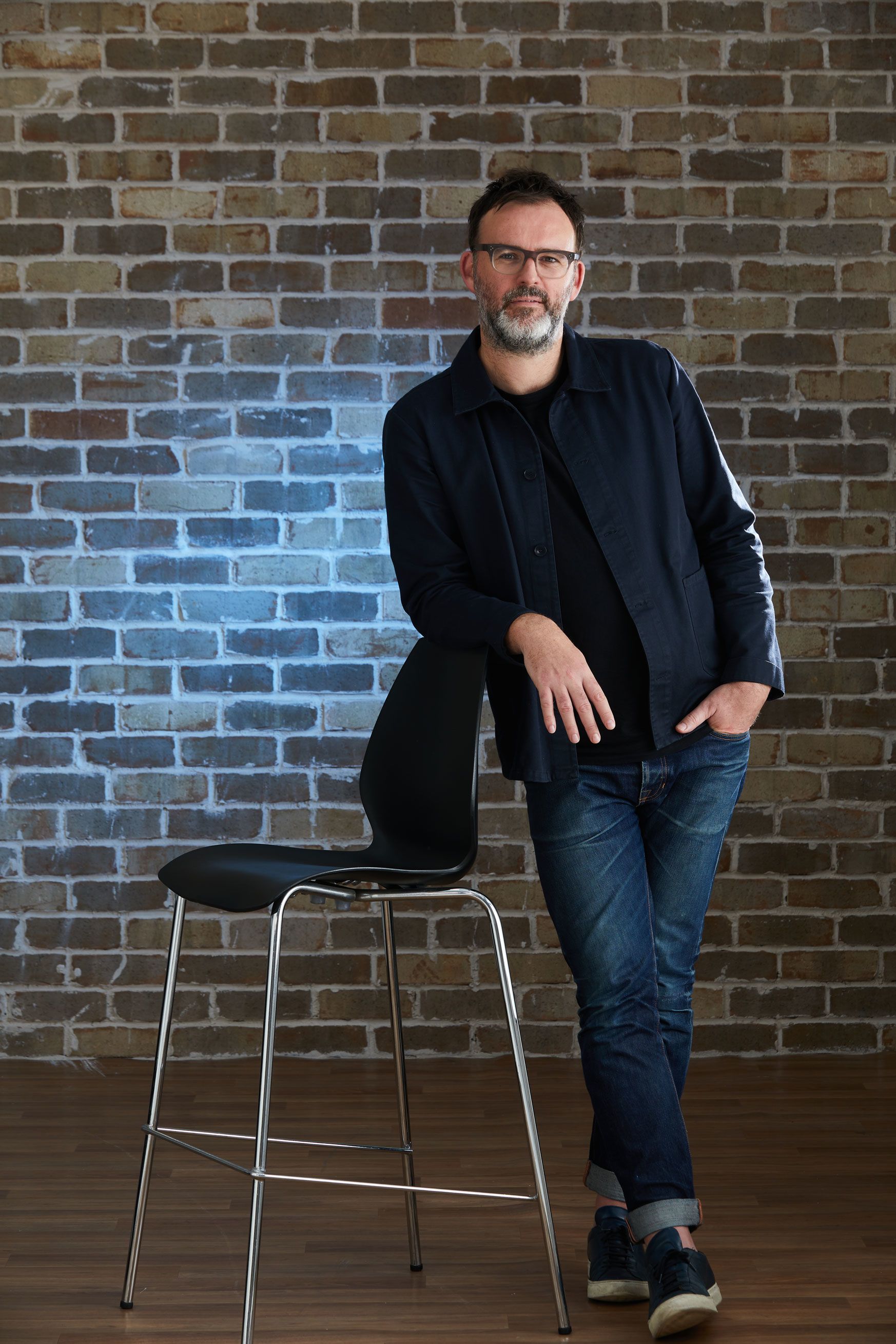
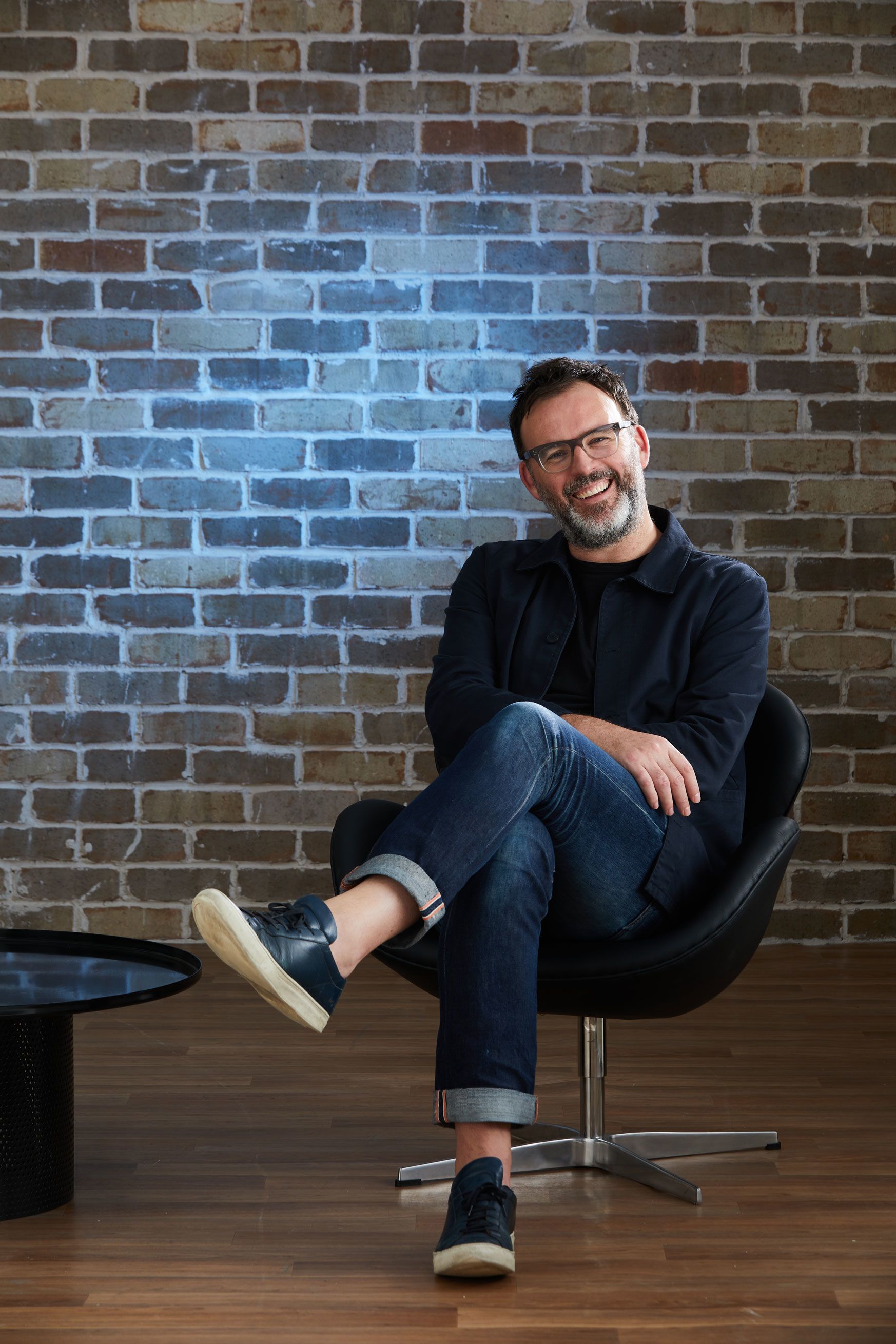

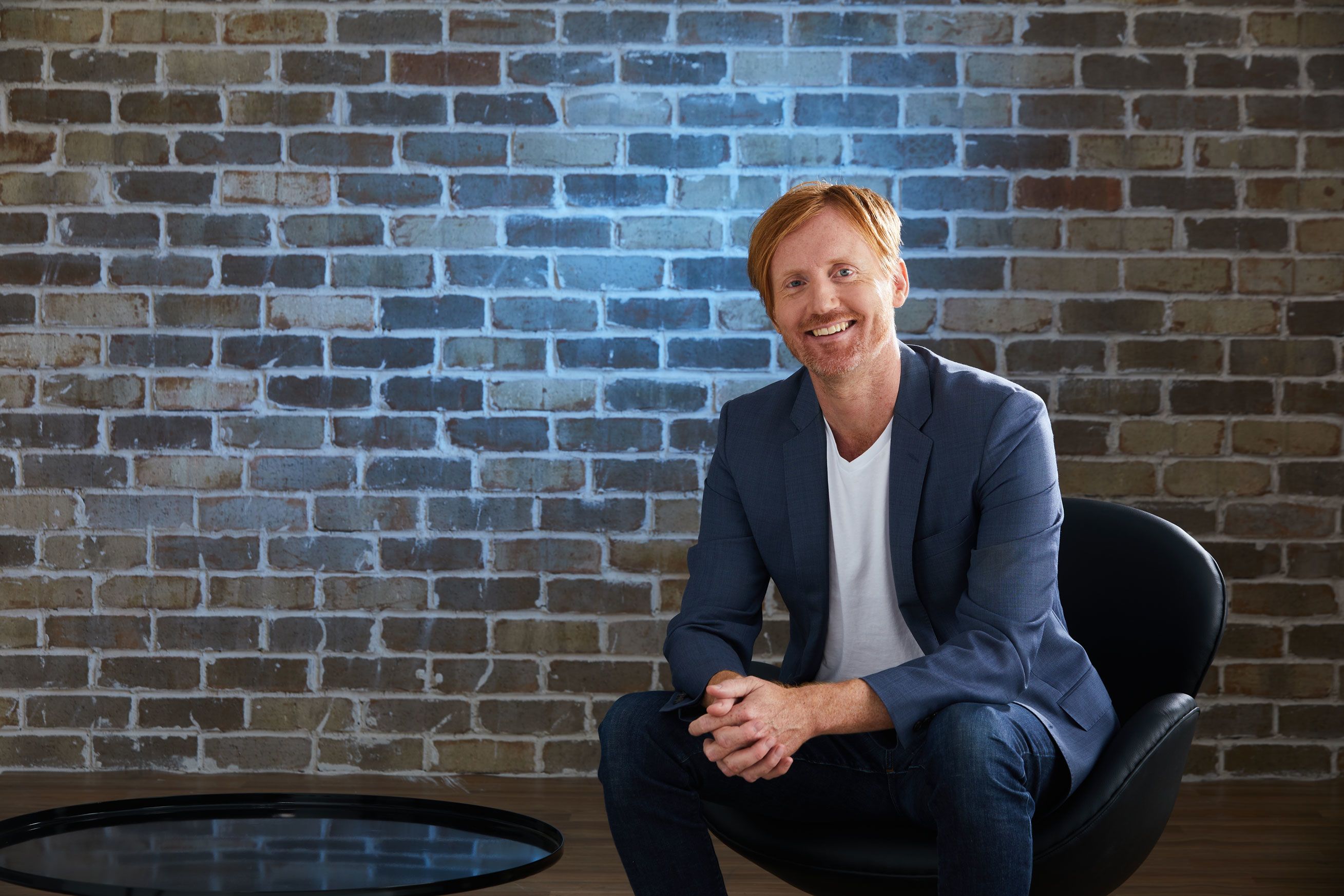
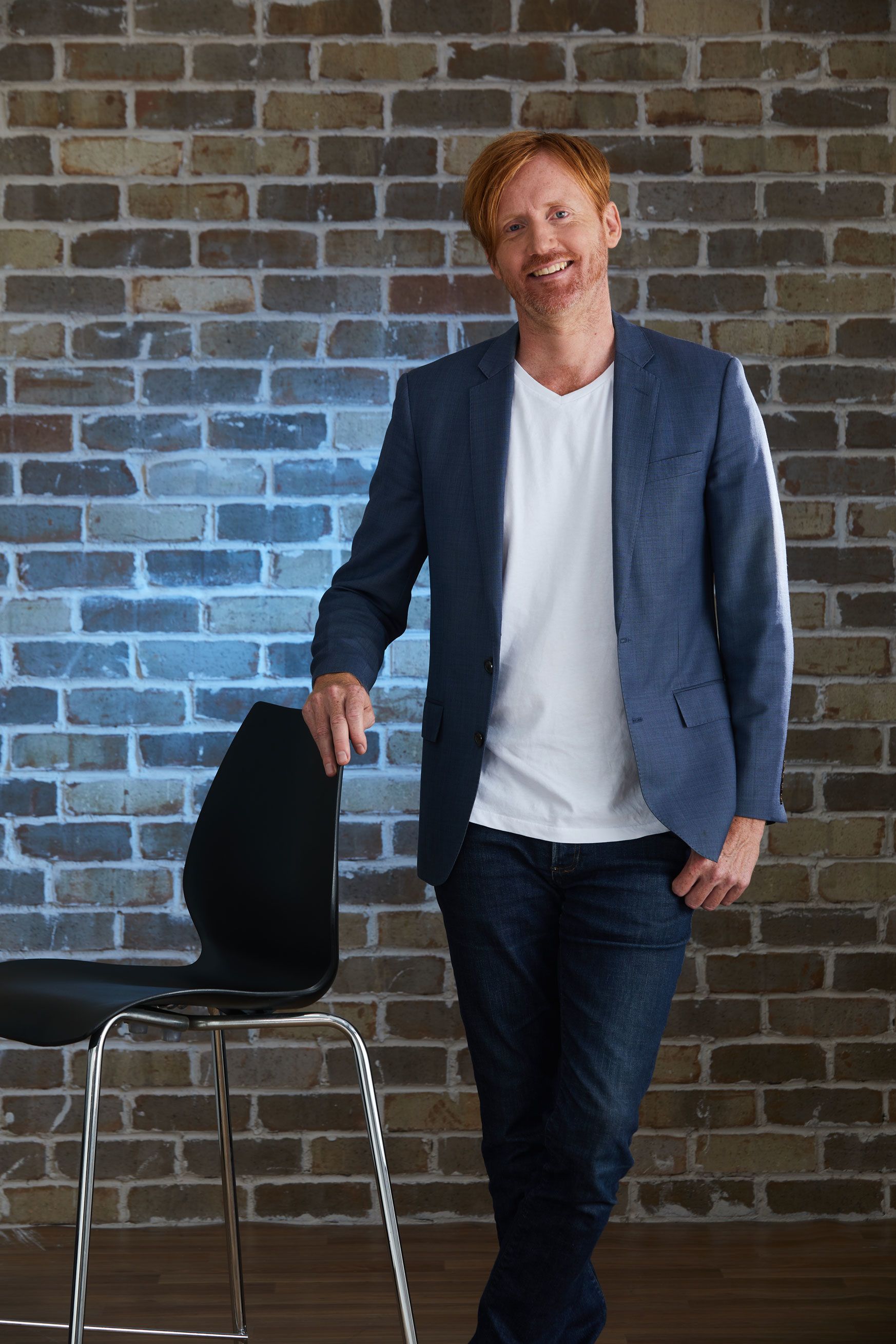
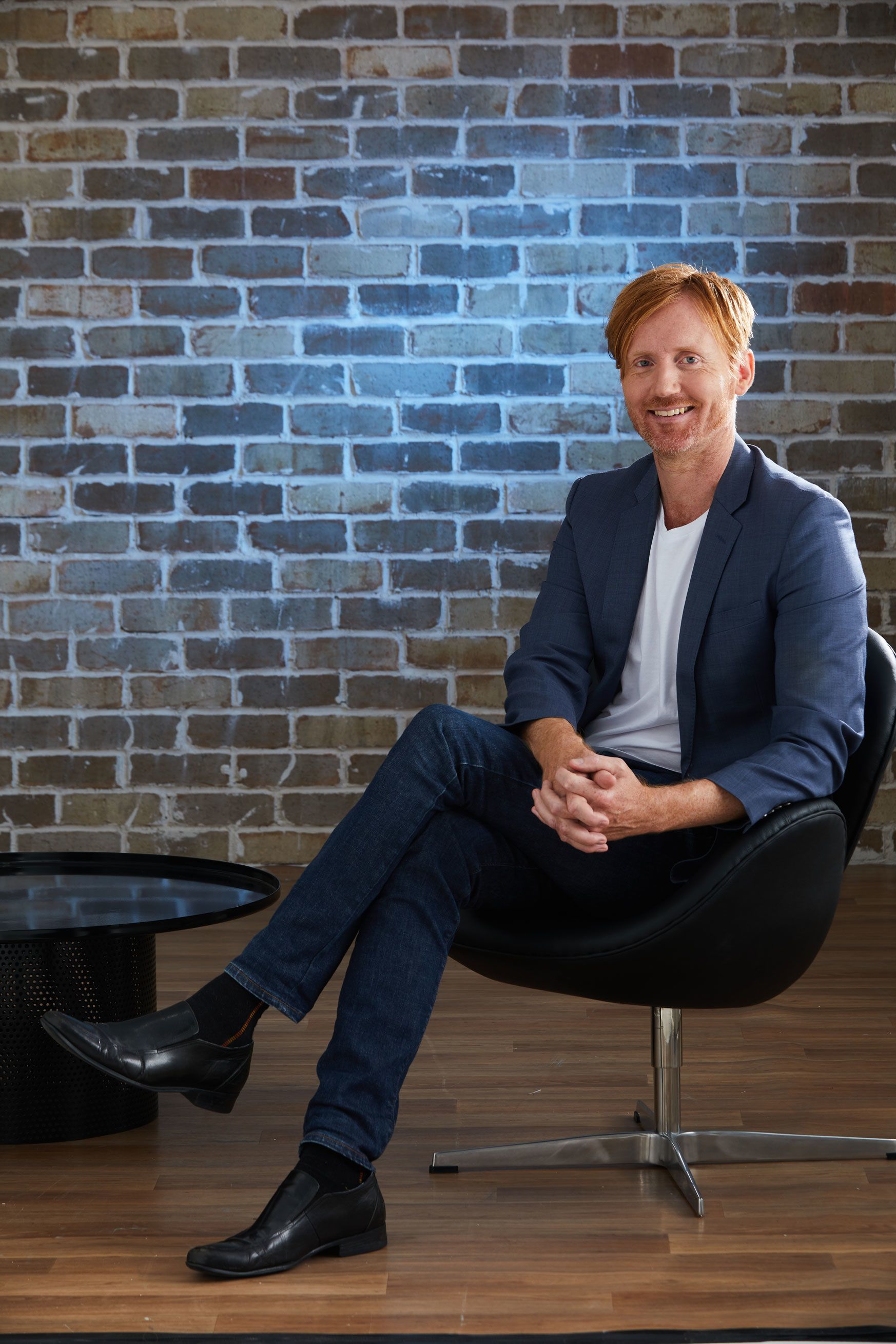

Chris Brown has spent the majority of his career across leading advertising agencies in London, Sydney and, most recently, New York. And yet, it was the client-side that inspired him most.
“The role of marketing has never been more important as a fuel for business growth and as a competitive advantage for organisations,” he says.
“[Marketers need] to understand the customer, create valuable products, experiences and services that meet and exceed their needs, and surprise and delight them along the way.”
Brown is well aware of the importance of great marketers, particularly during challenging times and a reported marketer shortage.
However, the CMO doesn’t dwell on this.
“If there are shortages, this provides more opportunity for those currently in the business,” he says.
“I have always believed that we should give people more opportunity to show what they can do. For example, I restructured the marketing function at McDonald’s and elevated people into more senior roles or the marketing department itself.
“These people have stepped up brilliantly and are really unleashing their potential in these new positions.”
And while some view technology as another encroaching test, the McDonald’s Australia CMO believes marketers have a firm grasp on it, particularly the means in which it can deepen a client’s understanding of customers and enhance marketing strategies.
“Brave work requires trust and needs to be anchored in a clear and compelling strategy.”
“Whilst the advancements of technology allow us to understand and deploy marketing more effectively, we mustn’t forget that the magic of marketing comes from imagination and creativity, enhanced by technology,” he adds.
For Brown, a positive culture and shared values between marketer and agency is imperative, despite the oft-circulated rumour that marketers play it safe.
However, Brown says it is a “wider industry issue” as opposed to simply pointing the finger at clients.
“Brave work requires trust and needs to be anchored in a clear and compelling strategy," he says.
Notwithstanding, despite all the challenges facing contemporary CMOs and the client-side in general, Brown believes consumers are still “extremely passionate” about brands, especially his own.
“Brands have highly engaged super fans, and in this digital and social world, they co-create products and content,” he says.
“We were even given our own nickname – Macca’s – that we have embraced.”
And don’t expect abrupt change anytime soon. For Brown, the client-side of the future will continue leveraging the attributes of the best marketers today.
That being, “fluent in digital and data, customer-obsessed, commercially minded, but one who believes that creativity is a competitive advantage.”

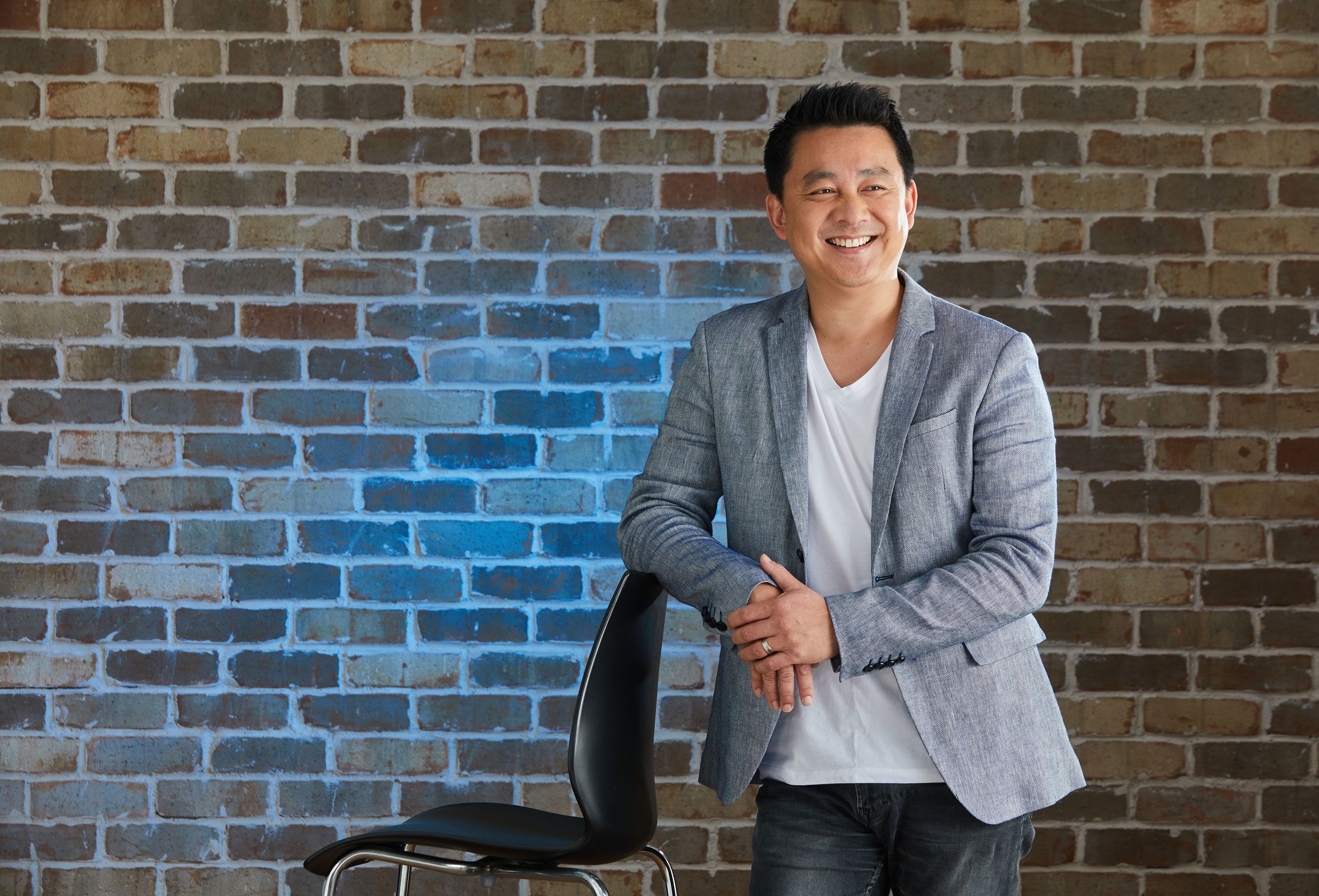

After he couldn’t decide on a career path that would satisfy his parents and appease both the mathematical and creative parts of his brain, Menulog’s CMO, Simon Cheng, flung himself into marketing. Cheng believes marketing is perfect for him, because the nature of it is not just about creativity anymore. He thinks that marketing is a creative discipline that requires high analytical demands, particularly nowadays with the heavy data and tech focus. When he began his career he knew he wanted to be a senior leader in the discipline but he didn’t even think the CMO position existed.
As a leader, Cheng looks for a good business sense in his marketers. He says that this is because understanding the customer is not just about seeing them from one point of view, but from all aspects of their experience. What truly distinguishes a great marketer from a good marketer, for Cheng, is that great marketers are good at business, while good marketers are good at marketing.
As the marketing industry grows, Cheng expects future-proof marketers to have five main attributes: tech savviness, data driven mentality, a strong commercial acumen, creativity and communication skills. This ever broadening scope of marketing is something that the Menulog CMO feels in his position, saying it’s the second most demanding in the C-suite.
"You've got to have a strong ability to absorb lots of different types of information, and be able to connect the dots to apply strategies to be successful.”
“You’re often expected to be the creative guys in the team and now you're also expected to be the data guy, and you're expected to be the tech guy, as well. You've got to have a strong ability to absorb lots of different types of information, and be able to connect the dots to apply strategies to be successful.”
This multifaceted approach to marketing was something Cheng and the team at Menulog capitalised on during the pandemic. By launching the Snoop Dogg campaign in the middle of the pandemic, the company grew brand awareness during a time when its business model could thrive. The company took risks by spending big on promotions and investment to drive demand, which helped to grow the company's market share.
Risk-taking is a big factor in the world of marketing and Cheng feels torn on the issue. He believes it is the agency’s job to push brand marketers outside their comfort zone. However, he thinks that some agencies don’t do enough to truly understand the client’s business and its constraints. The sometimes tentative nature between businesses and agencies is why Cheng believes that agencies should basically be part of the marketing team. A real and true passion for the business, good cultural fit, and strong capability in their area of expertise is the simple formula for how Cheng looks for in an agency, either internal or external.
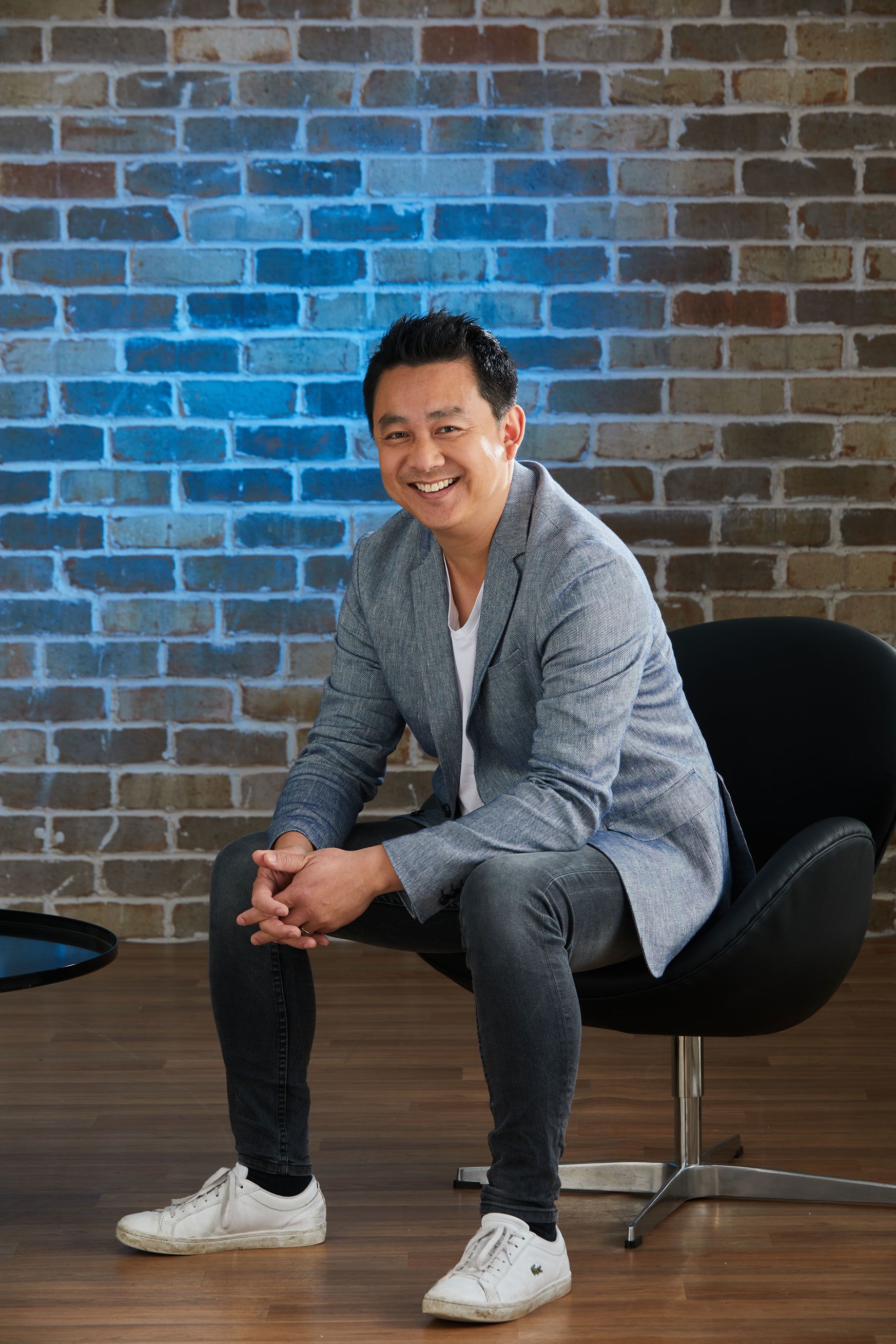
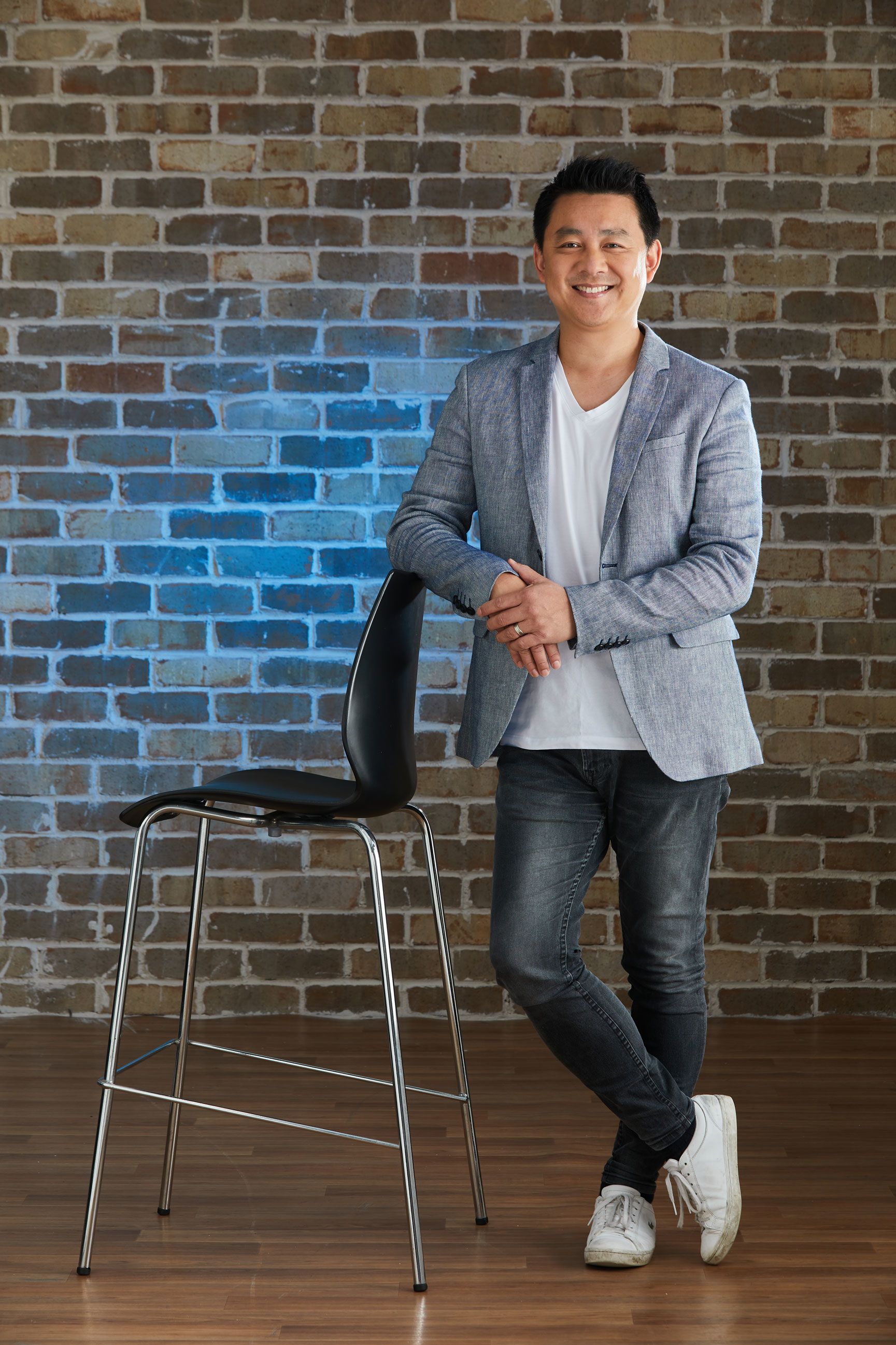

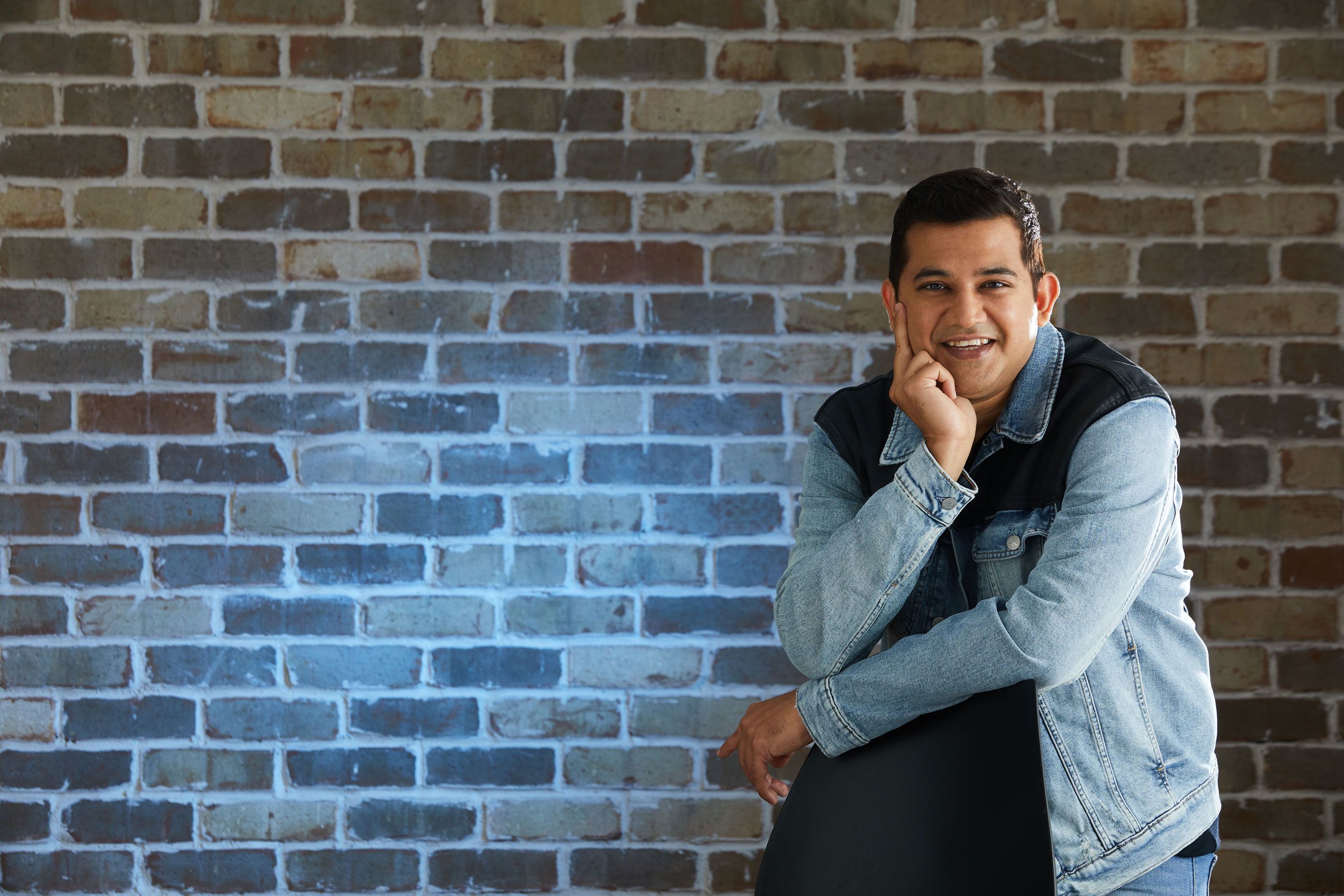
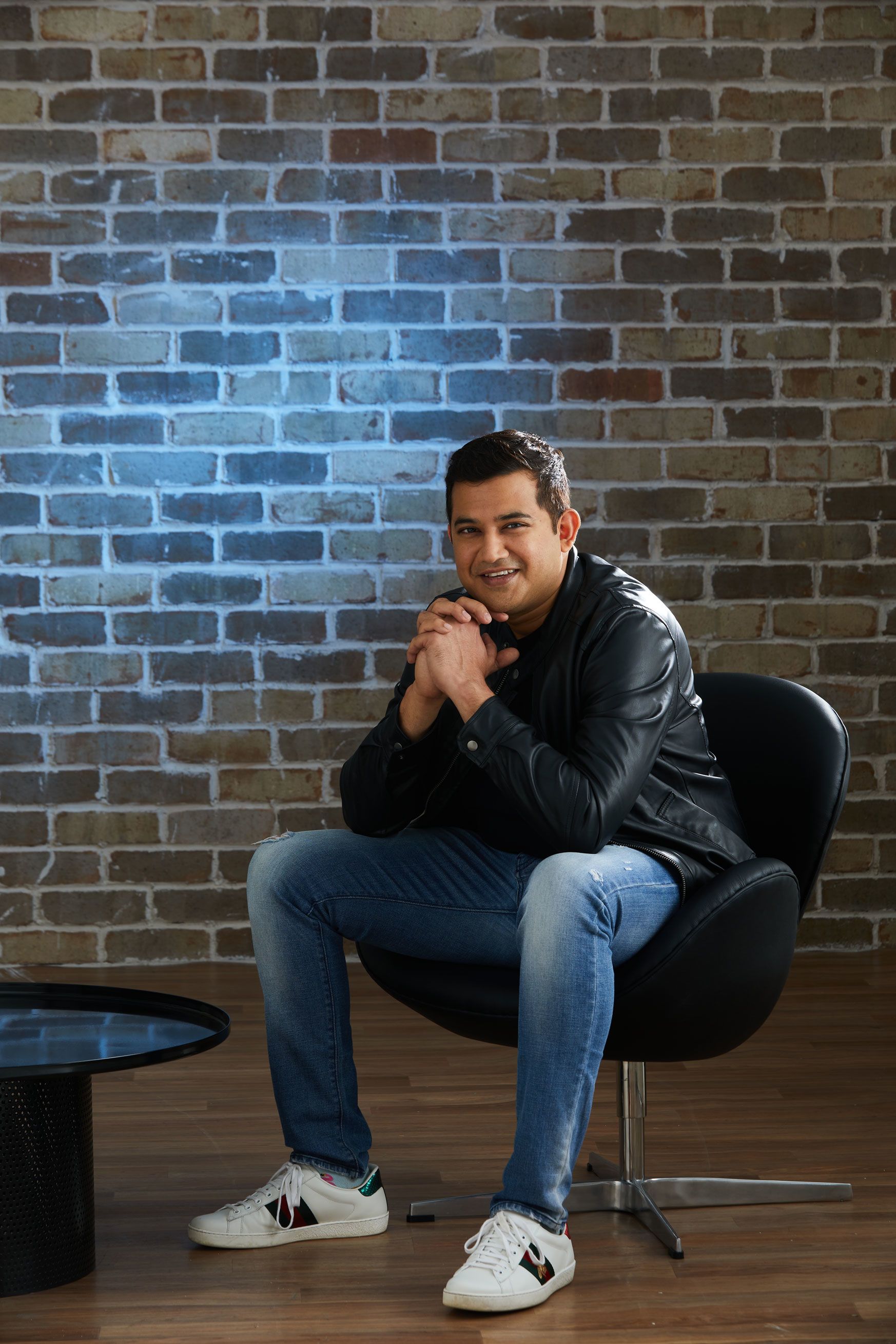
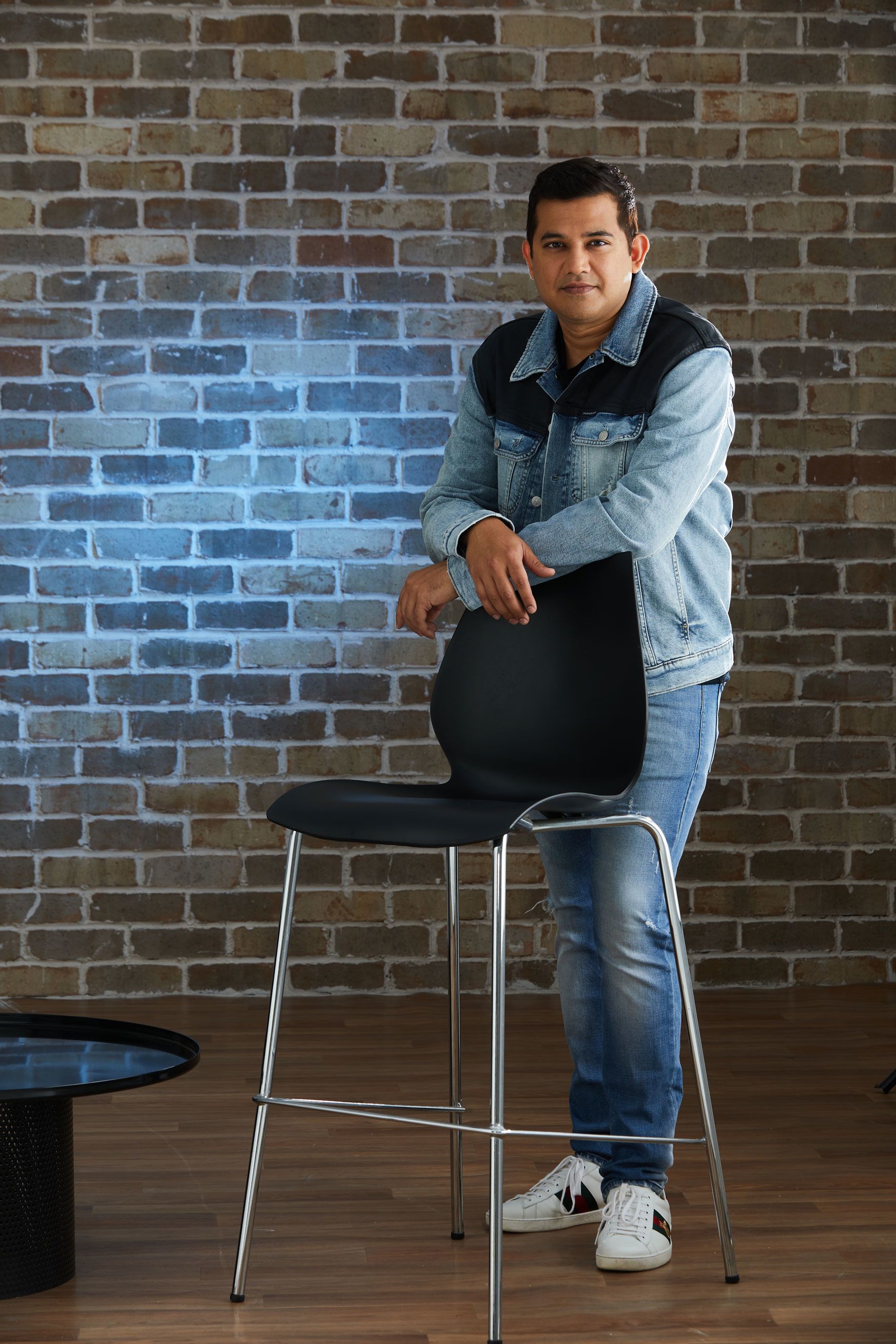

A self-ascribed economist at heart and by qualification, Saurabh Jain’s journey to CMO was never an end goal. However, it would be prudent to say that’s its been an inevitable milestone as his passion lies in working with consumers’ needs and insights.
Consumers are more heterogeneous that ever before; with greater diversity in their values, needs and beliefs. So, Jain sees good marketing as the process of creating, communicating and delivering value to consumers.
He says: "The ability to keep consumers at the heart of all decision and actions is the key. Being able to start from consumer and work backward to finding a solution.”
Jain is perceptive that marketers often start from solutions and then look for consumer relevance. This can cause a potential loss of connection. Whereas, a great marketer will always find a way to master this authentically as a rhythmic process.
As Jain explains what makes for great marketing talent, he also divulged that any talk of a talent shortage was overcooked. Jain relished that he’d been fortunate enough to have abundant access to a wonderful talent pool, making for a great team at Reckitt.
“The unique ability to keep consumers at the heart of all decision and actions is the key. Being able to start from consumer and work backward to finding a solution.”
Though one defining challenge for nearly all marketing teams has been the rise of tech-based integrations, Jain is unperturbed by this as tech provides more data and more data ultimately provides more power to marketers. So long as marketers are more open and agile, Jain is confident they won’t be caught by inertia.
Granted that tech has definitely disrupted the way the industry is run today, Jain remains cognisant that this means more data transparency. By default, this puts a greater focus on measured KPIs and ROI which can be unnerving and exciting, from the heightened accountability.
Somewhat against the grain, Jain highlighted Reckitt’s success in the often-demonised TV space. Mainstream television helped the brand build reach over the years, creating several iconic power brands like Finish, Airwick, Glen 20 and Vanish. However, in any case, Jain still endorses a multi-channel approach. He puts particular emphasis on the relatively new channels like online, video and social. Whereas print media which has experienced a rapid decline in circulation is having its viability tested.
On a recent campaign favourite of his, Jain loved the “I don’t care” ad by KFC. As a parent to two young daughters, he knows what chaos can mean at home. KFC tapped into that insight of the moments you want to let go of control and not care beautifully.

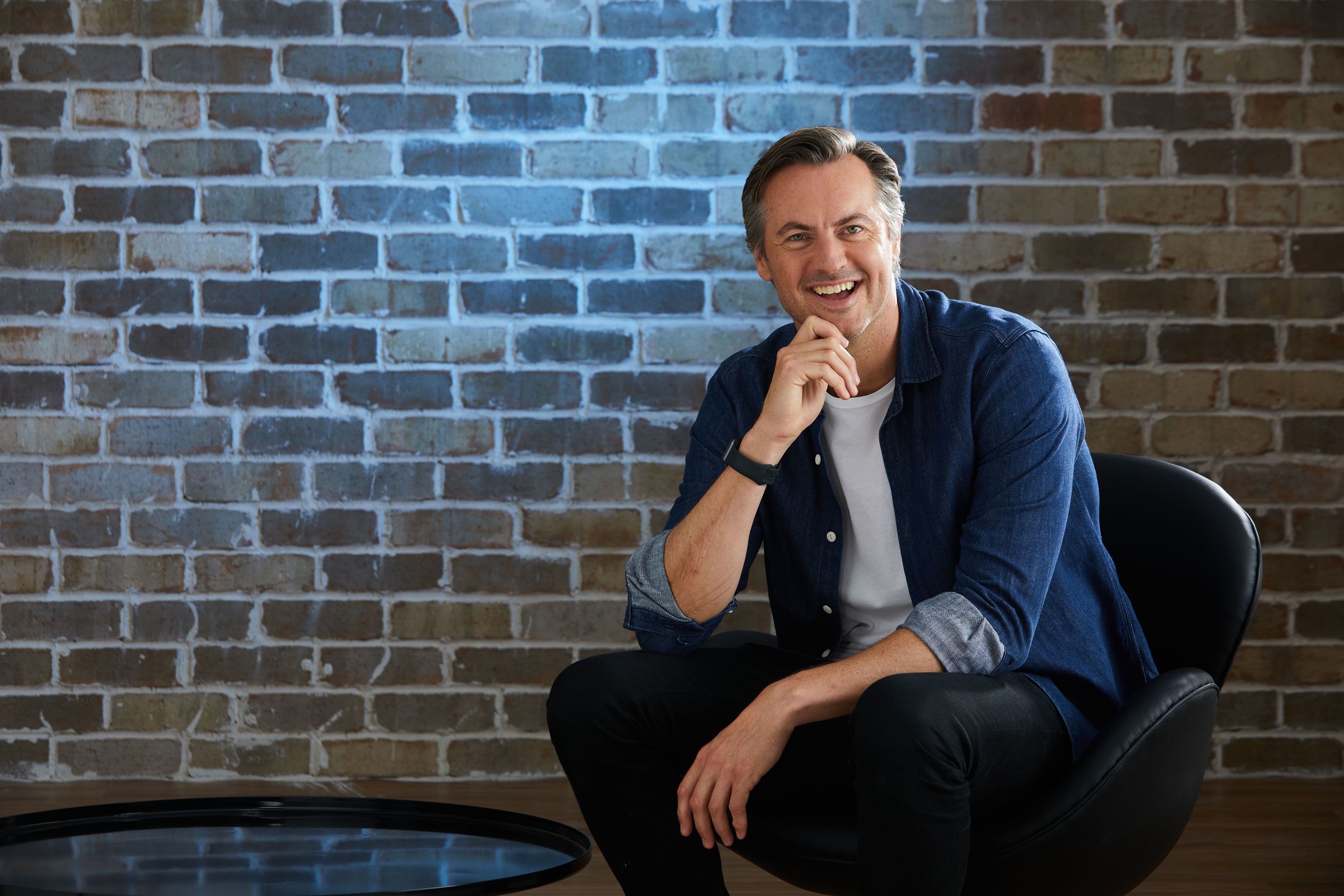

Andy Morley always had a passion for entrepreneurship and found marketing to be the closest function to this in business. While every business has a different perspective that changes marketing’s scope of accountability, Morley is steadfast in that marketing’s role is to deeply understand the customer. Having this understanding shapes product offerings and value propositions. It also allows for the execution of the best engagement strategies across the full funnel.
For marketers looking to make the jump from good to great, Morley recommends four things. Customer centricity and curiosity for creating strategies that truly solve consumer problems. A growth mindset to learn and adapt at pace (an especially important quality given express industry changes.) Simplicity, taking huge complexity and distilling it down into inspiring strategies. And bravery to stand out and get noticed, to build ideas and boldly invest in them.
As adtech continues to proliferate, Morley sees great opportunities but also huge complexities ahead. One challenge that Morley immediately indicated was the degree of difficulty of properly valuing digital media platforms and formats. Morley also mentionss that marketing organisations required more specialised creative and media roles.
As marketers roles continue to integrate with tech, Morley only moderately agreed that this development will produce more performance accountability. He remains unconvinced that adequate attribution models exist, especially in the case of fast-growing businesses. Morley also says that tech could lead organisations to focus too much on short-term behavioural metrics, which don’t always show true incrementality.
“Brand health trackers are still the most useful to assess the overall performance of a brand and gain insights needed to continue building a great brand.”
Although tech is enabling stronger learning agendas, the most successful brands are still abiding to core marketing principles to build their brands over the short and long term. Morley still sees a plethora of value which can still be extracted from simple tools like brand health trackers.
“Brand health trackers are still the most useful to assess the overall performance of a brand and gain insights needed to continue building a great brand.”
It goes without saying that Uber has been uber successful in its marketing campaigns. Though when asked about the company’s failsafe channel, Morley countered that no one channel has ever been super effective on its own. Rather it’s always a mix which makes the biggest difference. Generally speaking, the more channels activated, the greater the reach and the greater the impact.
For every campaign you notice and remember, Morley knows there’s probably a thousand that didn’t even register. Conscious that people have a huge amount of choice for the content they consume, Morley champions the multi-channel approach as well as more daring campaigns. If marketers aren’t doing something brave which makes you laugh, cheer or cry, you won’t even get noticed.
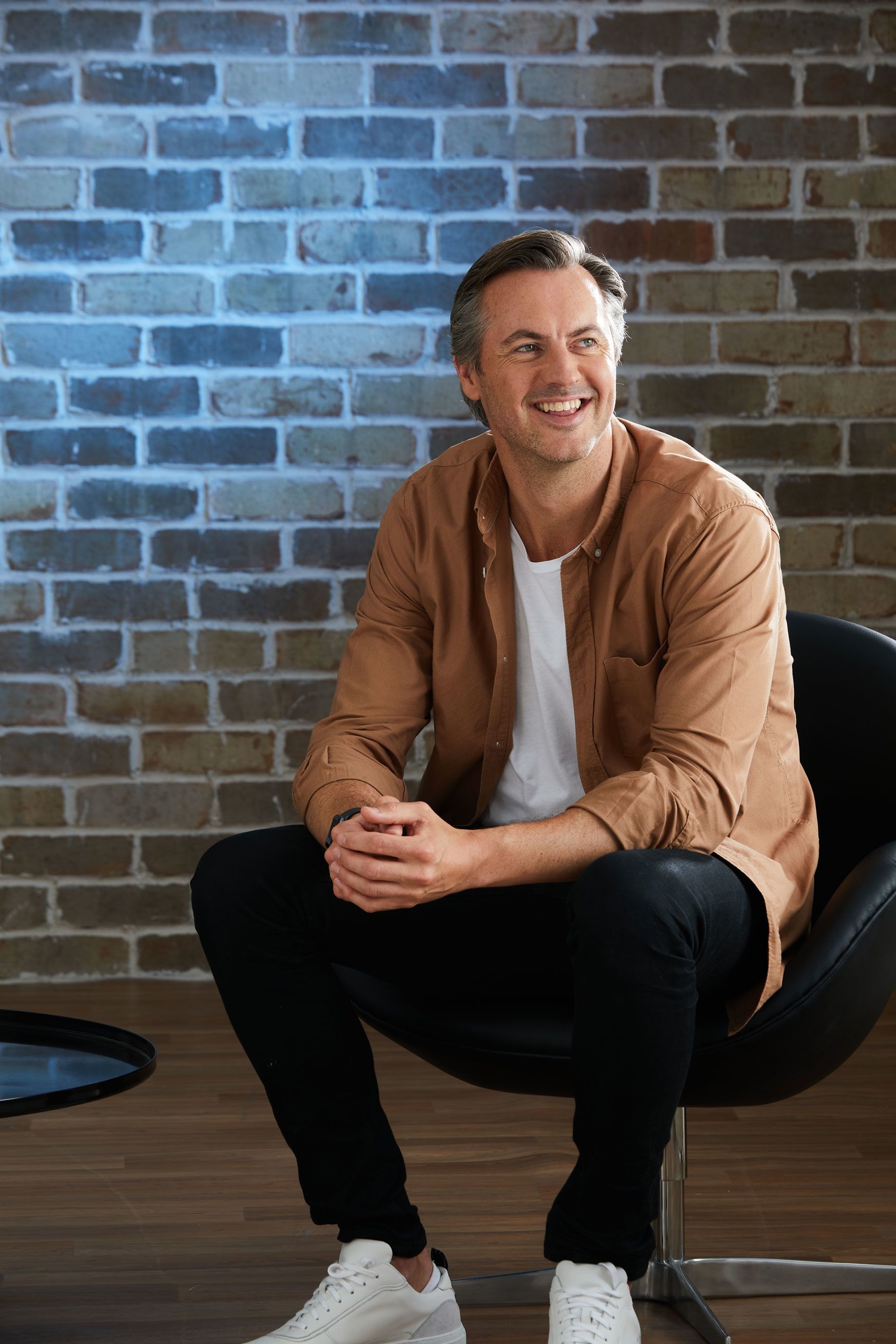
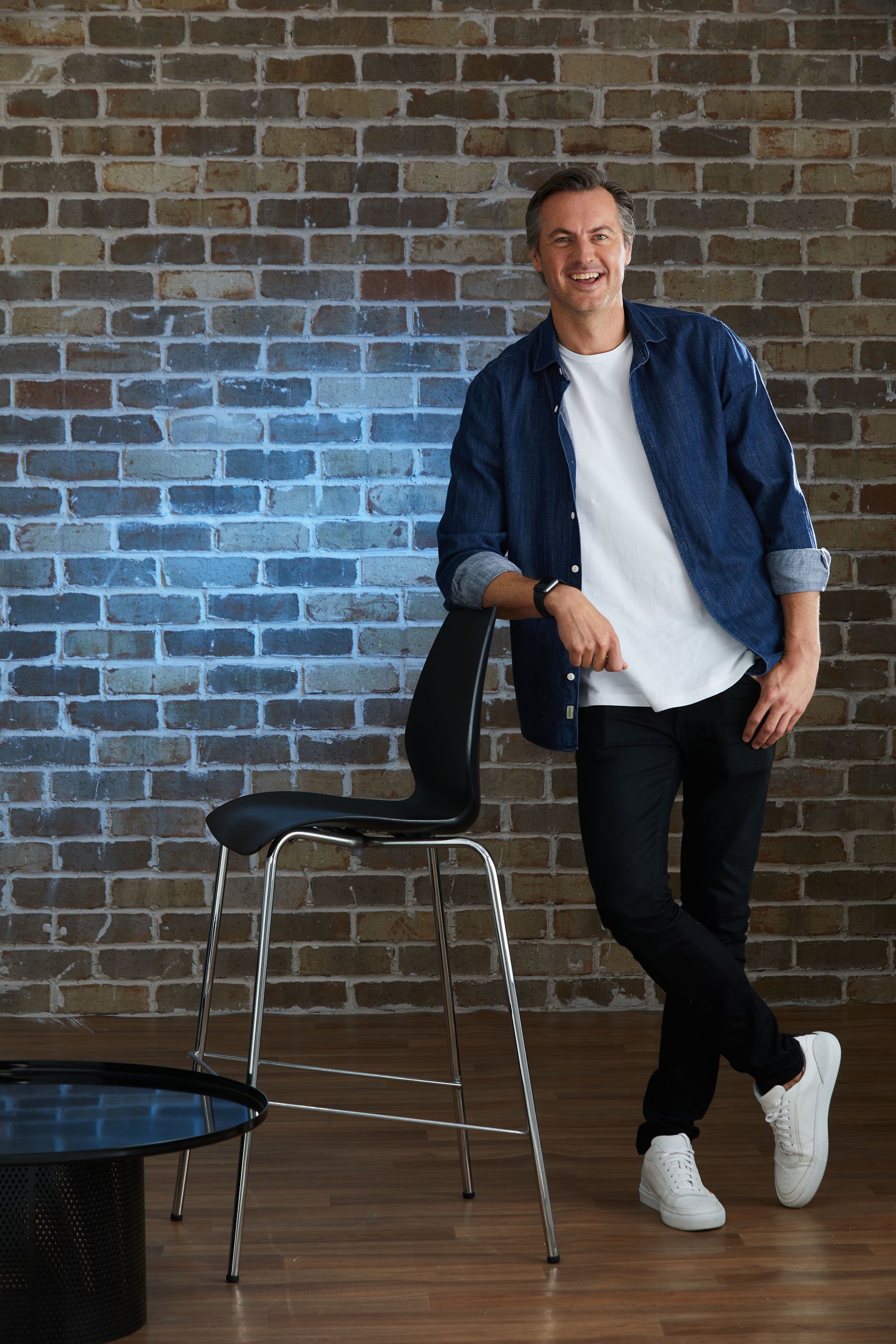

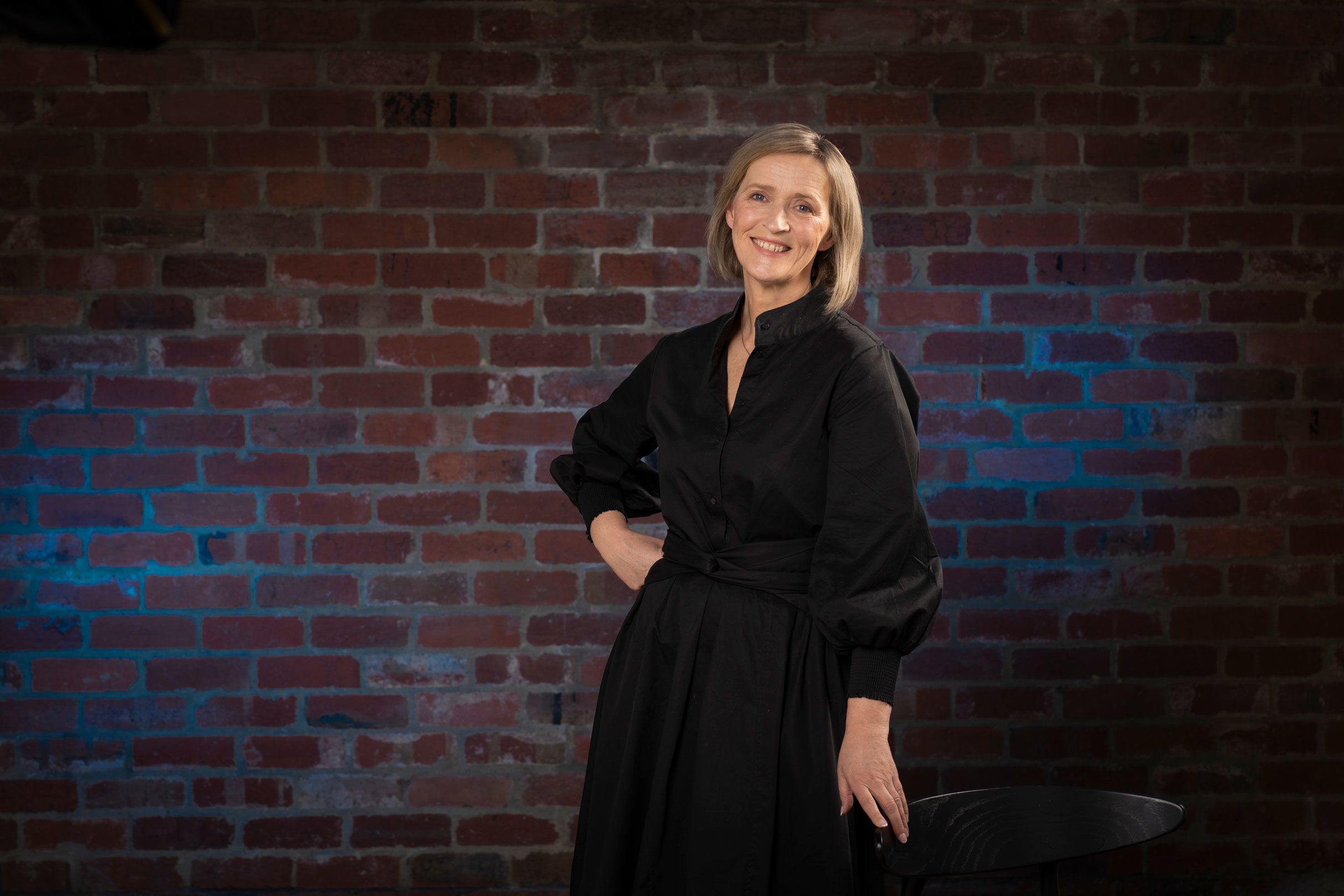
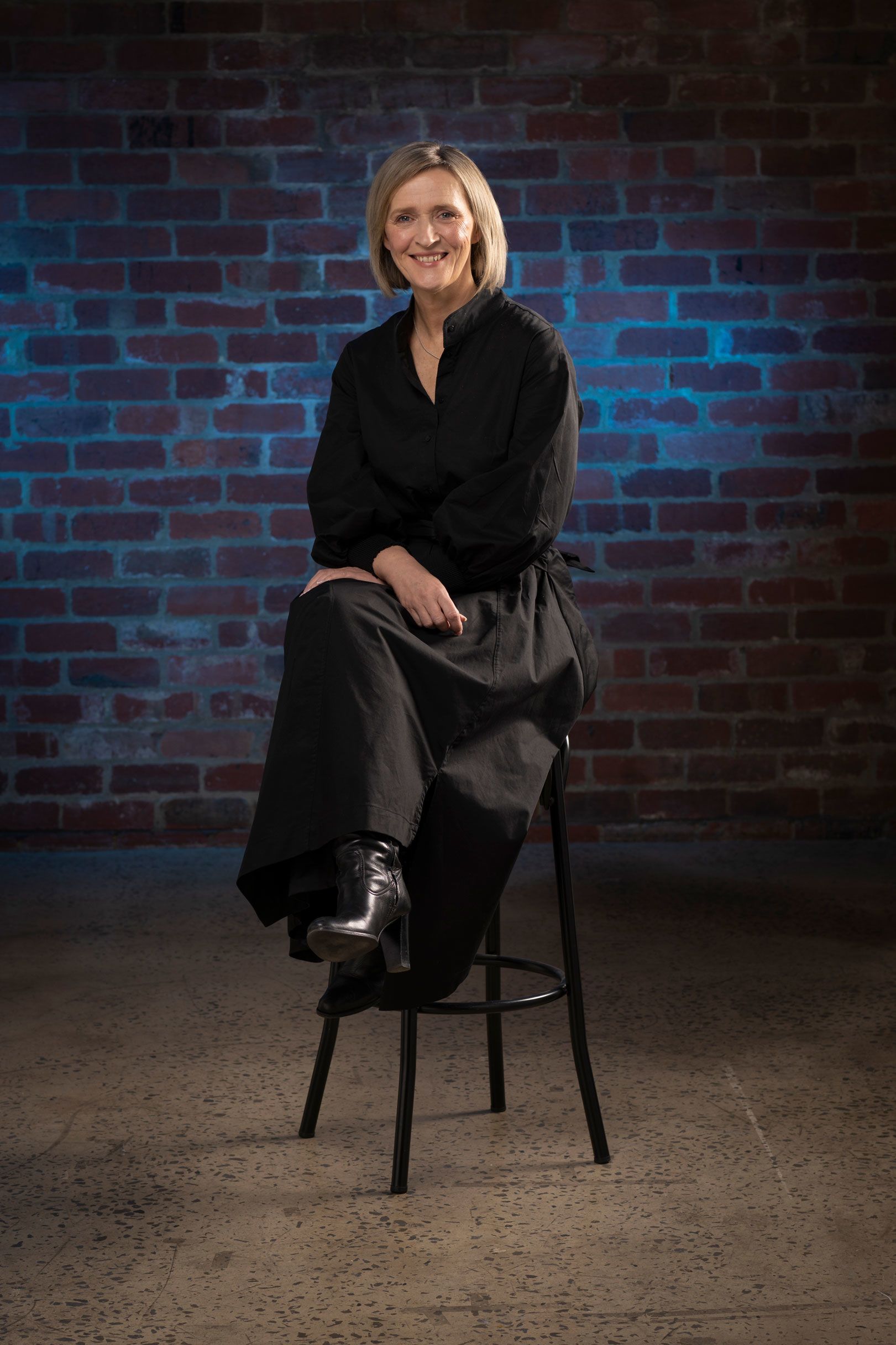
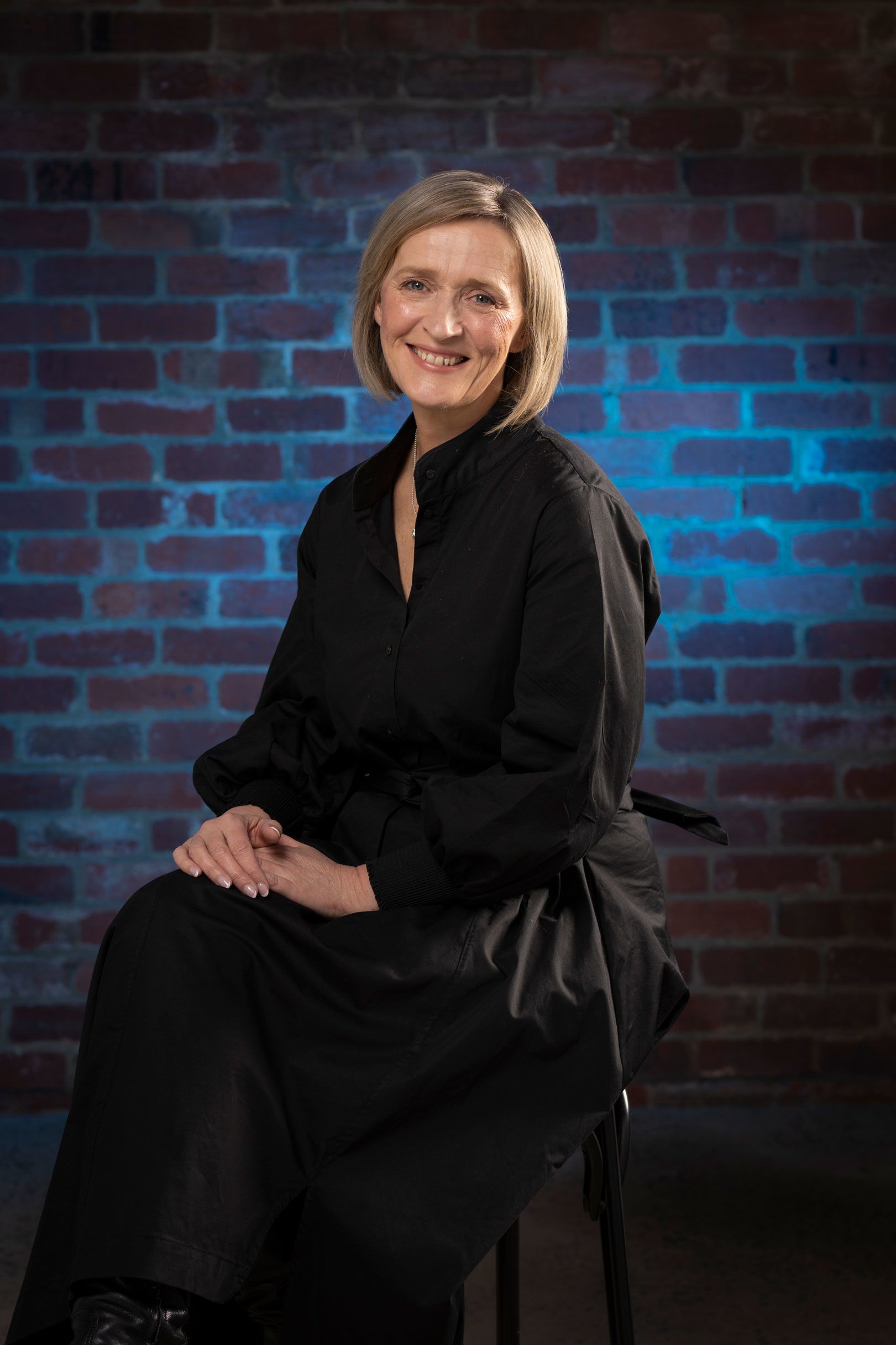

Julie Laycock caught the advertising bug as she progressed through her career in retail. Attentive toward customers' psychology and their attitudes towards brands, Laycock quickly developed an interest in influencing consumer choices. Now as an industry-leading CMO, her ambition to raise the bar and push boundaries has been quenched.
Although the industry has changed over her 30-year career, Laycock believes the essence of the discipline still holds true to its core tenets. She believes the heart of good marketing lies in the question of “How do we utilise customer insight to design, create and communicate experiences to deliver customer value and ultimately business performance?”
For Laycock, the answer to the question is to combine both science and art to creatively deliver experiences. However, this alone is not enough to be a great marketer. To set yourself apart, Laycock prescribes a necessary dash of courage and pinch of flair to excel.
Laycock’s vigorous enthusiasm for challenging advertising norms with panache may well have rubbed off from her first marketing ‘boss’ Phil Rumble, marketing director for Stella Artois in the UK. Laycock cited his bravery and ability to be true to the essence of the brand as something she has taken in her stride professionally.
“It’s also super important to have a strong team around me so that I continue to be challenged and not become stale or complacent.”
Whilst she looks back fondly at her early mentor, Laycock herself is in the process of creating her own lasting legacy. She’s been CMO for a staggering 16 years, a time Laycock herself admits to being a “ridiculously long time". But this extended period of time has enabled her to think very long term about the brand and ensured a consistent, sustainable approach to changing perceptions and building value.
“It’s also super important to have a strong team around me so that I continue to be challenged and not become stale or complacent.”
The adtech space is in a constant state of evolution but many argue it’s made marketers more accountable. Laycock agrees with this sentiment for campaigns and channels that are pure tech plays. But, in the world of 7-Eleven, which is still very physical, it can be hard to directly attribute benefit across all of the marketing channels available.
One marketing channel that has always worked for 7-Eleven is outdoor. Laycock shared her delight in the evolution from basic posters to smart digital screens that materially impact business performance. While print isn’t dead, Laycock states that print media in digital form is probably better suited, relevant and valuable to 7-Eleven’s customers.
In closing, making comments about what she looks for in a good agency, trust comes first and foremost. Laycock also establishes that 7-Eleven’s best relationships have always been borne from encouraging constructive challenges alongside clearly-aligned goals.

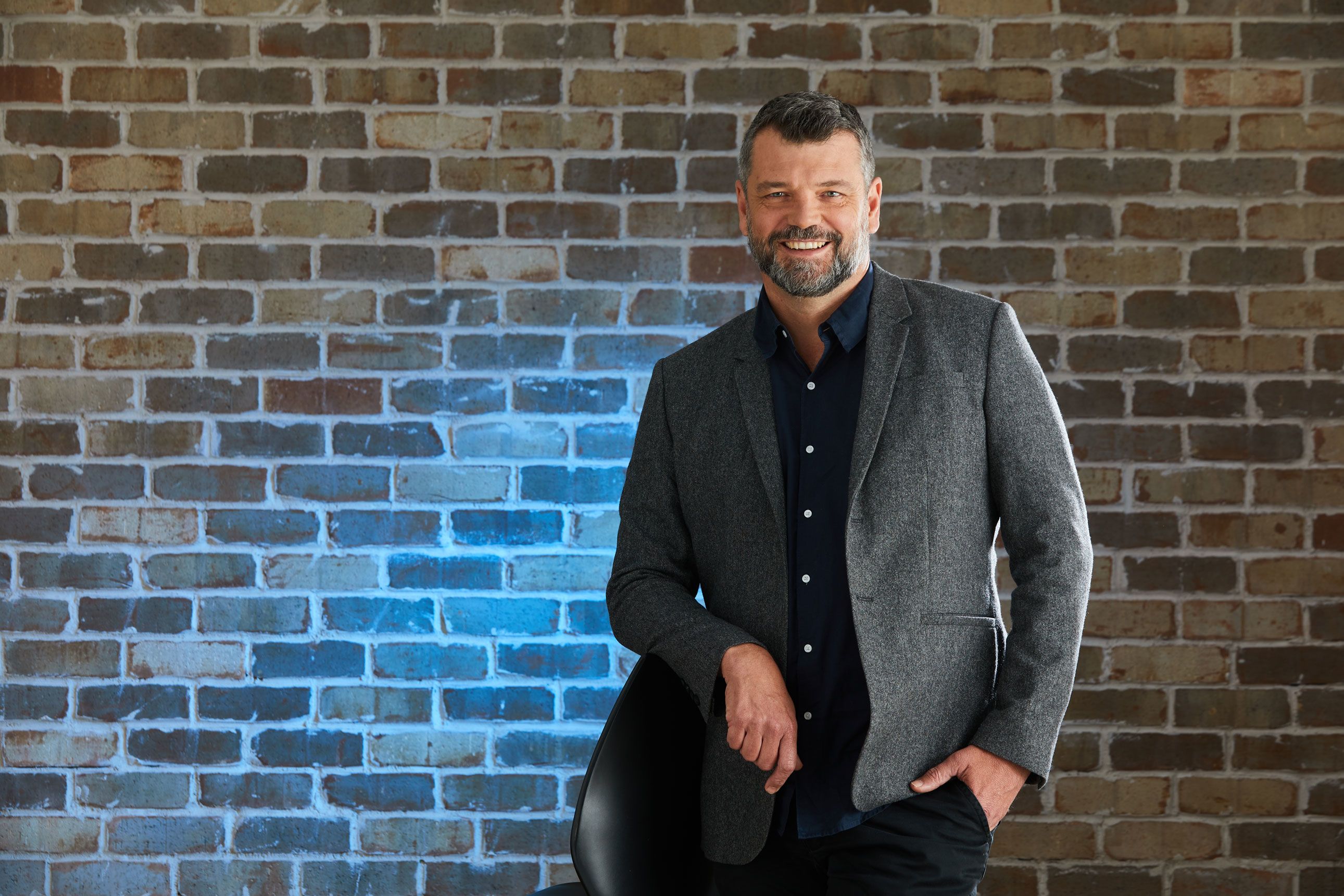

After finishing university, Jeremy Nicholas barely paused for breath before he found himself in the UK working for brand consultancy Red Spider.
Before long, Nicholas would jump over to the agency side where he spent time with Campaign magazine’s 1990s ‘Agency of the Decade’, HHCL, prior to returning Down Under for a twelve-year tenure with BMF Sydney.
Almost two decades into his career, Nicholas would finally go client-side and score his dream job in San Francisco as Visa’s head of global football, running their sponsorships and partnership with the 2014 FIFA World Cup.
He would eventually return home in 2016 and join Telstra as its new CMO.
And while it reads as quite the odyssey, Nicholas admits nothing in his career was “particularly planned or goal-driven”.
“I have always done work that I was passionate about at companies where I believed in the purpose... and it has worked out,” he adds
With a CV as extensive as his, it’s no surprise Nicholas isn’t short on advice and strategies for marketers, particularly in the midst of staff shortages and other pressing issues.
“Bring talent through your business. Promote from within and train people so they grow in their roles,” he says.
“A focus on growing and developing your talent is key. Create a flexible, hybrid working style and give them the tools and resources to work from anywhere. Create a strong, values-based culture."
“A focus on growing and developing your talent is key. Create a flexible, hybrid working style and give them the tools and resources to work from anywhere. Create a strong, values-based culture.
“Do all these things and your will retain your people and not be impacted by the [staff] shortage.”
Unsurprisingly, Telstra’s CMO couldn’t be happier with his current position, which he has held for over five years.
“I find it hugely beneficial,” he says. “It provides consistency of leadership, brand direction, strong partnership with your peers across the organisation and retention of team.”
And despite the criticisms often traded between agencies and clients, Nicholas remains certain good work will continue to result from mutual understanding between the two parties.
“Clients have to live with their advertising every single moment of every single day and face the rest of their company and the public on the work. Agencies get to go back to their office after a meeting and focus on another client or their next project.
“This creates bolder advice from the agencies and a deeper understanding of the benefits and risks from the client.
“If there is trust and mutual respect between the agency and their client, this difference in position can create healthy discussion, debate and great work.”
Harbouring a stockpile of experience and knowledge, Nicholas is the embodiment of what separates a good marketer, from a great marketer.
“Good marketers have great growth strategies and ideas. Great marketers get them made," he muses.
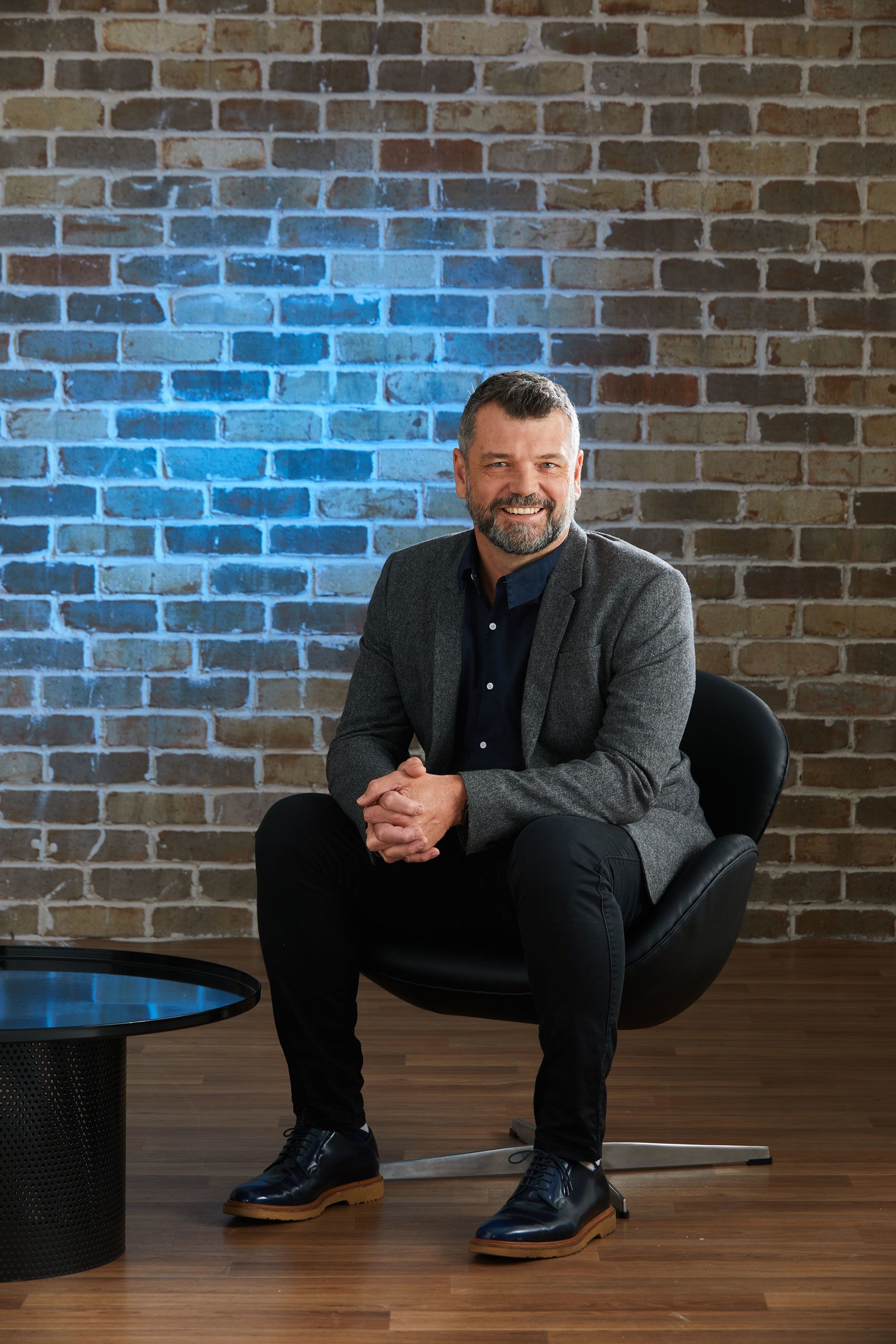
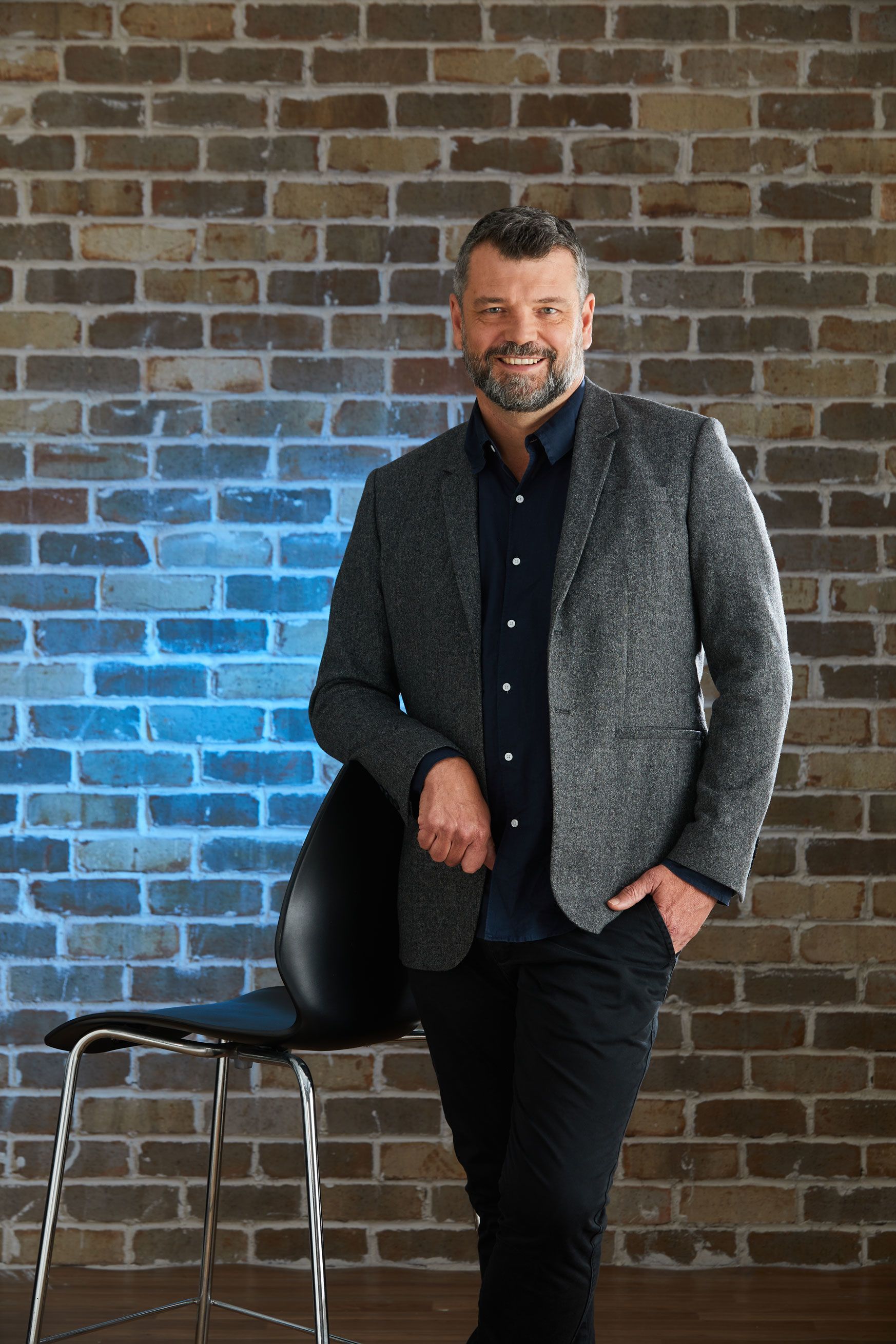

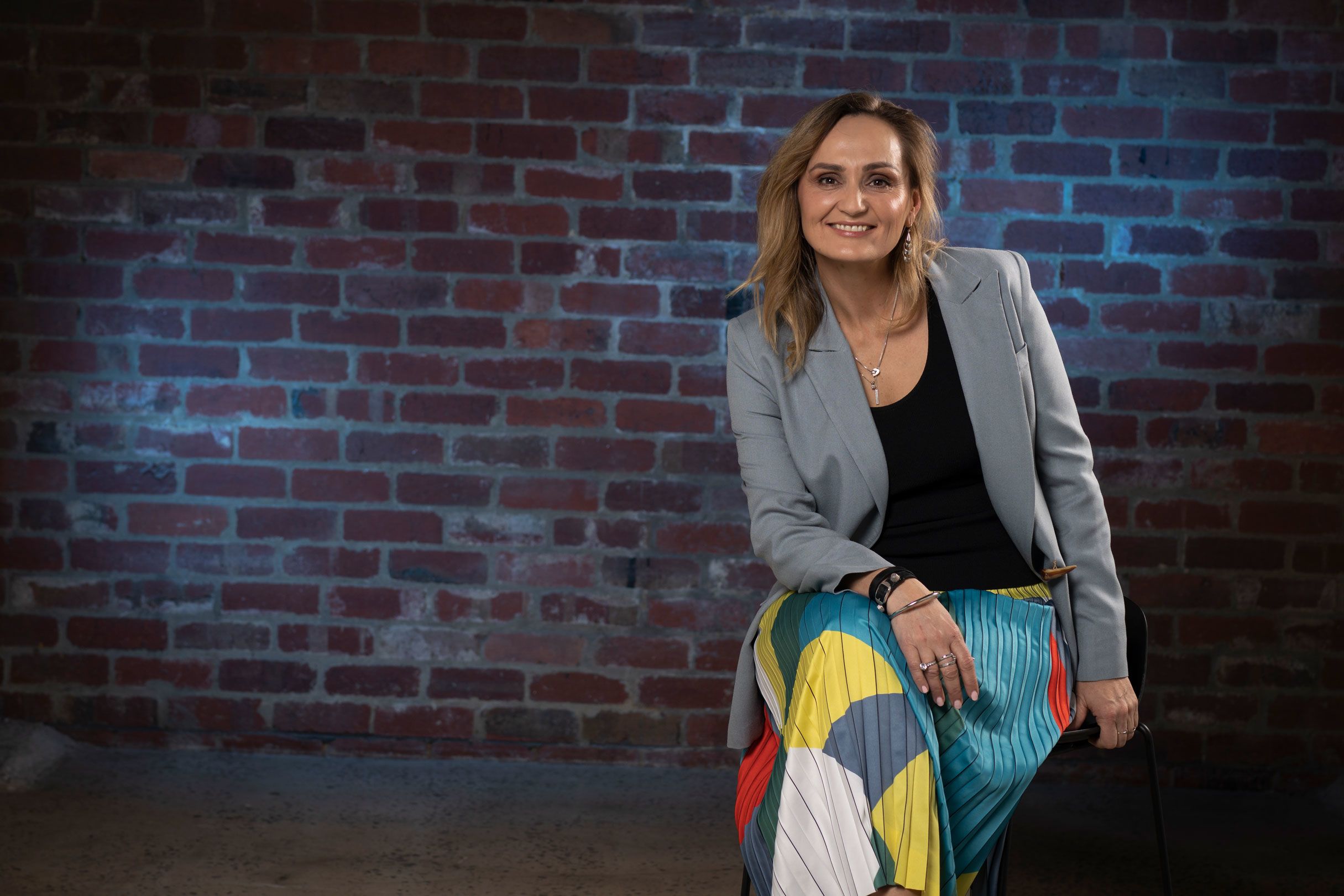
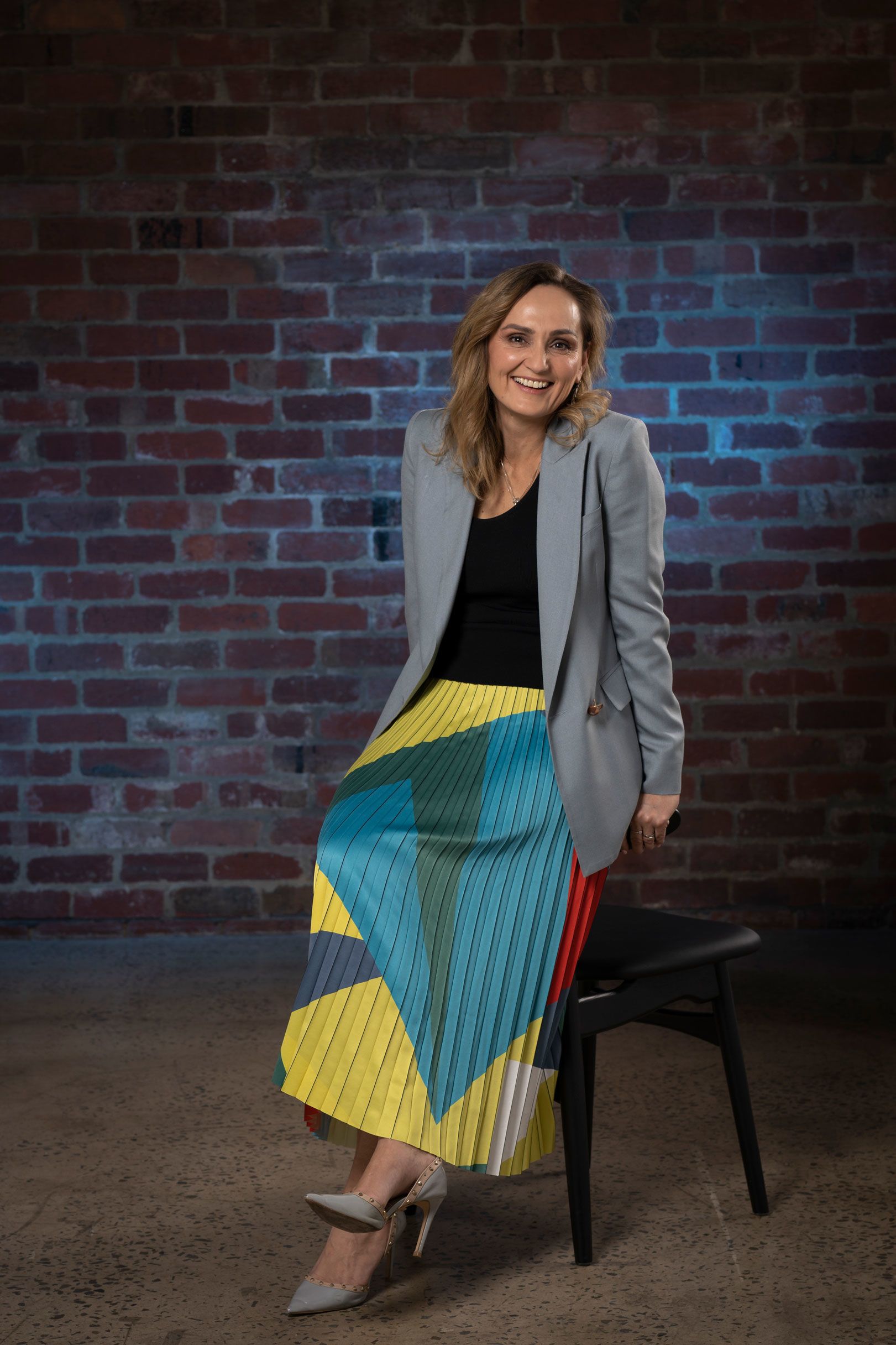
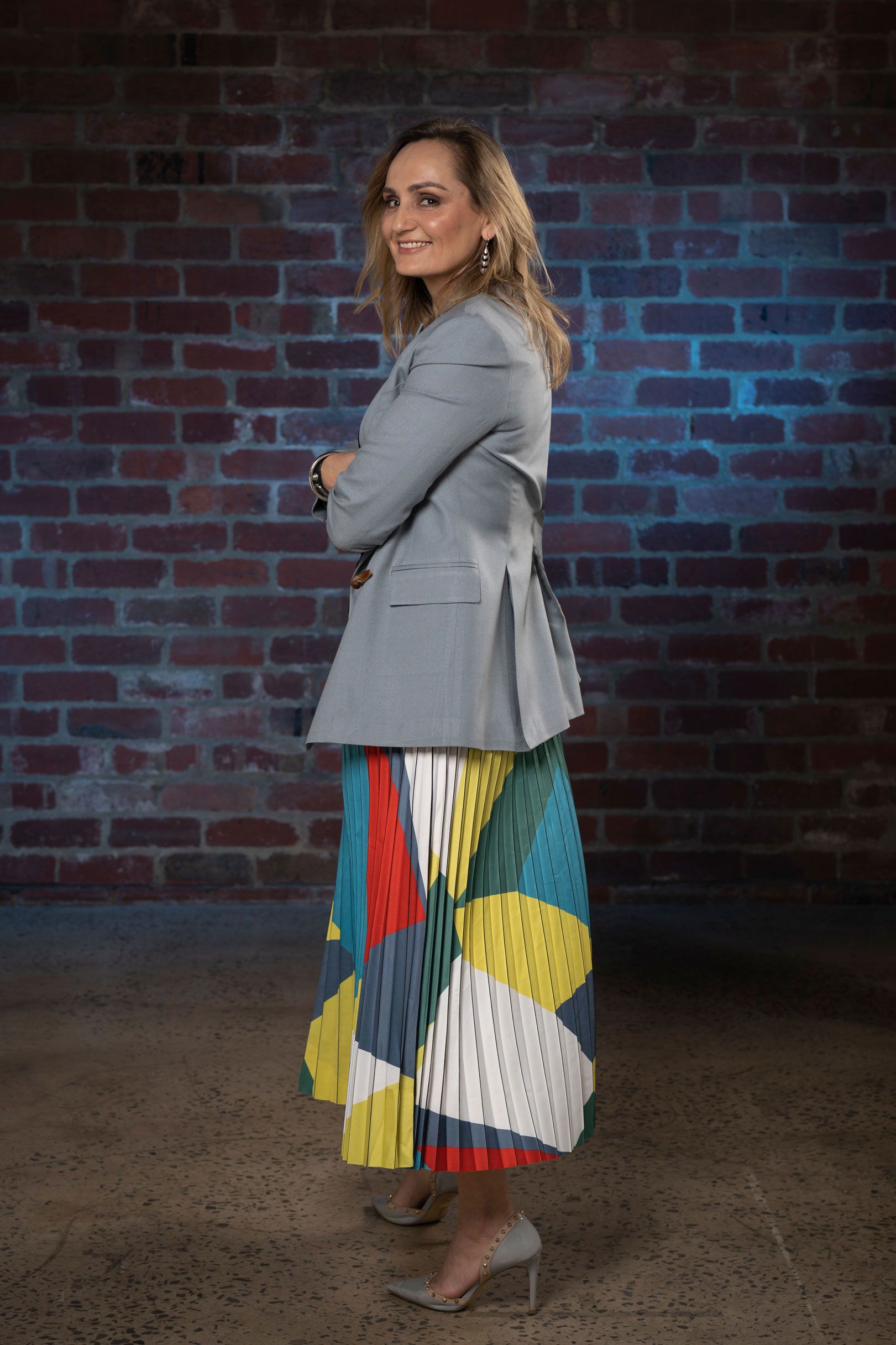

Suzana Ristevski fell in love with marketing through a process of elimination. She started studying law and economics at university but eventually, and thankfully, found her way to marketing.
Ristevski learned quickly in her career to not get caught up in job titles and instead focus on what she was going to learn. This explains why she’s known in the industry for being a CMO that has a thirst for knowledge and a real passion for empowering her team.
While Ristevski admits so much has changed in marketing over the years, she’s also aware much has stayed the same.
Ristevski revealing: “The components of marketing haven’t changed. You must understand the market and the customer, and you do that by building insights. You must understand which customers you are going to be targeting. You must understand your strategic capabilities and what your value proposition is going to be and then you must execute flawlessly. However, what has changed is you’ve got a crap more tools to execute and uncover insights.”
Interestingly, Ristevski defines a great marketer as someone who has a great amount of self-awareness. She explains: "Understand the difference between observations and insights. We know, as marketers, everyone has a point of view, and everyone makes observations. Great marketers know how to turn those observations into insights, insights you can use to drive forward.”
"Understand the difference between observations and insights. We know, as marketers, everyone has a point of view, and everyone makes observations. Great marketers know how to turn those observations into insights, insights you can use to drive forward.”
Still, while Ristevski has a firm grasp on what it means to be CMO, she doesn’t pretend it’s always easy. “It’s really a tough role, it’s tough because it’s one of those jobs that everyone is willing to have a point of a view on and it’s almost not considered a craft.
"You’d never put a non-financially trained person into a CFO role, but you’d absolutely consider a non-trained marketer in a CMO role. I think that’s wrong. If you want a CMO you should respect the craft, respect the position, and hire someone that is actually trained to do that role.”
Ristevski also brings a unique perspective to her role. While other CMOs would happily break down what channels work for them via print verse digital, she looks at things differently. “I’m actually going to say to our people there are thousands of co-workers that are interacting with our customers through all channels. In many ways these are the people that are the embodiment of our brand and marketing needs to work hard to support them,” Ristevski explains.
So, what exactly does someone like Ristevski look for in an agency? It comes back to that self-awareness. "For a good agency we have to be a good client, and being a good client means you have to trust your agency. How do WE make sure we are good enough that agencies are saying they want to work for NAB?”



A Dutch import with a lot to say and a lot to show, L’Oréal’s CMO Matthijs van der Putten utilised his interest in advertising and creative to put himself on the map as one of Australia’s most interesting marketing players. By combining his studies in business administration and advertising, van der Putten has ridden the boom of digitalisation, ecommerce, data and analytics into L’Oréal’s top marketing spot after years working in New York, Copenhagen, Amsterdam, and now Melbourne.
For van der Putten, the fundamentals of marketing have not changed. The L’Oréal CMO believes that marketers still need to have a super interesting proposition, and either a product or a service, or a combination of both, with very good consistent storytelling across all touchpoints. However those˜ touchpoints are rapidly changing. Van der Putten points to the beauty industry as an example of this. He believes that while print is still an effective marketing channel, it’s no longer appropriate for the beauty industry because it’s been overtaken by paid social media posts and influencers. Van der Putten says that while the fundamentals are the same, the nature of marketing has changed since he started.
One of marketing's core values for van der Putten, that was critical during the pandemic, is focusing on bringing brands back and the storytelling around brands. Marketing is all about the brand and not the person behind it, says the L’Oréal CMO, and the work that a group provides as a team. He believes that you can rotate the figurehead of a marketing team or agency, and as long as the underlying team is stable, there’s not too much to change. This brings van der Putten to what he believes a good agency is.
“A good agency is the agency that can find the whitespace."
“A good agency is the agency that can find the whitespace. So what is the whitespace? First, it is my competitors because the beauty industry is a mature market, with lots of competitors. So where can I compete that no one else is competing? What channel is emerging that I can see that my competitors haven't exploited yet? Or what is a storyline that others haven't used yet that really matches with my brand values?”
While the world of tech ravages marketing and marketers struggle to find the whitespace, van der Putten still believes that a TV ad is the most effective and efficient advertising style. He believes it is the best way to reach a mass audience in a western market due to its succinct nature. But he also values the ability to combine art and science in the modern adtech world to tell a great brand story. This is what the L’Oréal CMO believes is critical for an excellent future-proof marketer.
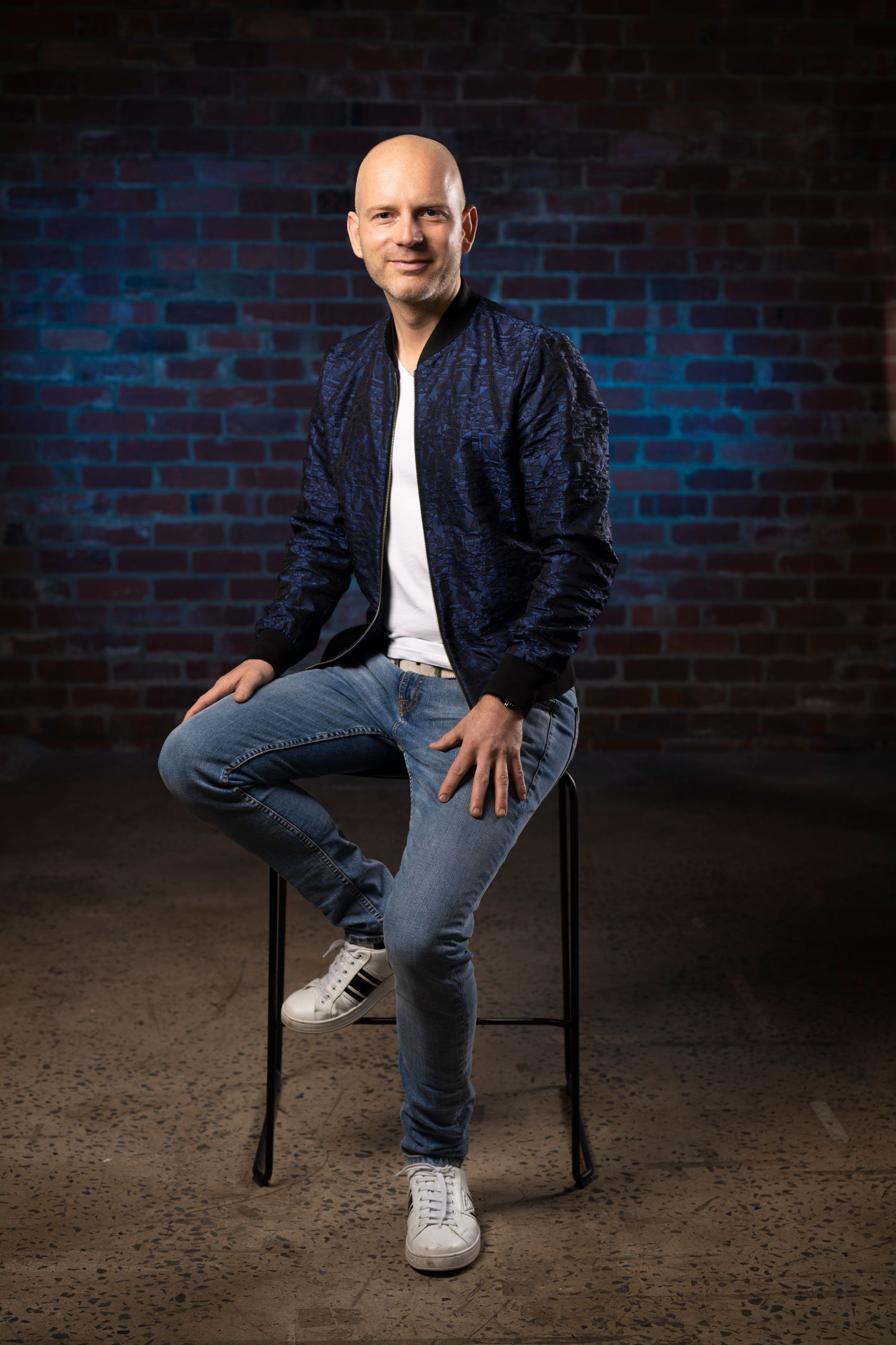


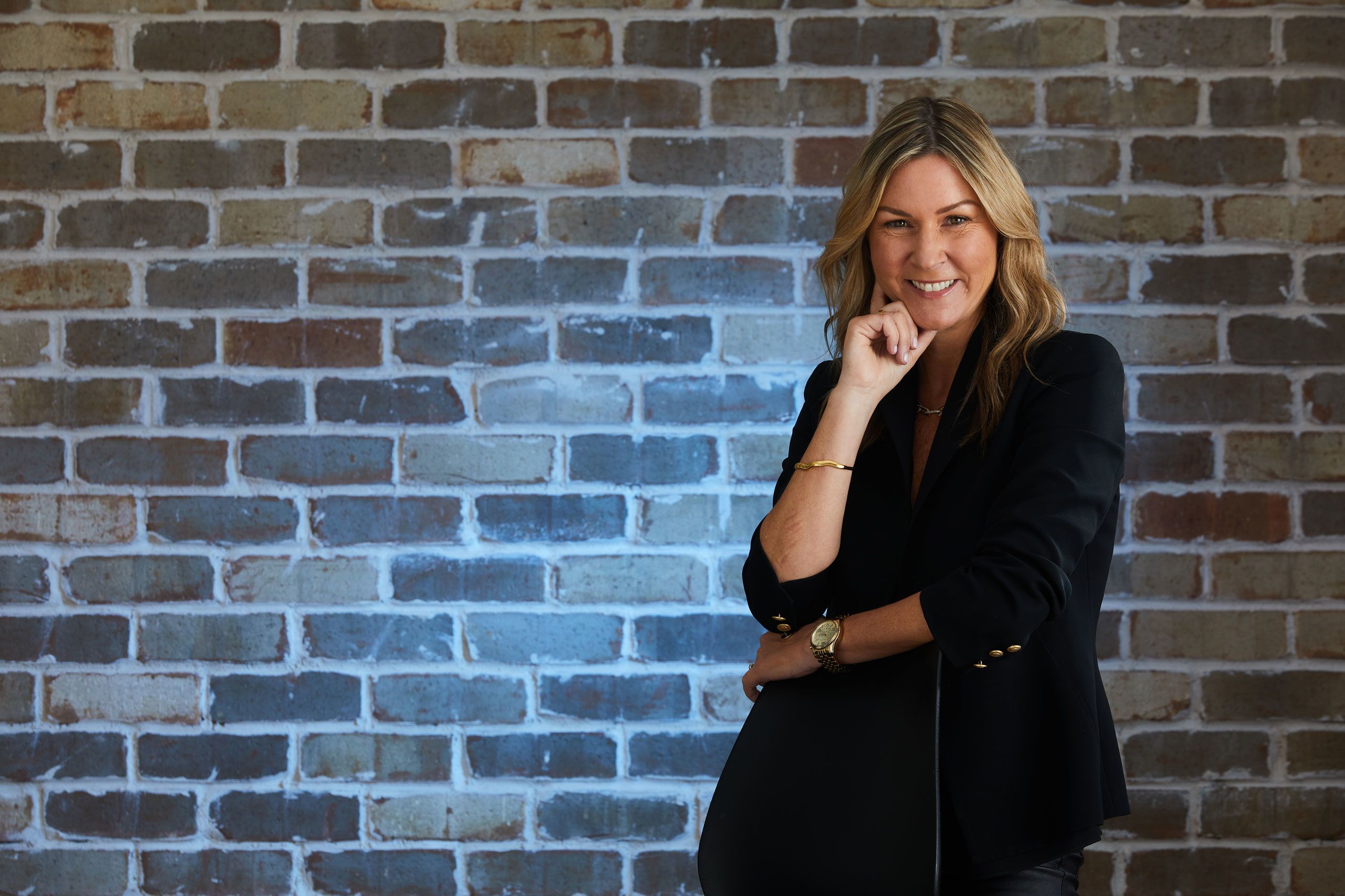
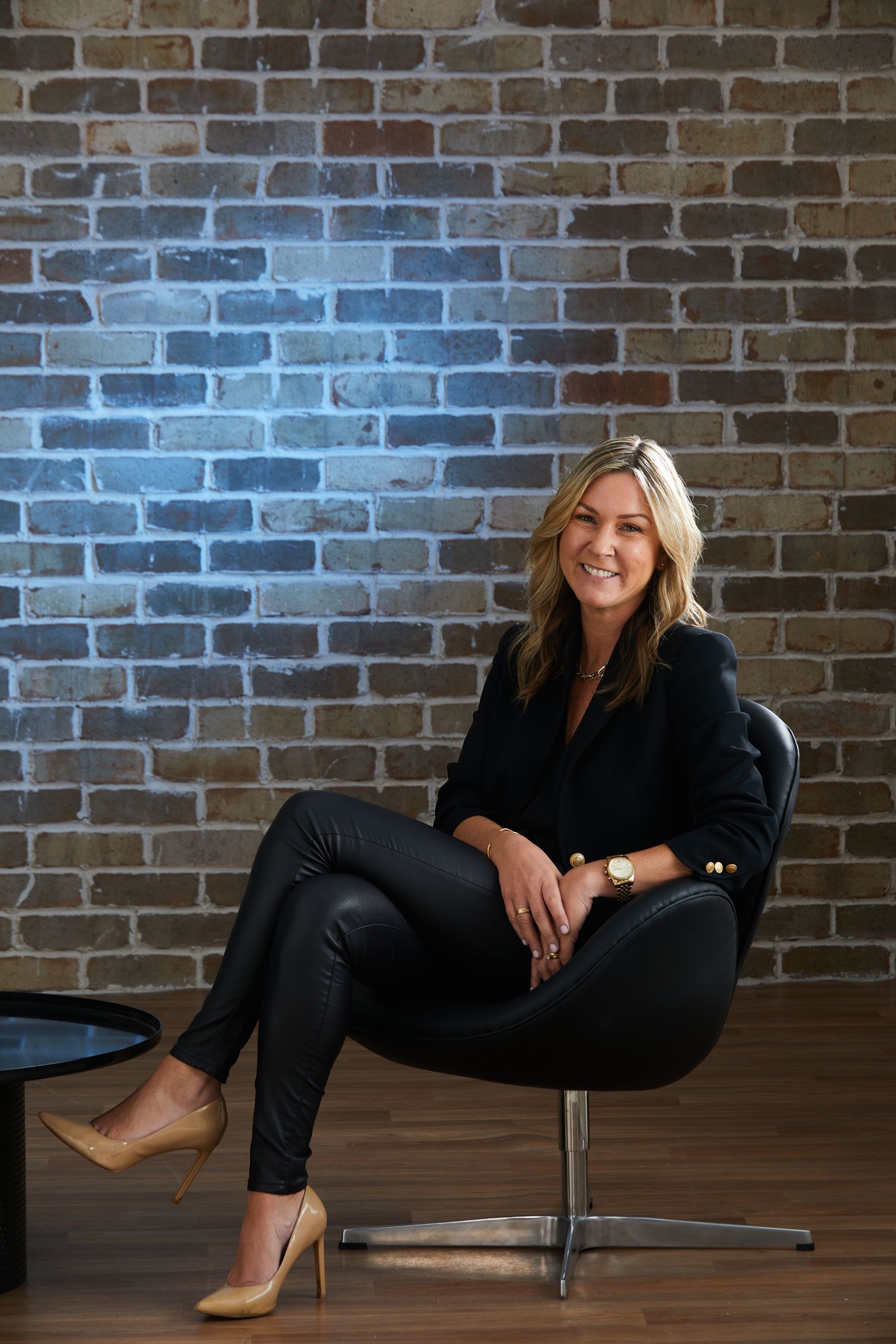
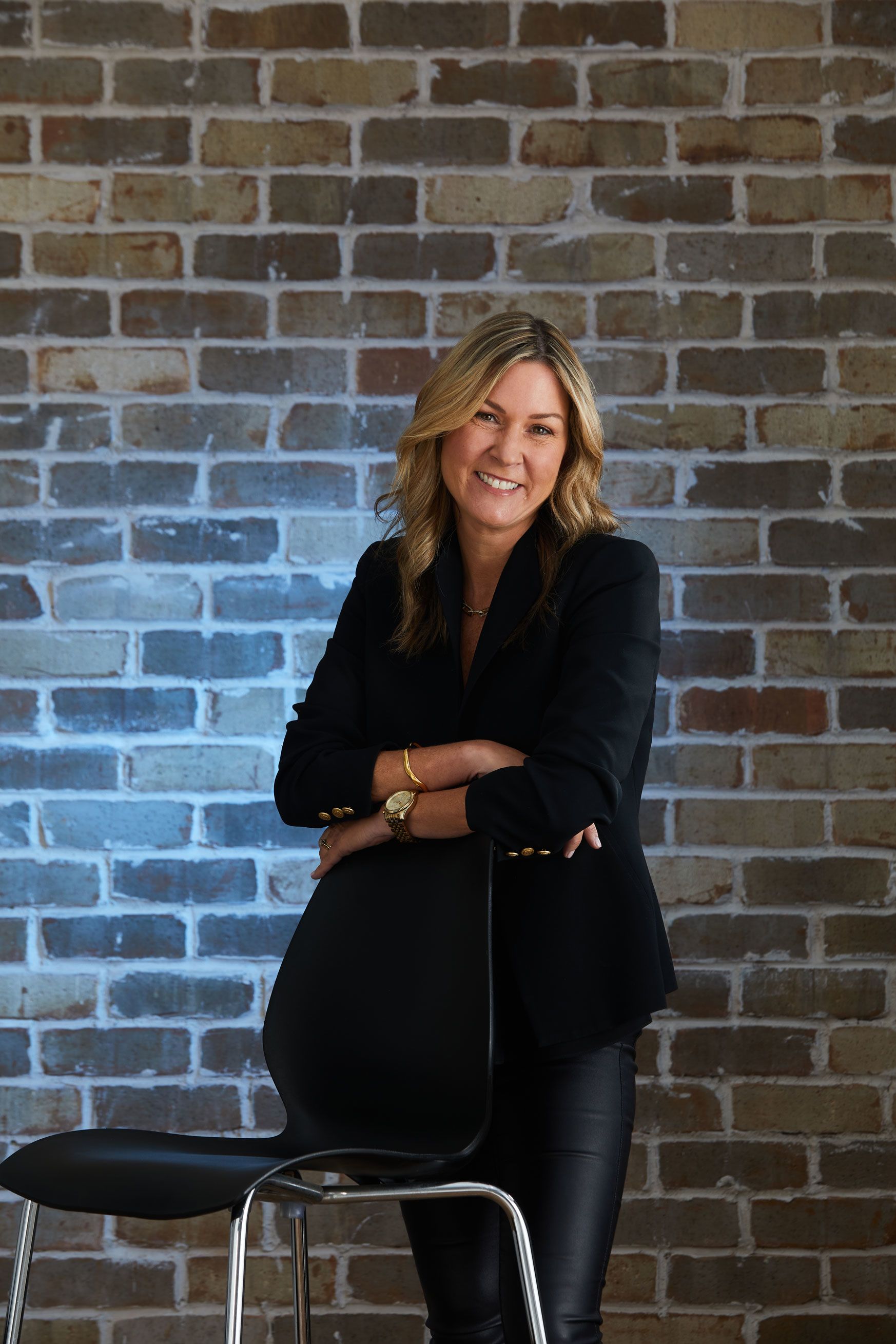

Following in her mother’s footsteps, Mim Haysom has taken the marketing route right to the top and had her passion for the power of creativity heard. For Haysom, marketing is about driving growth for an organisation by connecting with customers and creating the opportunity for a value exchange. While the marketing fundamentals stay the same, the executional elements and skills required to deliver have changed and that is why Haysom is passionate about Suncorp’s marketing.
This ever-changing world of marketing requires agility and a curious mindset, says the Suncorp Group CMO, because a great marketer never stops asking "why?"
For Haysom, a great marketer is constantly reading the market, understanding the changing customer dynamic, and has the agility to change the plan or pull different strategic levels to respond to a problem. She values someone that understands the changing nature of work, that understands the business problem they are solving for, and prioritises and implements the right technologies and partners to take the business forward. This is why Haysom does not like to limit her scope on potential marketing channels.
“Whilst we naturally track each individual channel contribution to business outcome, we have enough maturity to recognise that it’s the combination and interplay between each channel and the balance between demand generating and demand converting channels that are important for us.”
“Whilst we naturally track each individual channel contribution to business outcome, we have enough maturity to recognise that it’s the combination and interplay between each channel and the balance between demand generating and demand converting channels that are important for us.”
Haysom’s broad scope when it comes to marketing channels does not mean that she doesn’t value the unique work of particular channels. She believes that print media has always been effective, it engenders trust and gets attention amongst readers, while also valuing campaign’s like Uber Eats’s "Tonight I’ll be eating". This broad appreciation of the marketing scope influenced Haysom’s, and the marketing team at Suncorp Group’s, response to the pandemic.
When everything changed, marketers had to respond to the changing needs of the customer. Brands were expected to deliver faster, and in a more relevant and meaningful way, so the team at Suncorp had to step up. Haysom and the Suncorp team introduced improvements to digital sales, service and claims experiences; offering free roadside assistance for frontline workers regardless of whether or not they were a customer, and supported a vaccination message. This, Haysom says, helped build trust with Suncorp’s customer base.
When asked about the relationship between customer and brand, Haysom said a brand needs to deliver on the foundational level of trust required of them. It’s after this is established that they can build to being a brand that a customer loves, something that has always been quite rare in customer-business relations. In order to reach that level, according to Haysom, a marketer needs to be multi-skilled, customer-obsessed and a collaborative business leader.

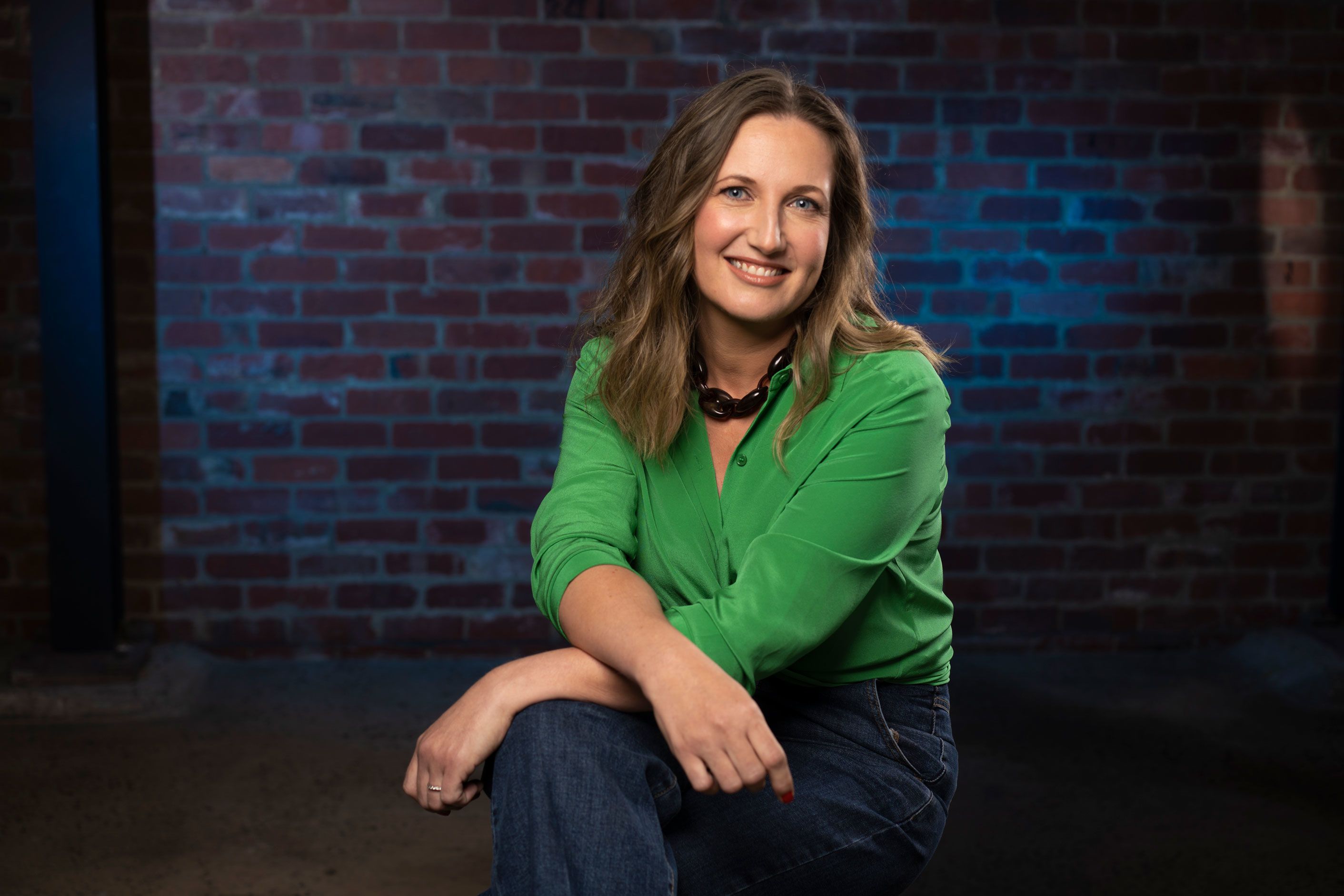

Having found herself in marketing indirectly, Vladka Kazda emerged from the dotcom crash into marketing initially just to diversify her employment prospects. It was there that she found her sweet spot and passion – digital marketing. Beginning her career in SEO at a little known start-up called Carsales.com.au, Kazda capitalised on the company's exponential growth and finessed her marketing expertise as the company took off.
For Kazda, marketing today is all about creating a value exchange and orchestrating customer experiences. What used to be considered straightforward has become complex and multifaceted in the marketing game and this couldn’t be truer when it comes to customer expectations. This influences what the Xero CMO admires in a business person - an unrelenting passion and determination to create compelling customer value. For many CMOs and marketers, this requires “understanding the basic plumbing in order to manage stakeholder expectations around complexities and timeframes".
But while Kazda understands the complexities involved in marketing, she also emphasises the need to balance art and science when it comes to tackling the ever-changing adtech space.
“It can be challenging staying across the many solutions and deciphering which approach is right for a given business maturity and systems,” Kazda says.
"As marketers, our role is to champion the use cases and work with specialists to create beautiful customer outcomes.”
“This is where cross-functional relationships with program, data and technology teams are so critical. As marketers, our role is to champion the use cases and work with specialists to create beautiful customer outcomes.”
However, the ever-blooming realm of adtech is not the be-all for Xero’s marketing as Kazda points to simple advocacy and word of mouth as the one marketing channel that’s always worked for Xero.
“There’s a flywheel effect of accountants and bookkeepers recommending Xero to their small business clients, and small businesses in turn using and promoting Xero to their own networks,” she says.
While Xero tried to maintain this same type of engagement online throughout the pandemic, it was never quite the same. But this brought Kazda down to what she believes is key for a good agency, service and strategy. A good agency, be they creative or media, should feel like an extension of your marketing team and show as much care and passion, according to Kazda. And this was so important during the pandemic.
Kazda says that in the face of some players pulling back during the pandemic, Xero doubled down, increasing its presence in-market and upping direct communications with customers, which paid off because the tech company saw an increase across all brand indicators and customer engagement. Kazda drives Xero’s marketing with this hands-on approach and by striking a creative balance and staying on strategy she pushes the company forward as an orchestrator of customer and brand experiences, digital and physical.
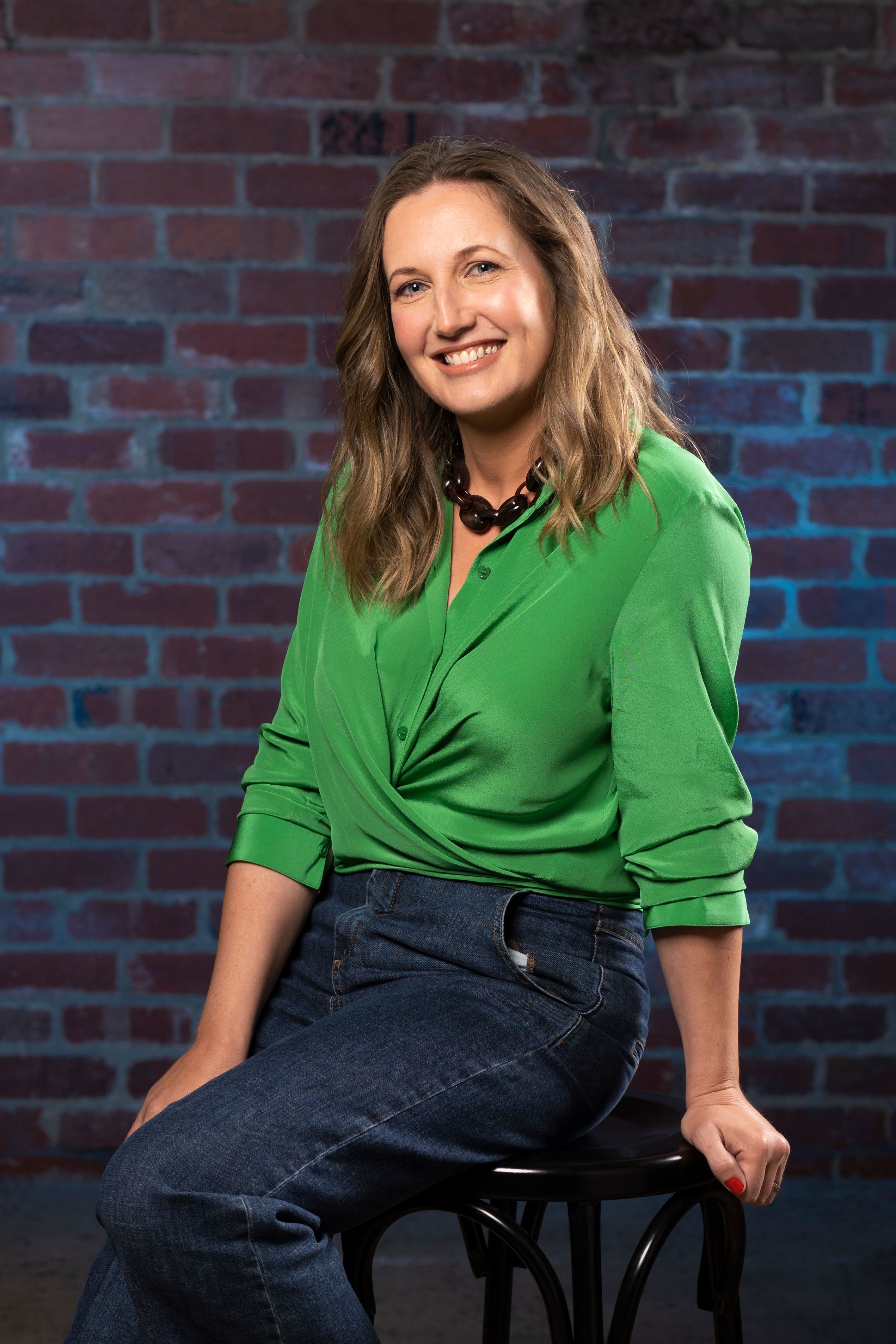
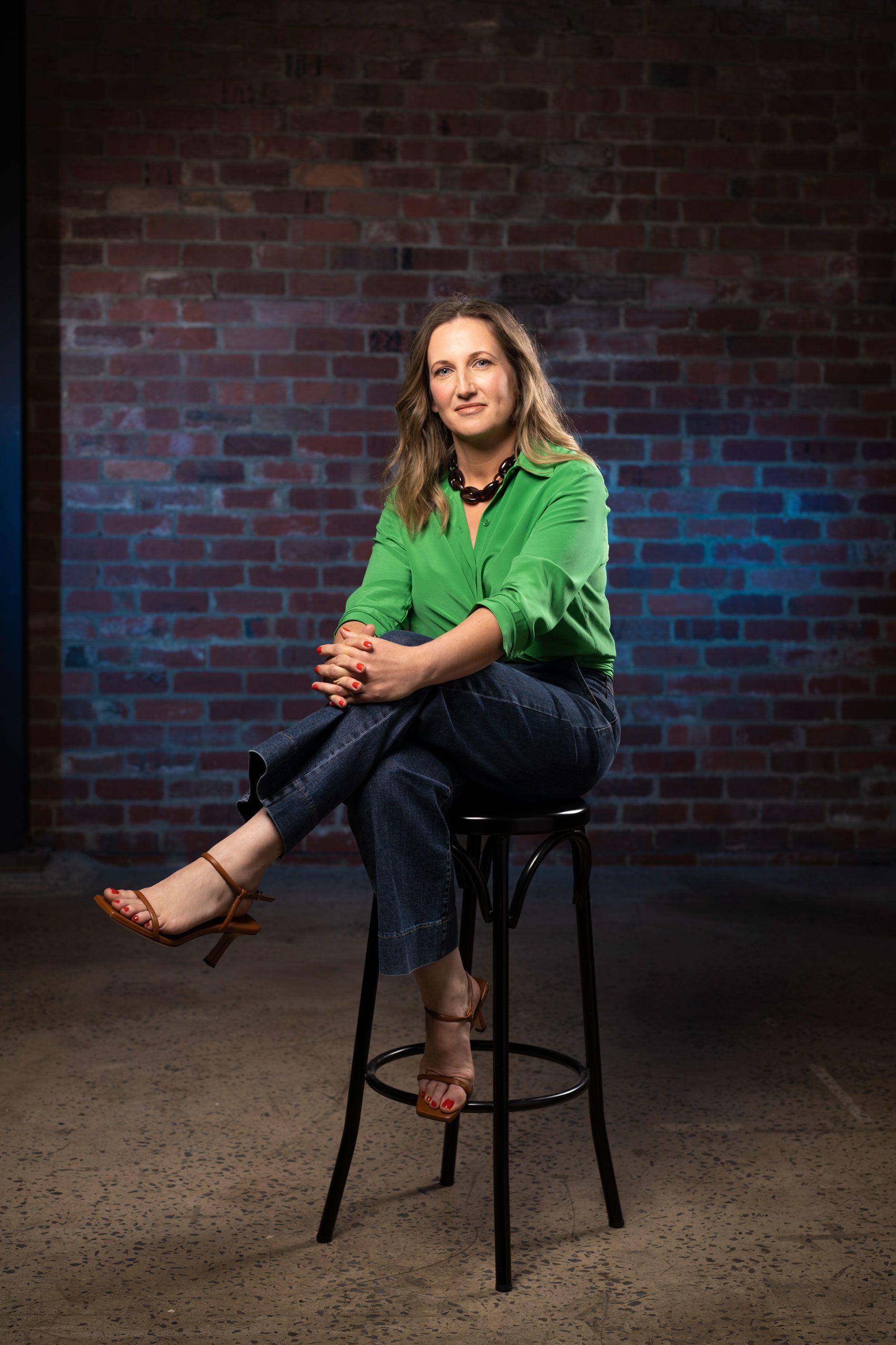

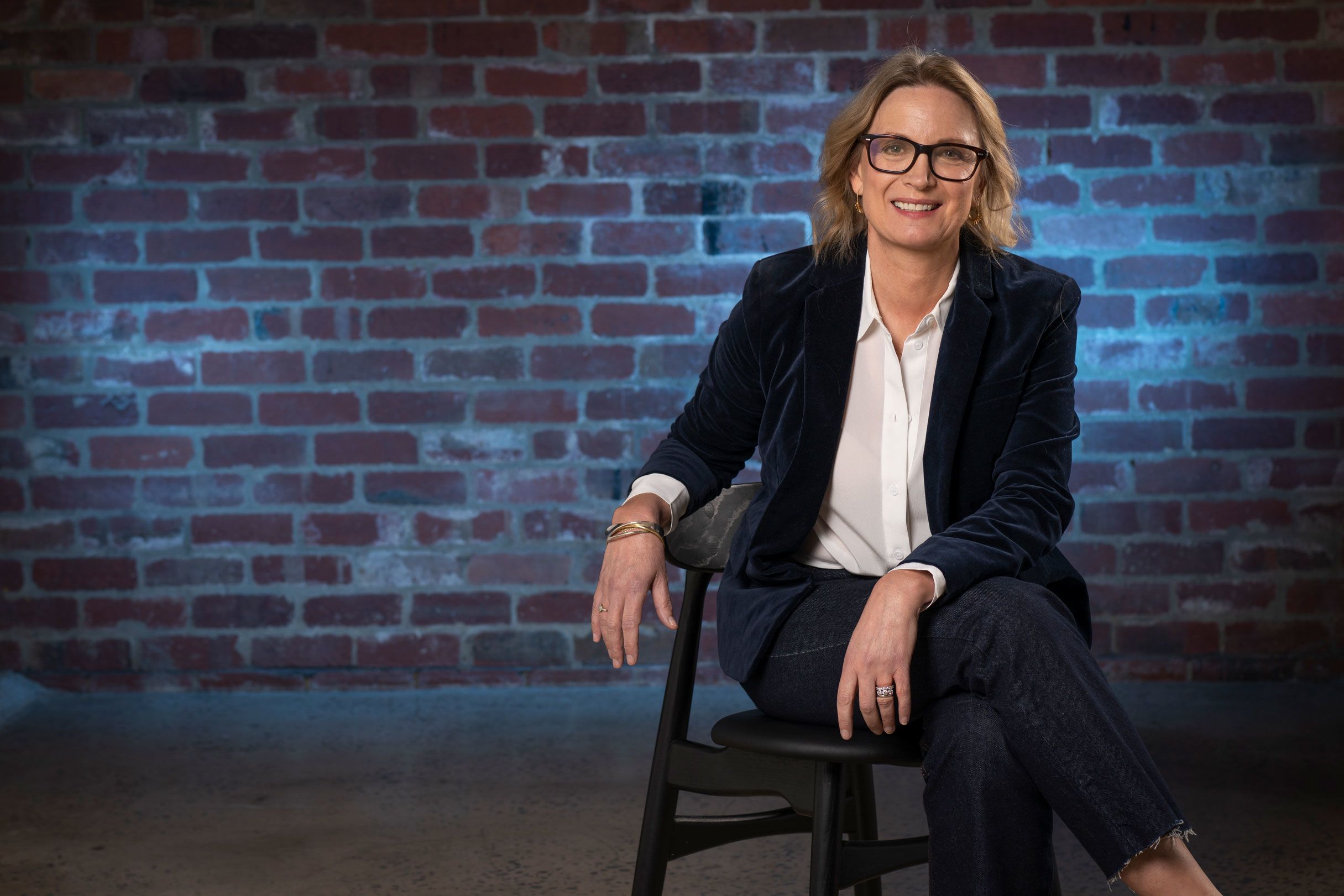
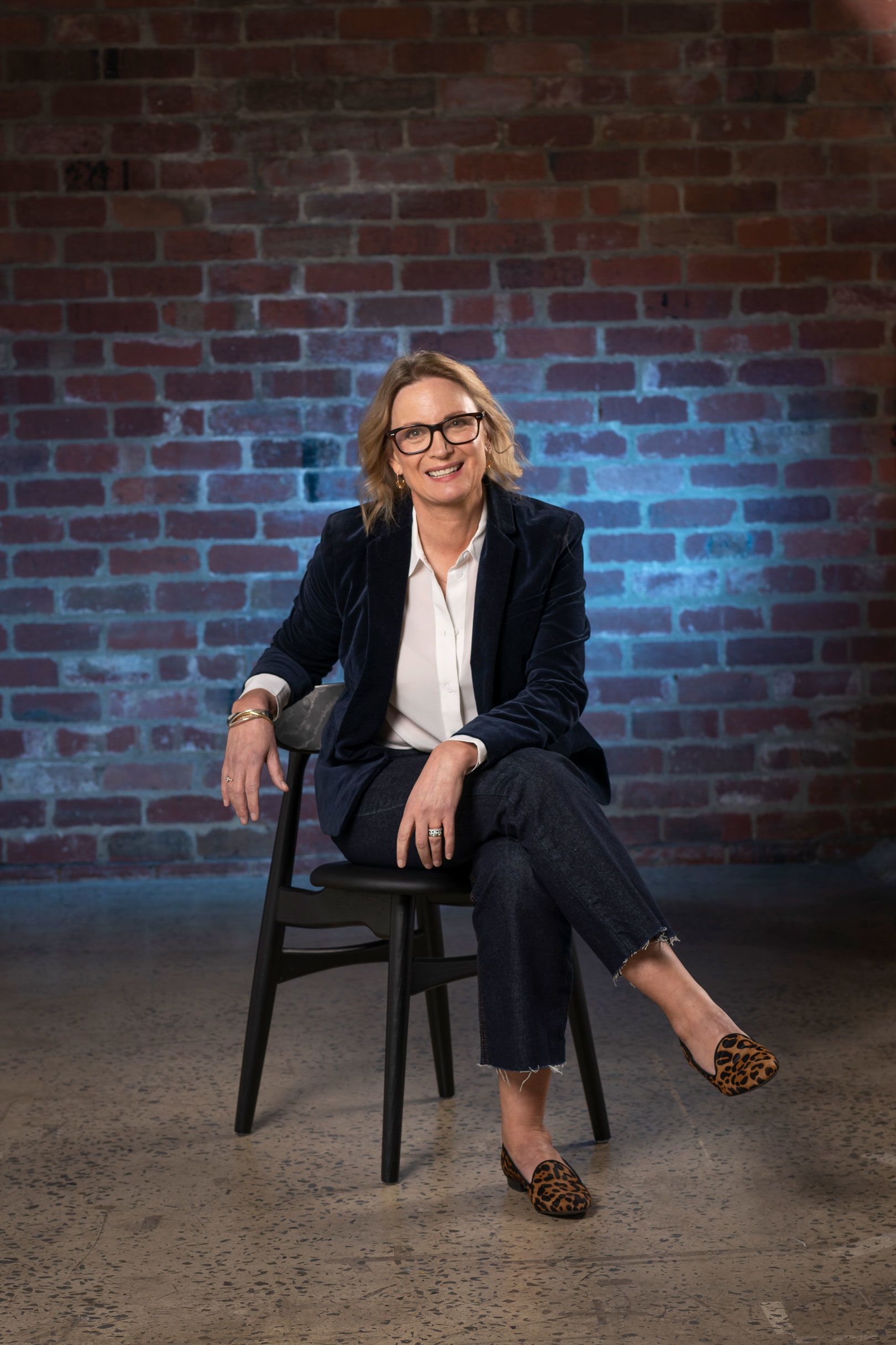
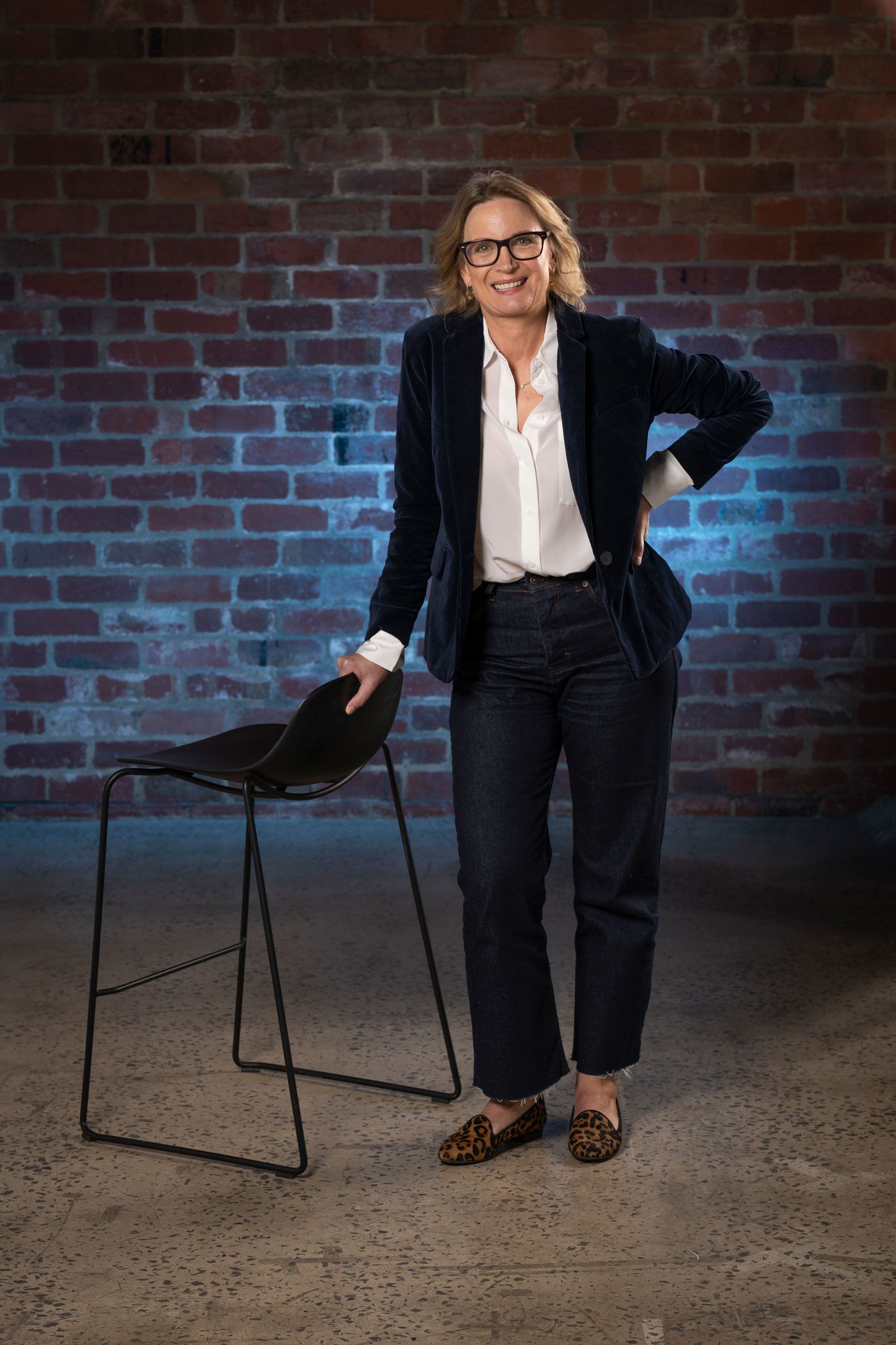

Having grown up watching commercials being worked on, Amber Collins has always had a natural affinity for the advertising industry. So strong are these early memories, Collins can still sing most ad jingles from her childhood. However, since these halcyon days, so much has changed as much as it has stayed the same.
Collins believes marketing is defined by the enduring question - how do I get customers to choose my product/service over others? While this key question has stood the test of time, she acknowledges that great marketers’ skillsets have expanded and changed.
While on the subject of great marketers, Collins affirms that the best ones create or see product/service/experience opportunities first. Additionally, they do a good job of taking them to market. In other words, starting with the fundamentals rather than starting with promotion. Perhaps her strongly held conviction in this philosophy goes some way to explain her admiration for Sir Jony Ive (famous for being Apple’s chief designer.)
The COVID-19 pandemic has wreaked havoc on a number of industries and reports show marketing hasn’t been spared from the carnage. While many companies have been forced to adapt or die, interestingly Collins hasn’t changed Australia Post's marketing strategy per se. Instead, Collins says what she did change was the marketing department’s more focused, collaborative and confident approach.
“Great marketing is appreciated at all the companies I’ve worked at for its power to transform performance. The more this is understood, the better it will be for attracting talent.”
Despite Collins' optimism, all the reports are that we’re in the midst of a marketer shortage. She attributes this to some of the gloss coming off the industry. The work has become harder and expectations have risen exponentially . Nonetheless, Collins considers any talk of marketing as being out of the C-suite narrative as categorically mistaken.
“Great marketing is appreciated at all the companies I’ve worked at for its power to transform performance. The more this is understood, the better it will be for attracting talent," Collins says.
One of the biggest changes for marketers has to do with technology's permeation into the profession. Some argue that marketers will struggle to keep up with the ever-evolving adtech space, but Collins remains buoyant. With a glass half-full attitude, Collins envisages an abundance of learning opportunities that will be shared by industry, partners and colleagues.
Though looking toward the future, as any good marketer should, Collins hints at a slightly unusual prediction. Despite digitisation taking over, Collins thinks the future belongs to the marketers who put people front and centre. That is to build relationships with executive peers, attract top talent, create great teams and foster productive relationships with agencies.
Collins champions relationships because if she’s learnt anything over the last year, it’s that having people who can work collegiately to help understand customers and market opportunities will be distinguished.

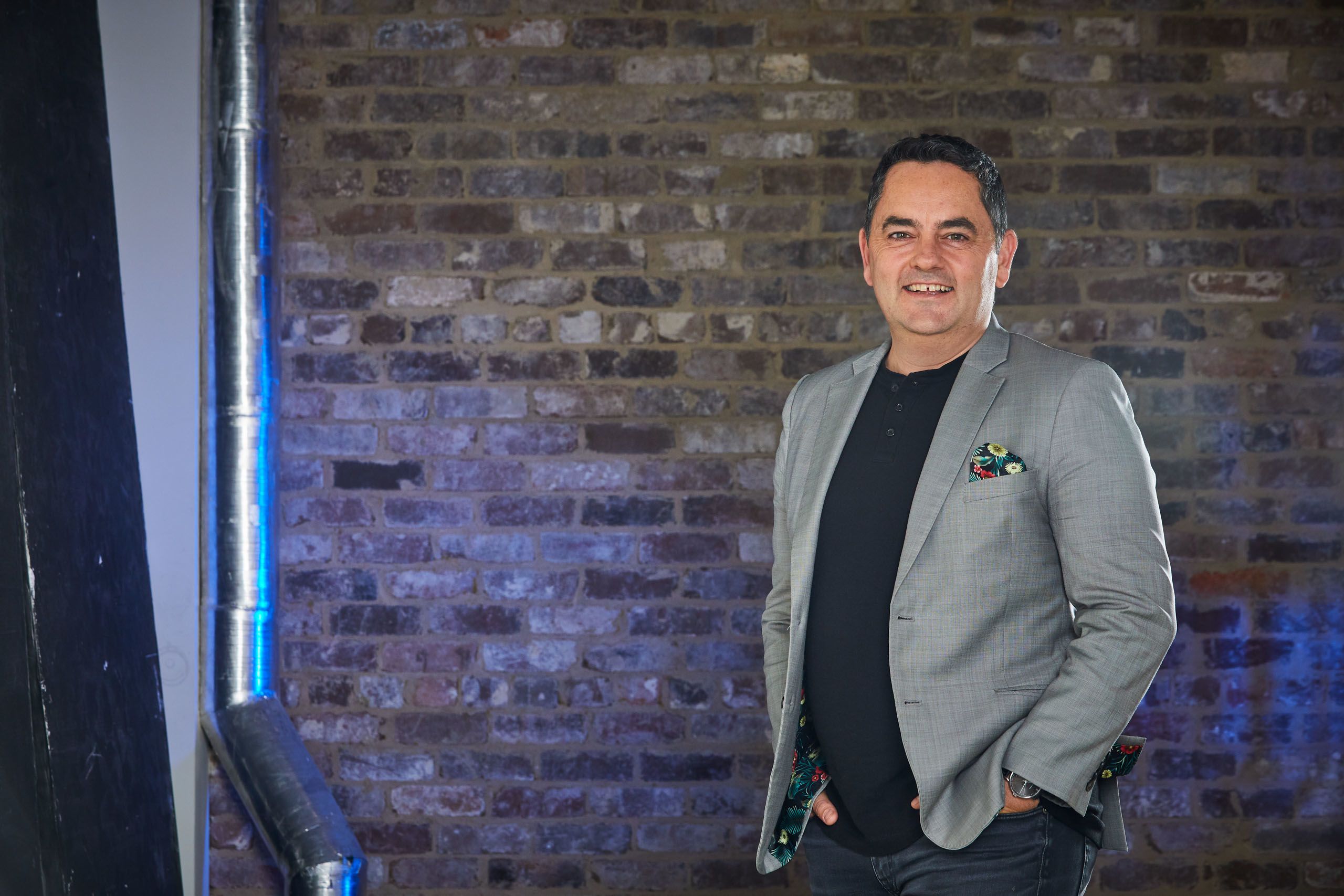

Josh Grace is the former CMO of Samsung and known for his fearless approach to marketing. Advertising is in his blood; his father Frank Grace was the CEO and chairman of Leo Burnett’s Asia Pacific and Grace grew up playing in the halls.
Becoming a CMO wasn’t exactly his plan, at least not originally, but it was a role that seemed to be his destiny. Grace has always been courageous and bold in his marketing moves, so it was unsurprising that he told B&T that the best kind of marketing is done with “courage and tenacity". He believes marketers need to have the courage to create brave work and the tenacity to fight to protect it internally. This is why Grace cites Elon Musk as a brilliant marketer.
Grace says: “He may deride advertising, but he is a brilliant marketer. He has a clearly stated mission to accelerate the world’s transition to renewable energy.” Grace also thinks brands need to make sure they aren’t overpromising or losing sight of what is clear messaging. He cites KFC as an example of a brand having fun with its marketing without overcomplicating things.
He explains: “People just love to indulge. KFC have worked out you just need to make that fun and give them permission.”
During his time at Samsung, Grace found that brand marketing was able to stay on track during the pandemic because it had consolidated its agency roster from a village of specialists to a group agency model.
Grace explains: “Having one agency really helped us tighten up on brand consistency, create agility, transform our media model, with transparency improving our media buying efficiency enormously. So, when COVID hit, we could pivot to promoting products central to the work from home revolution, with a significant share of voice, despite the obvious budget constraints we all felt.”
Of course, it can’t just be any old agency and it has to be one that is prepared to understand the brand and not just try and make a name for themselves.
Grace adds: “Your creative partner needs to live and breathe the brand as much as the CMO and protect that consistent trajectory. Not try and make their agency famous with one-off creative moon shots.”
Grace is also honest about the pitfalls of being at the top, he explains: “Marketing is a strange profession; everyone believes they are a marketer and know best. Then marketers get held to account when things don’t happen overnight, forgetting it takes years to build a great brand and moments to destroy it.”
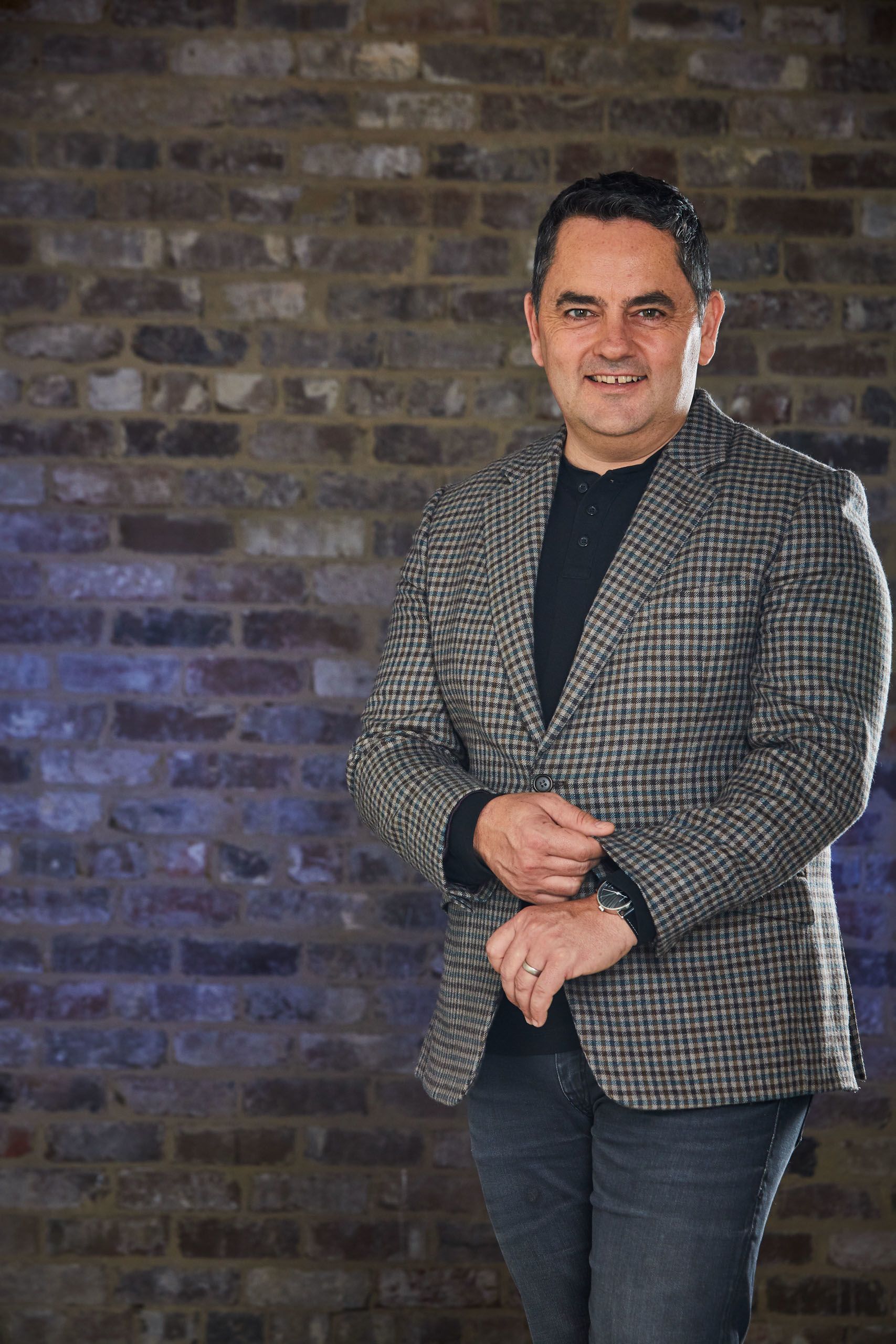
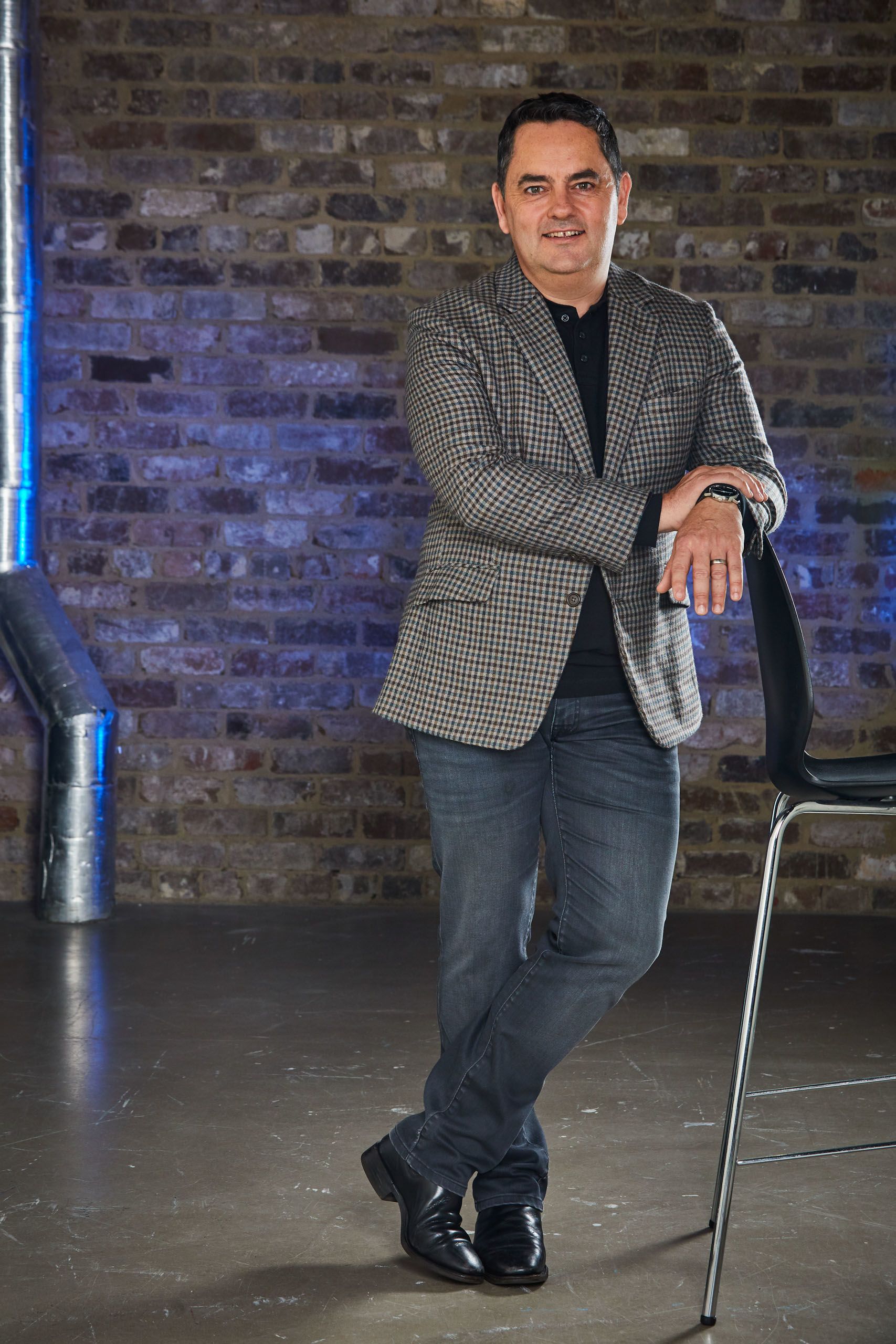

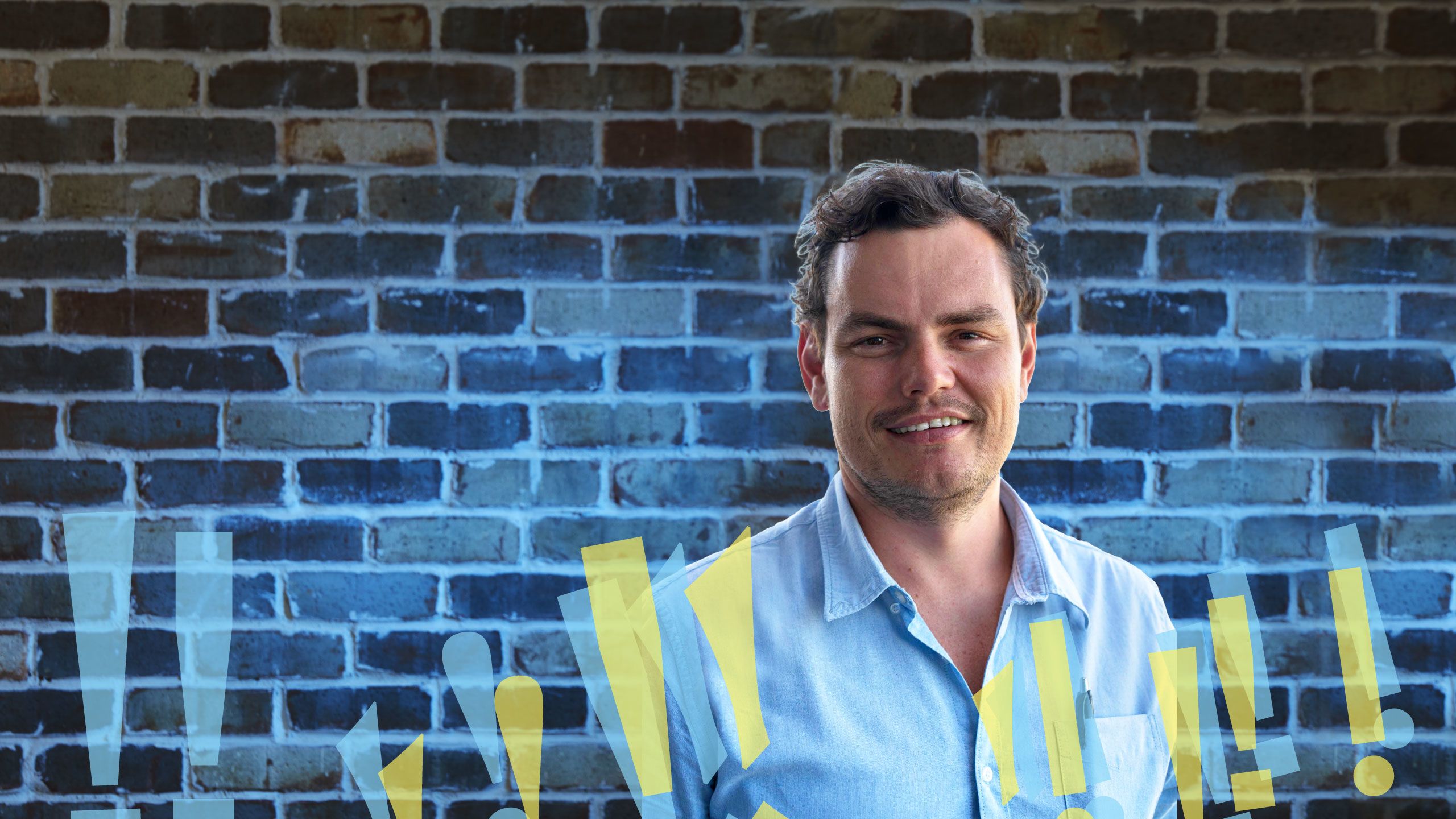
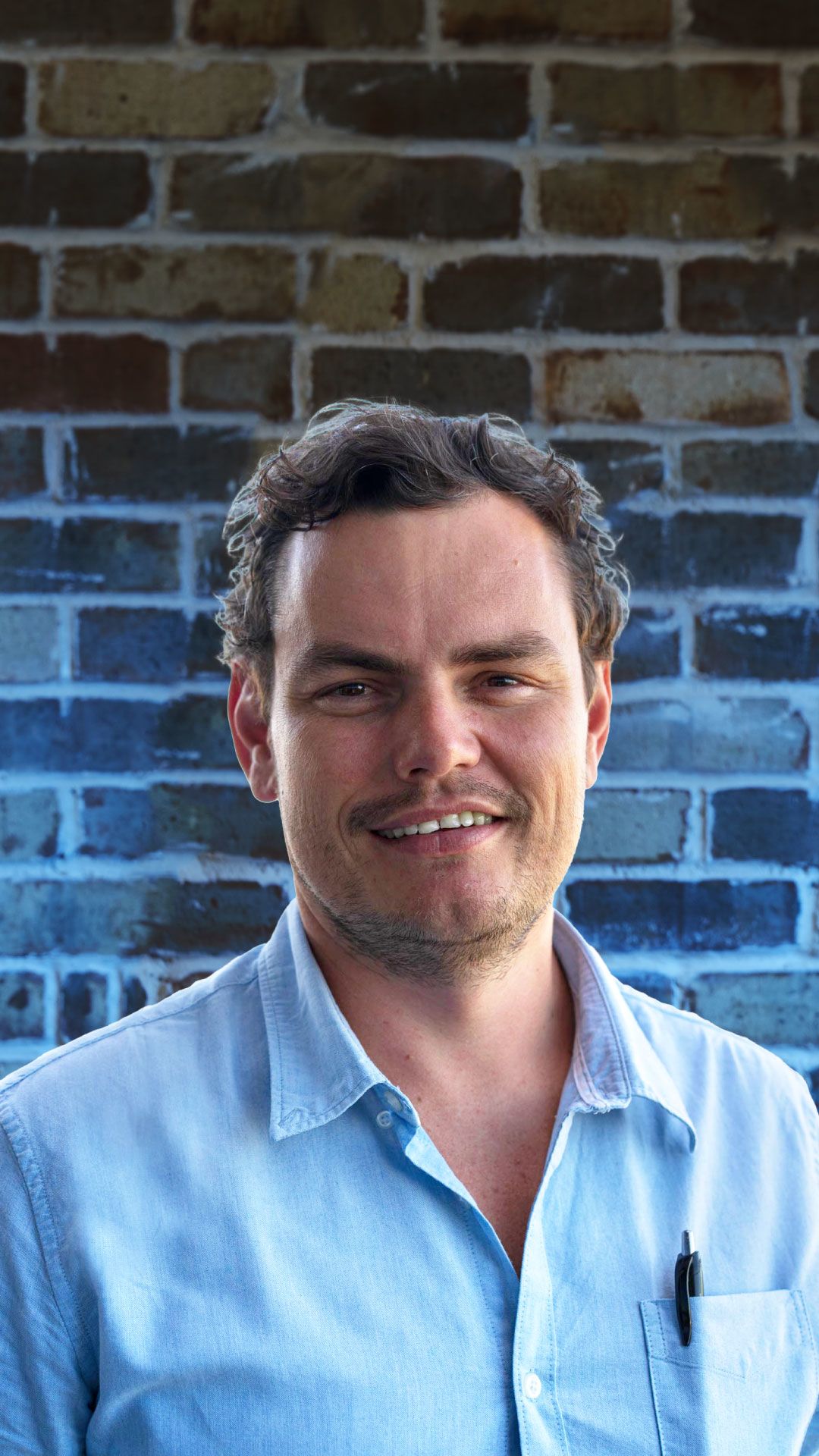

Many moons ago, Clinton Hearne was selling CDs at Virgin Music. Music was his first love, and he delighted in talking to customers about their interests, bonding over similar tastes and recommending new artists to them. He loved matching customers with the right product. And so began Hearne’s interest in marketing.
Travel was another of his passions and after taking on several marketing generalist roles for different Flight Centre Travel Group brands, Hearne would eventually find himself as Flight Centre’s current global head of marketing.
For Hearne, marketing has always been about connecting an offer to the customer.
“It’s about marrying that perfect match,” he says. “A great marketer knows how to market well, plus understands and appreciates customers and their insights, technology, data and finance.
The Queenslander believes the average CMO tenure of two years is less important than making an impact with brands.
However, he admits “fully realising a great marketing strategy from the ground up takes time”.
He says: “It’s important to create the right roadmap – understand the brand, its customers, your teams, create the opportunity statement, build the strategy around that, and then drive.”
But Hearne is not miffed when it comes to other challenges facing CMOs, such as staff shortages or rapid technological shifts; the latter of which he describes as “the part of marketing I love”, and something marketers should be “learning and growing with”.
“It’s important to create the right roadmap – understand the brand, its customers, your teams, create the opportunity statement, build the strategy around that, and then drive.”
Even during COVID – inarguably Flight Centre’s most taxing challenge to date – Hearne and his team still managed to tap into that “creative piece where the magic happens”, modernising key brand assets, increasing social posts, leveraging B2C email strategies, and squeezing owned channels to maximise opportunities.
Nevertheless, Hearne is equally quick to celebrate the “phenomenal” work of fellow marketers. He cites Tourism Northern Territory’s “NT Summer Sale Campaign” as his favourite recent campaign.
“It showed the power of a simple message, great creative, and a long duration campaign across multiple media platforms and partners,” he says.
Unsurprisingly, Hearne knows great marketing, and he knows what it takes to make customers fall in love with a brand – an often difficult task
For him, a brand is only as good as the last service or product you sold them.
“The key is to make that product stunning and the experience of acquiring it seamless and memorable,” he says. “That is what gives you brand loyalty.”
In fact, so confident is Hearne in a great marketer’s abilities, that he says the client-side’s next step is CEO.
“We touch and must understand every part of the business,” he adds.
“We are the voice and understand customers, so it is only natural this becomes a more common marketing progression.”
